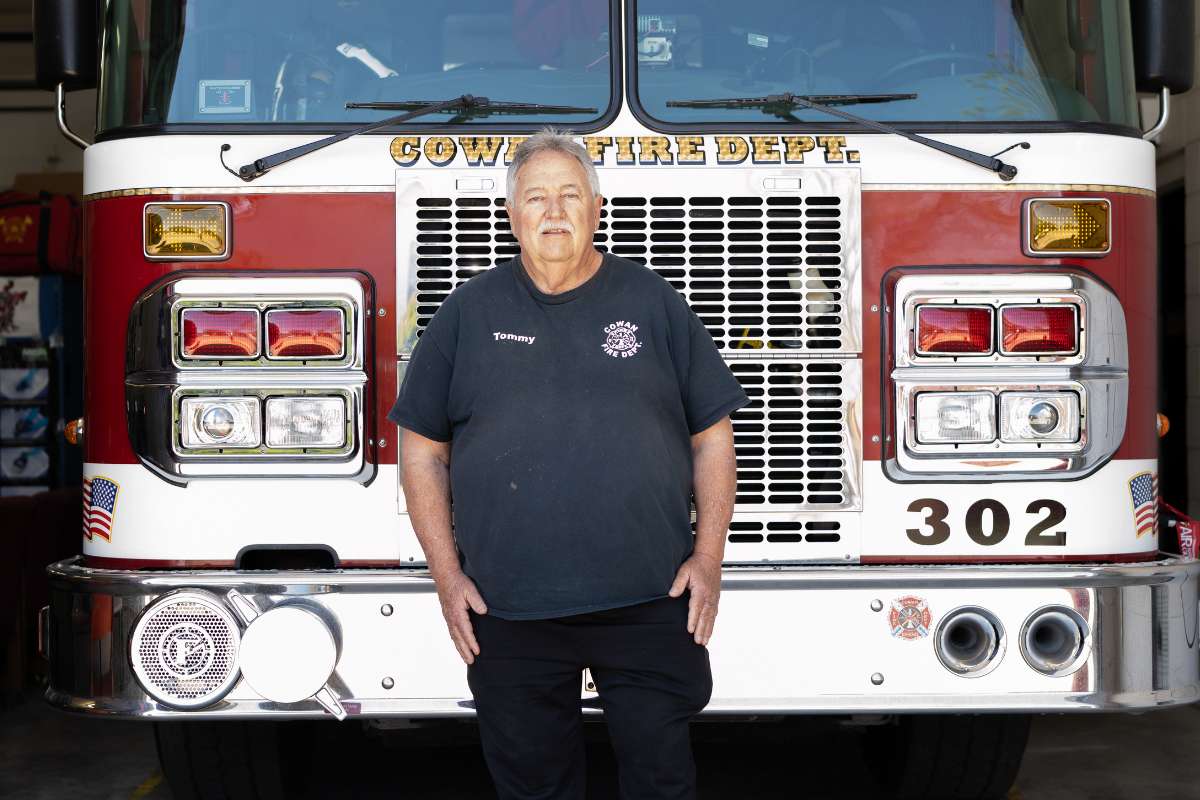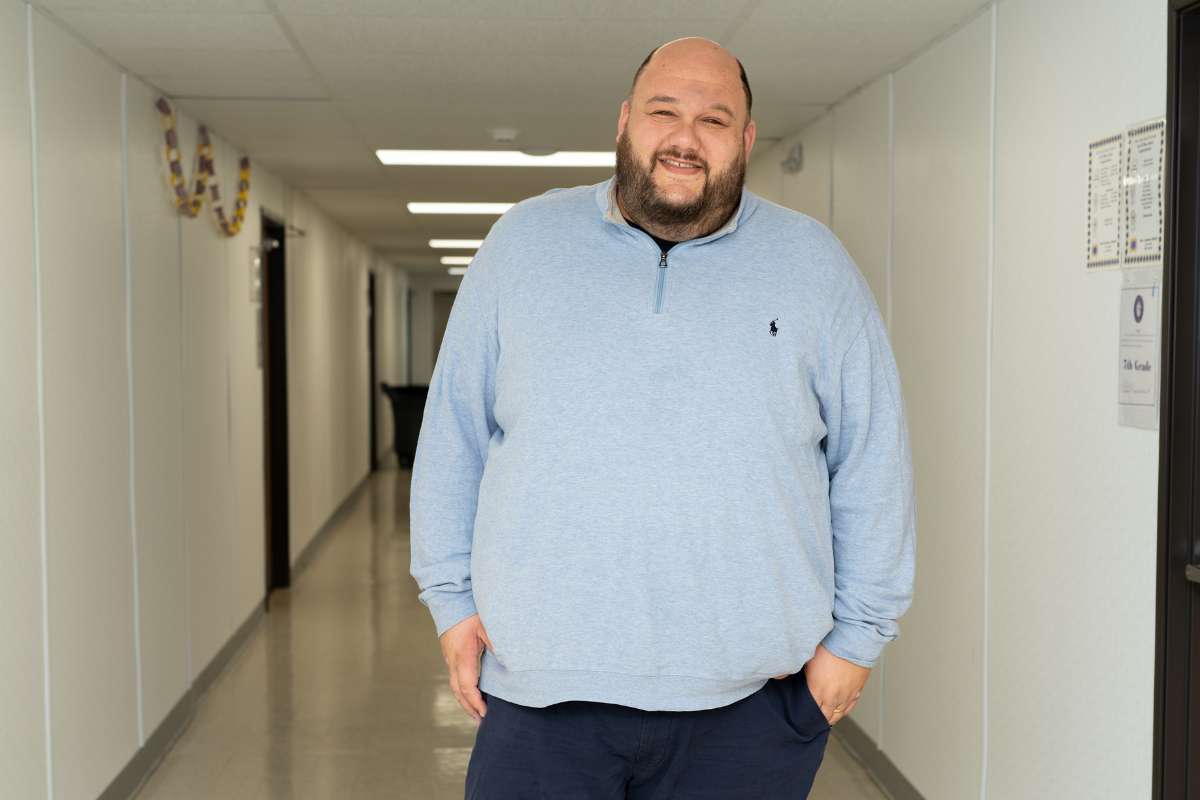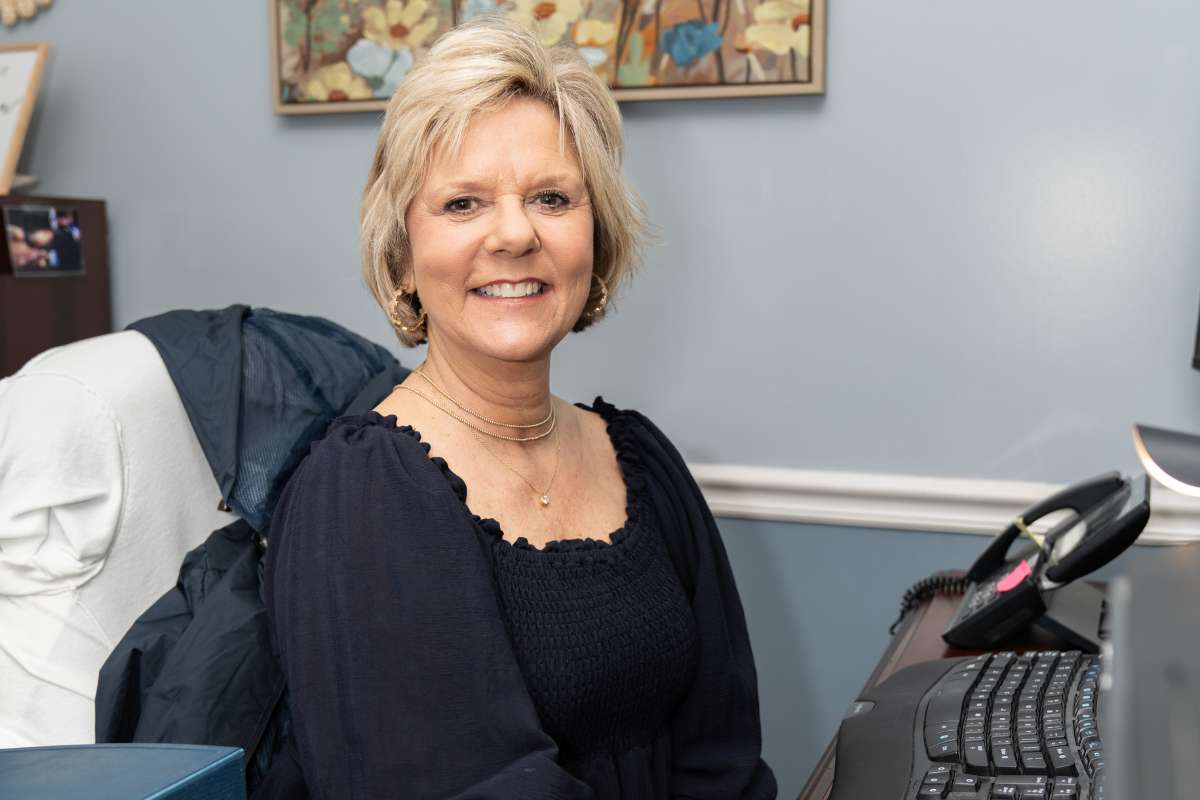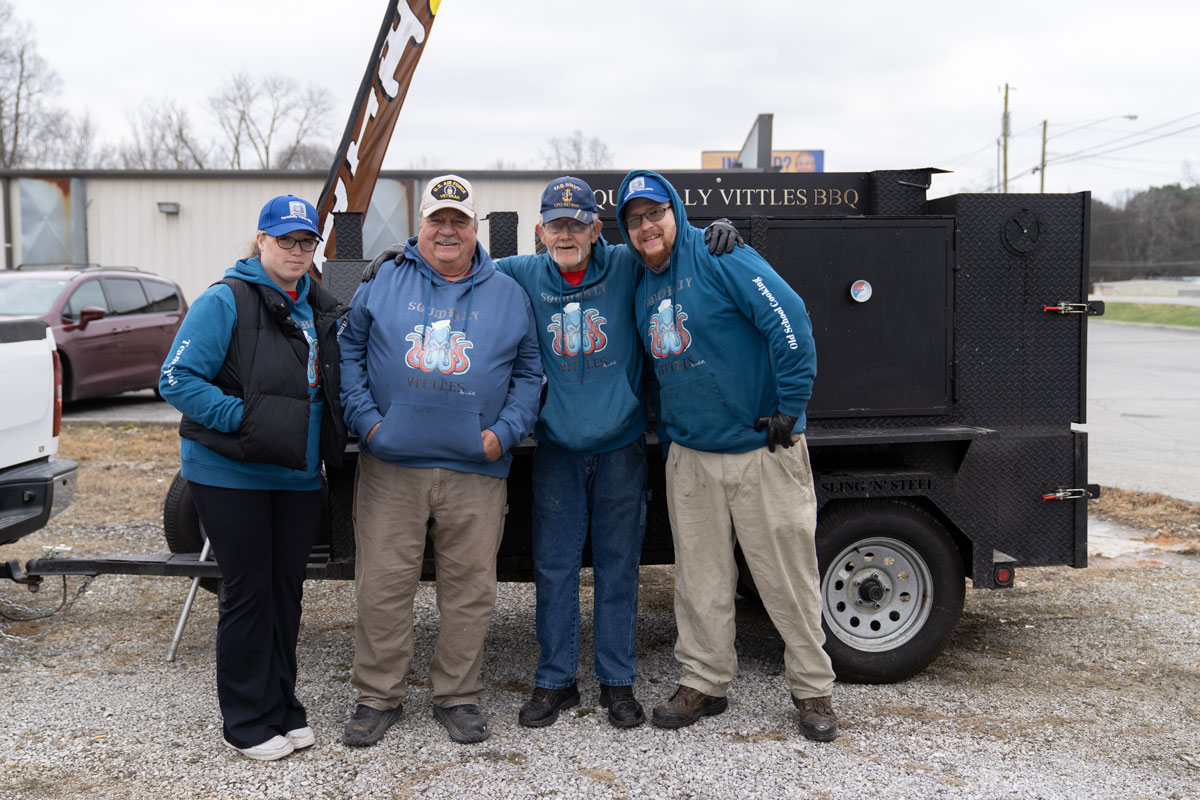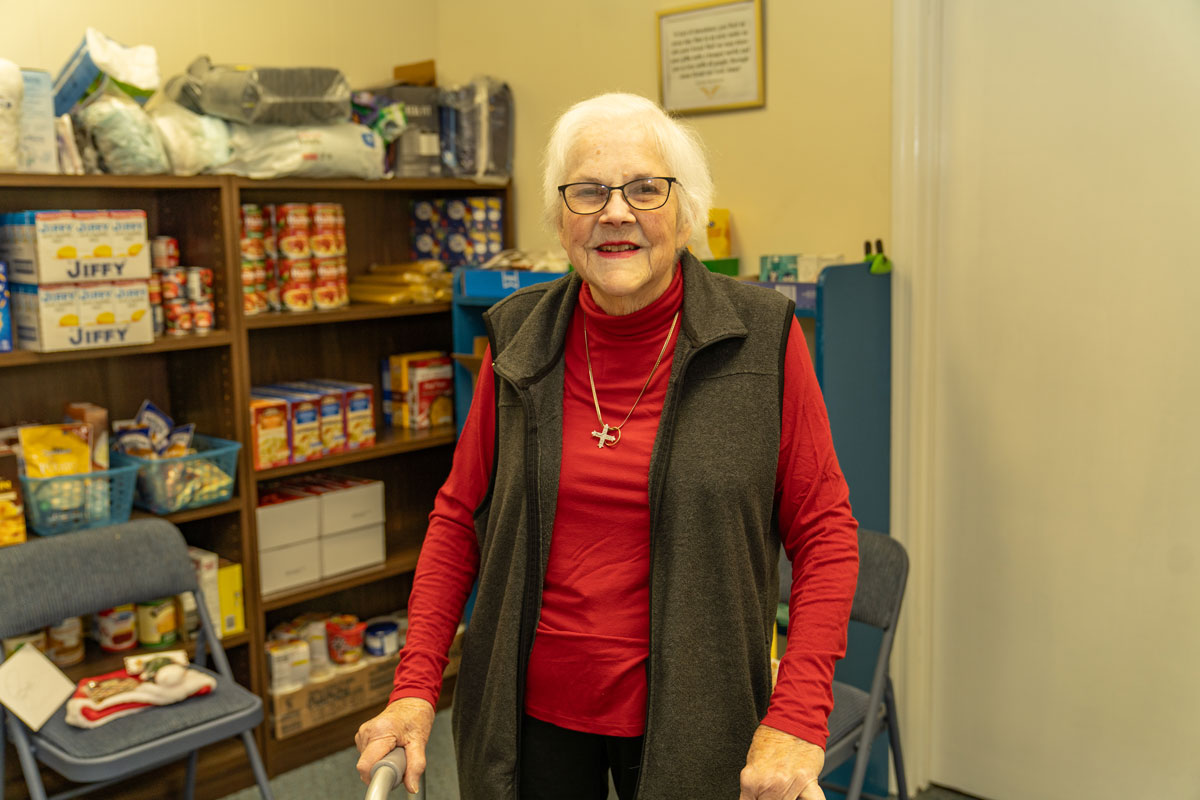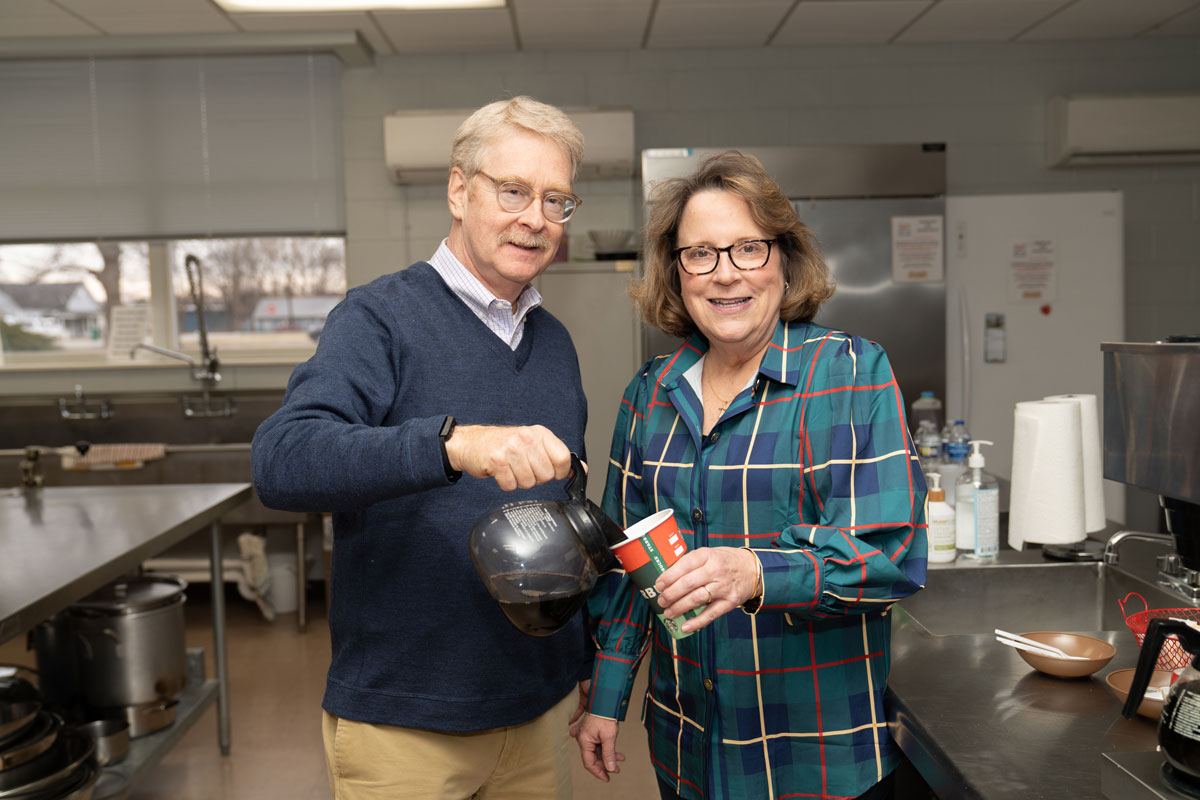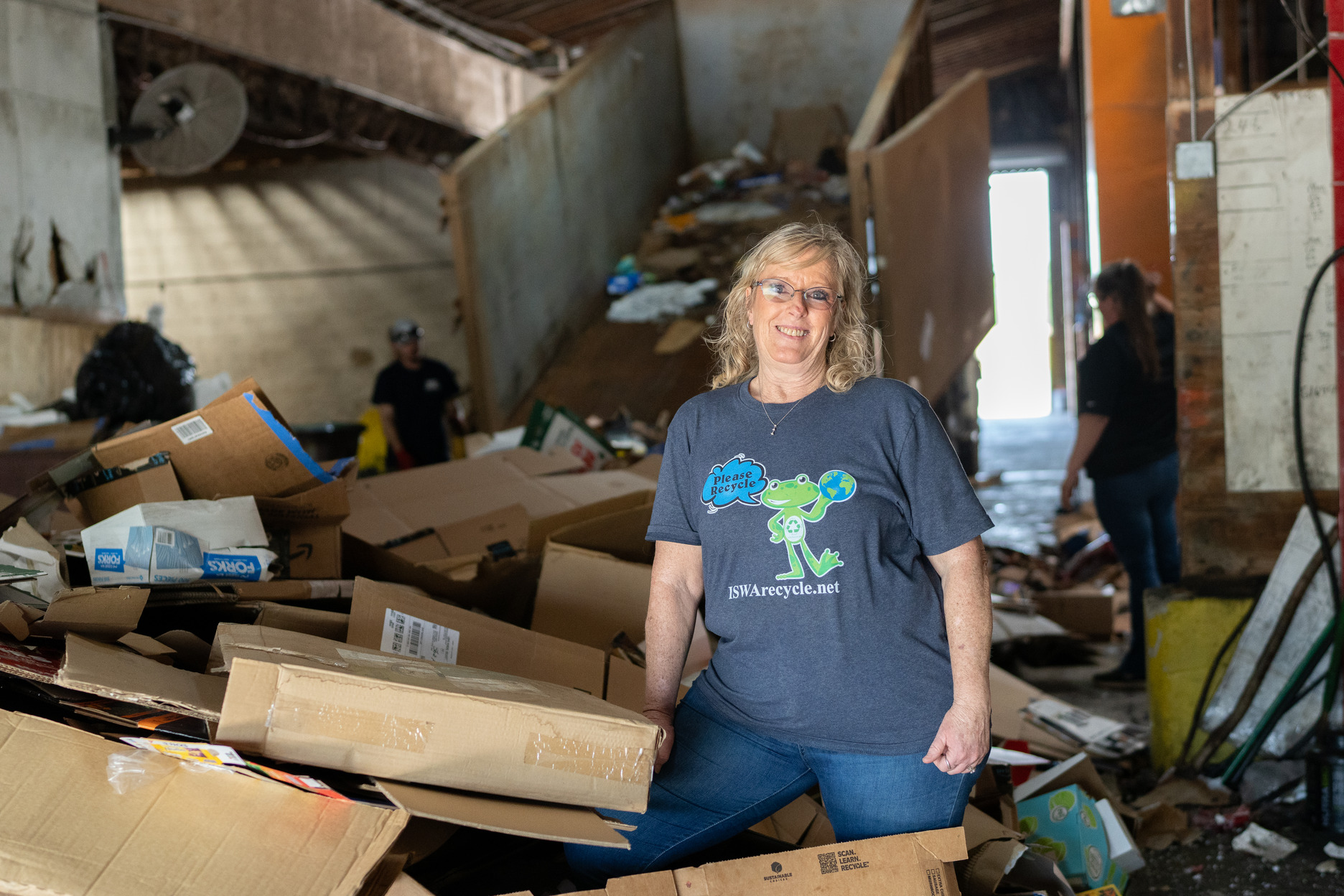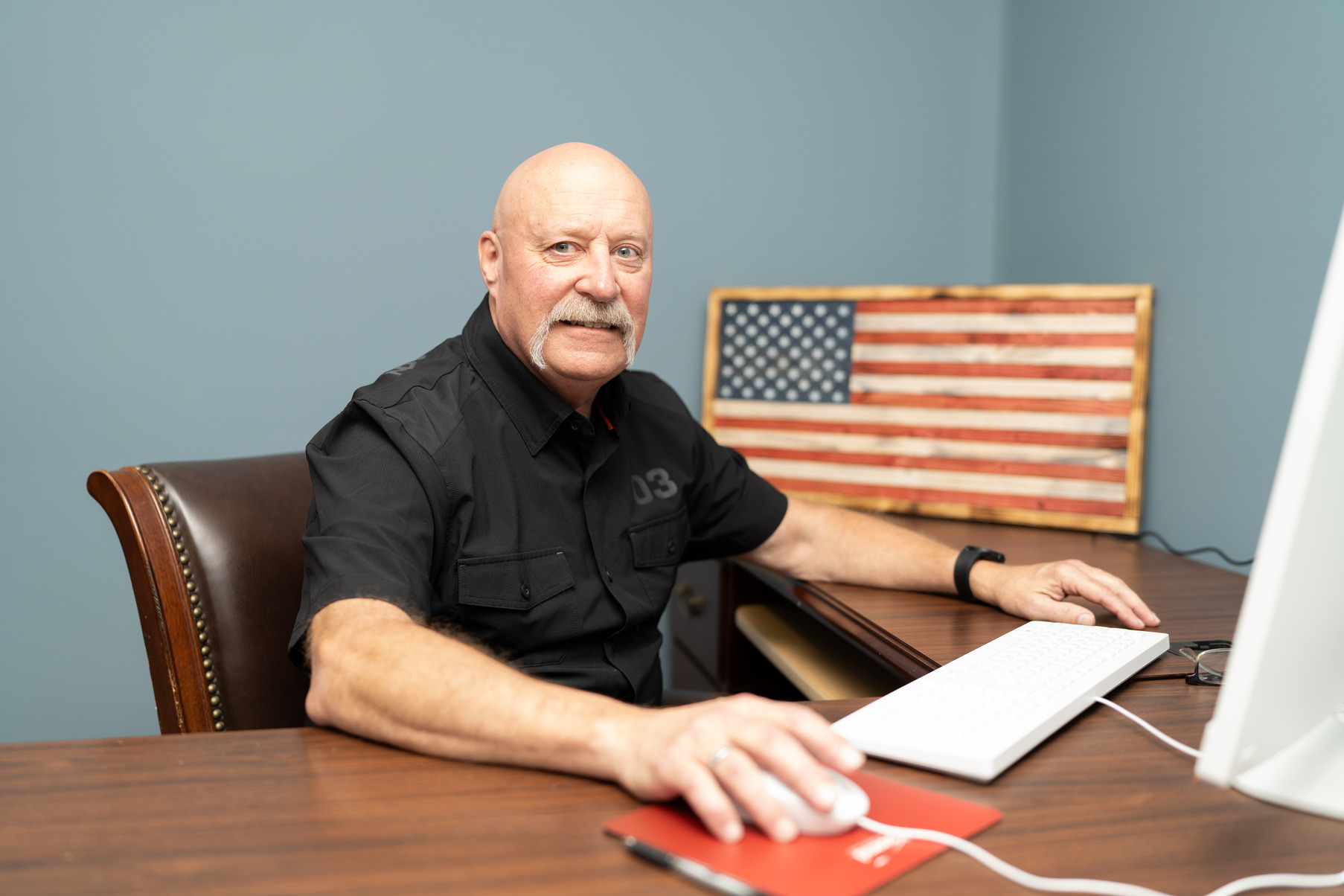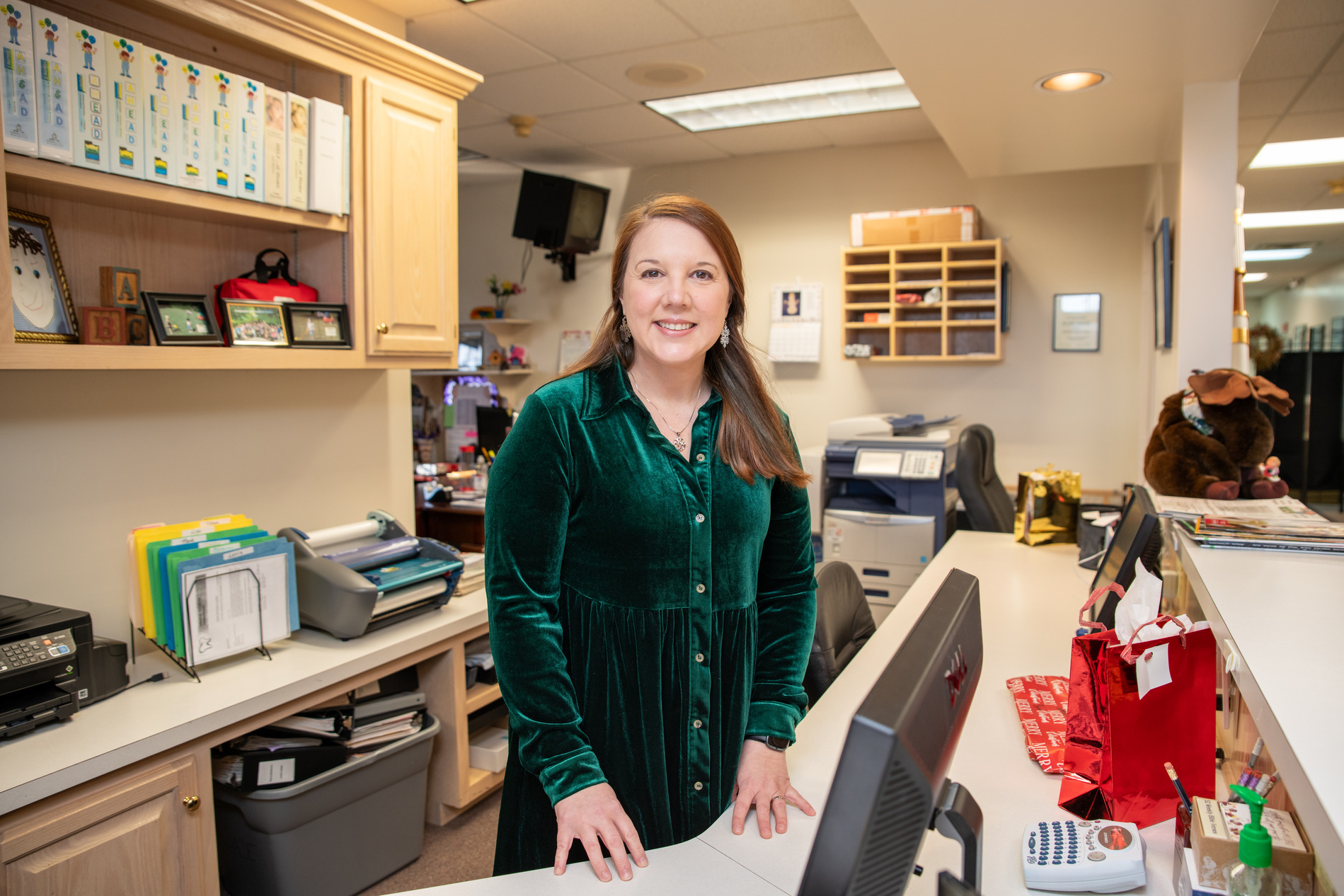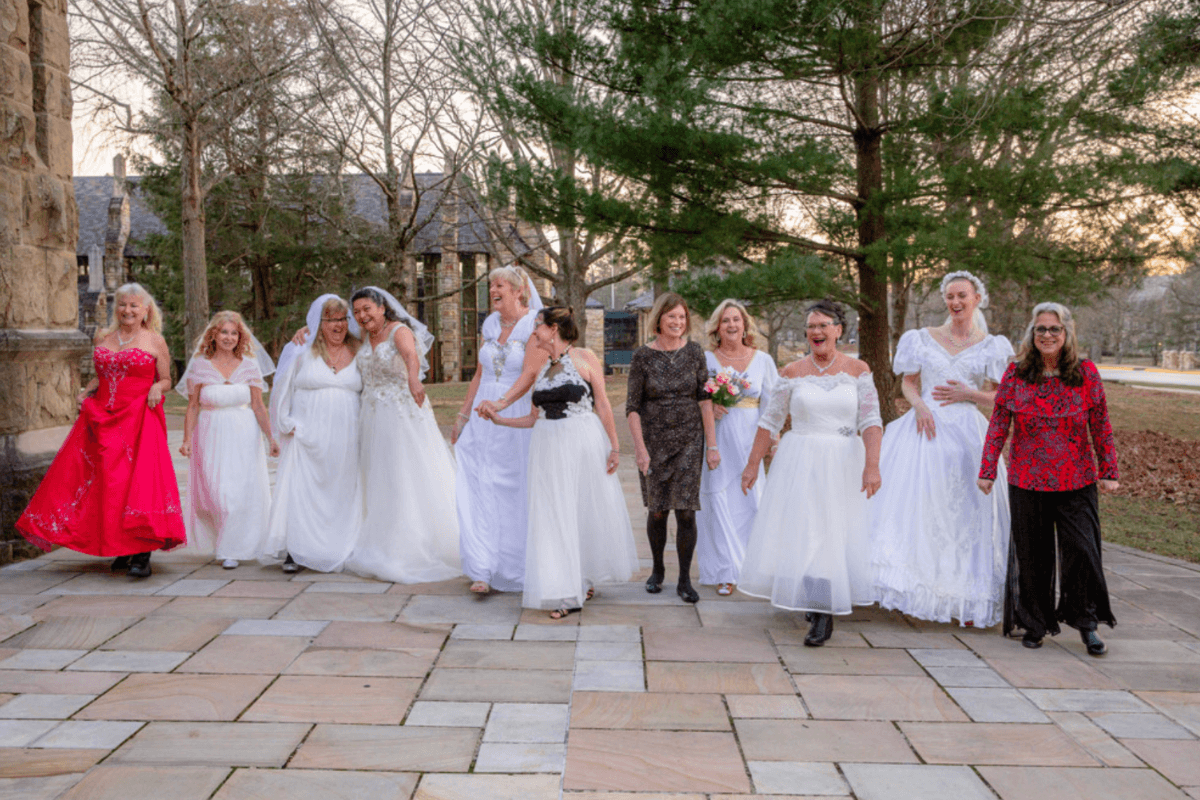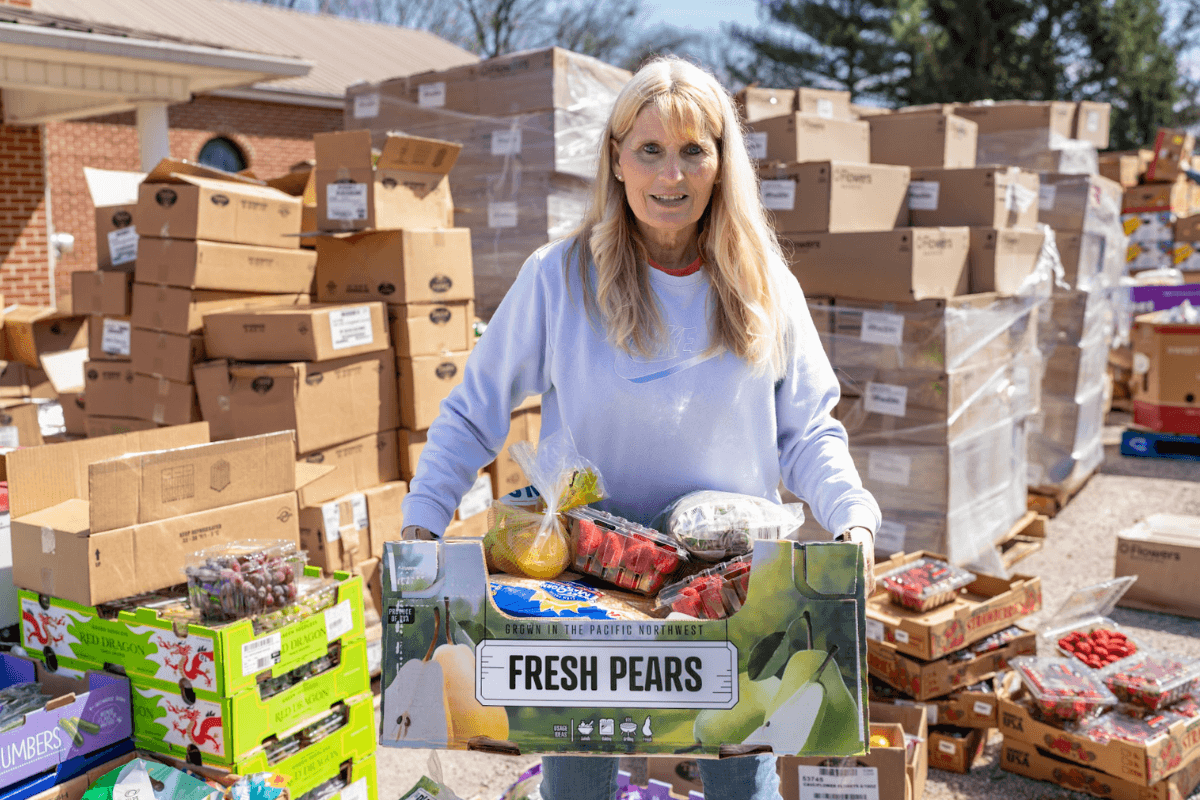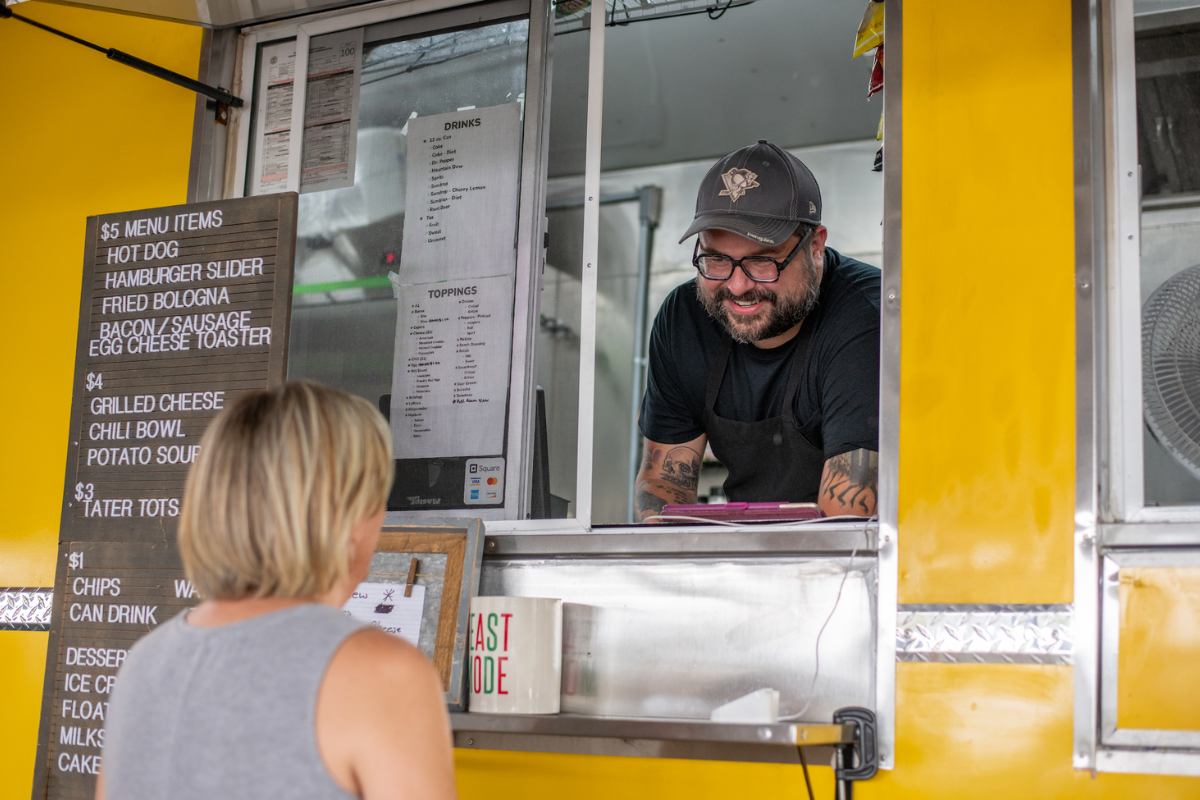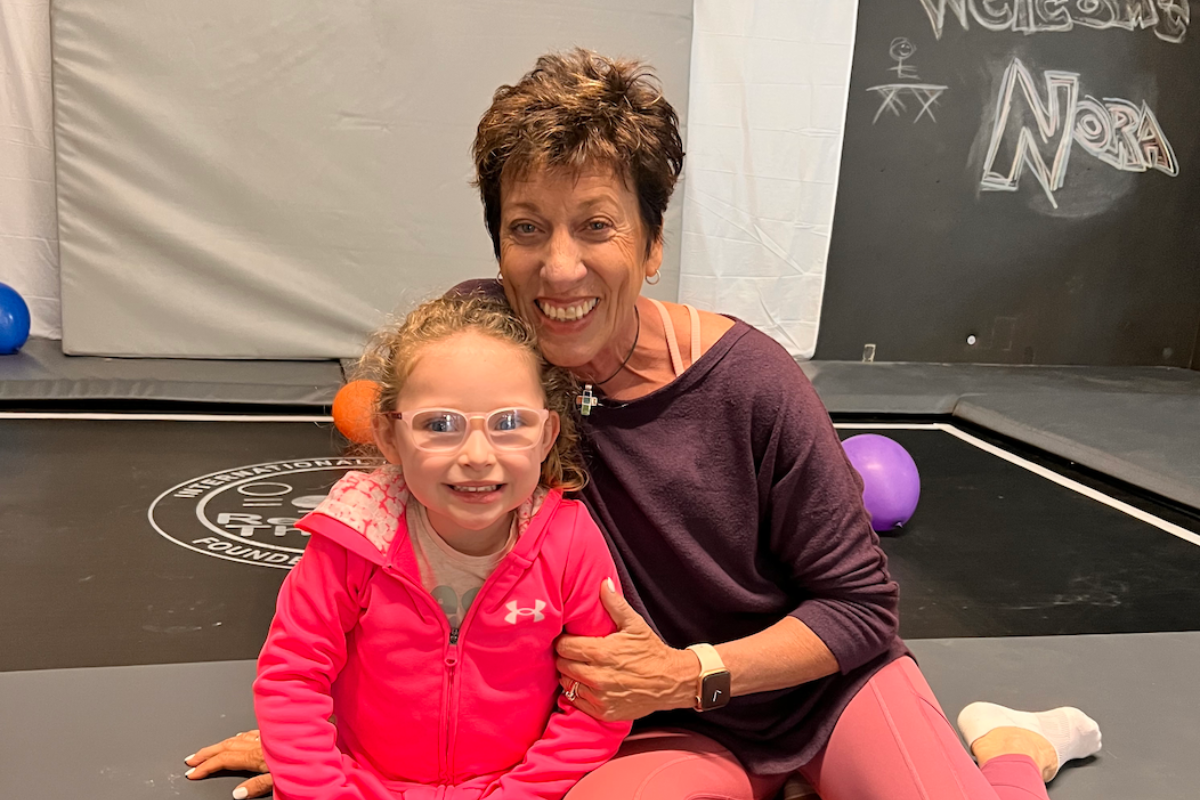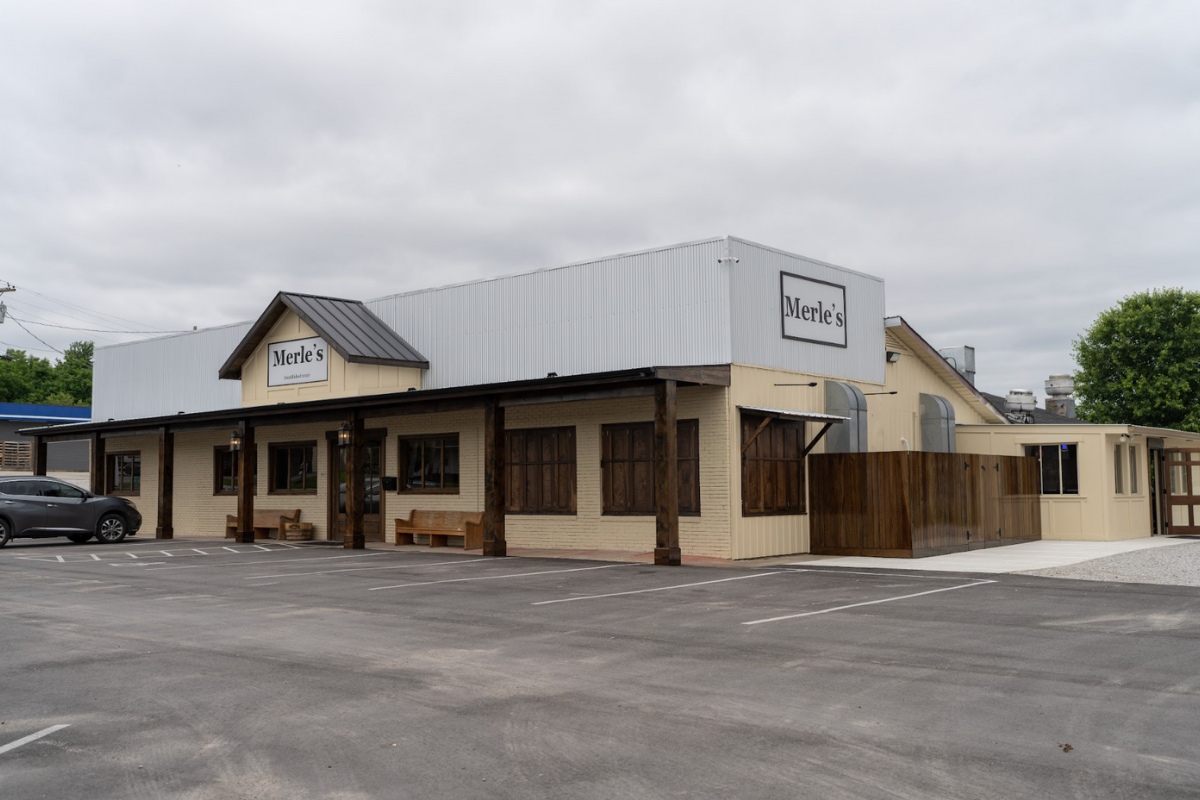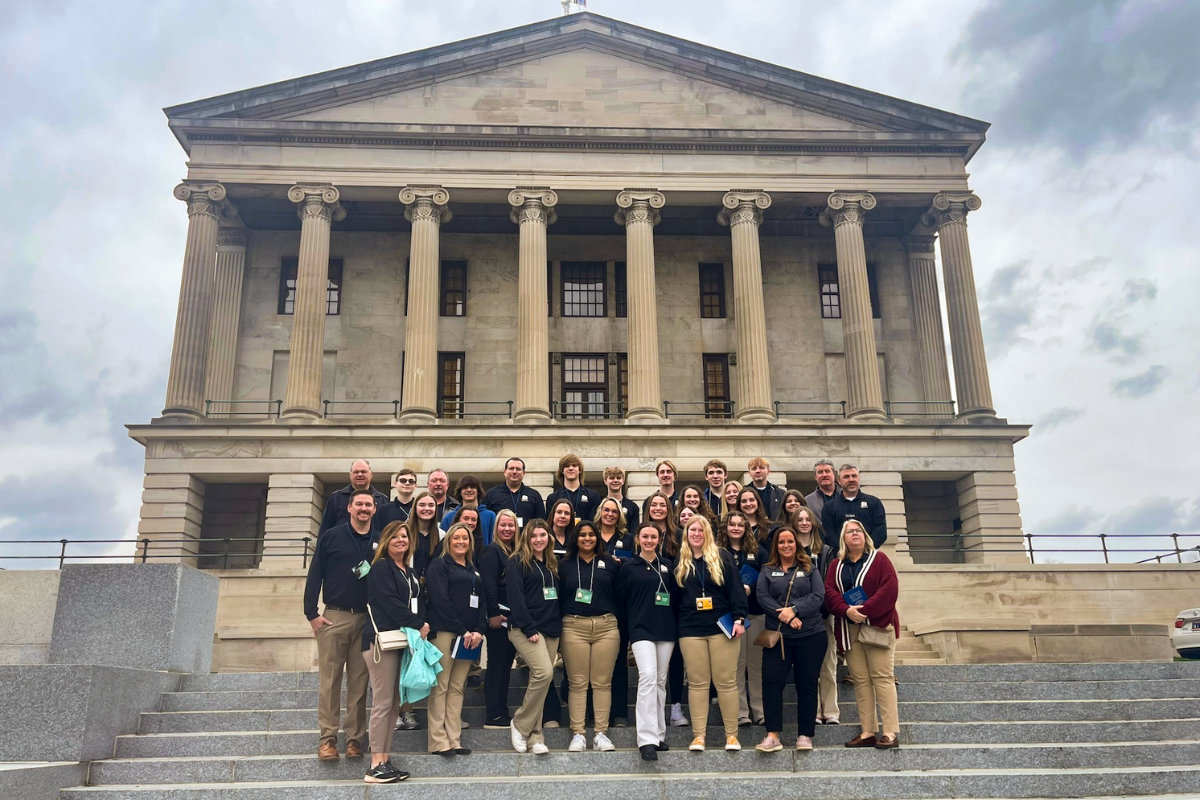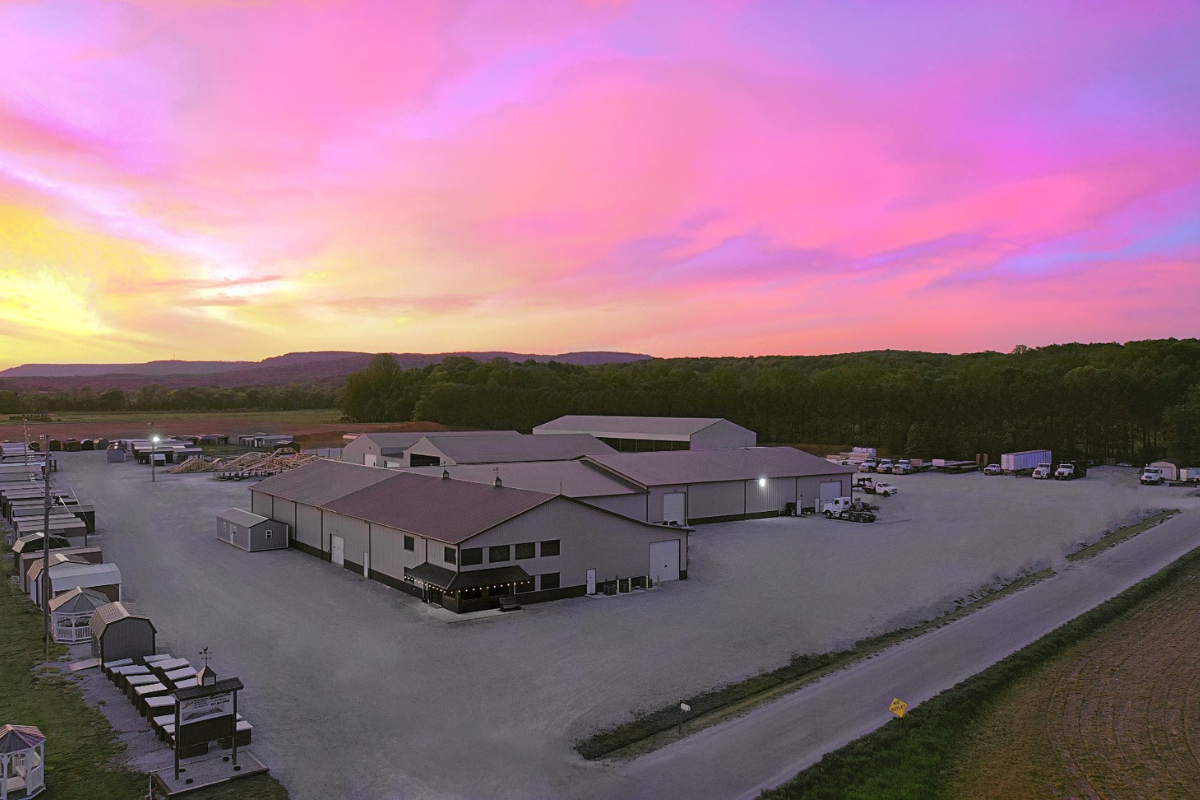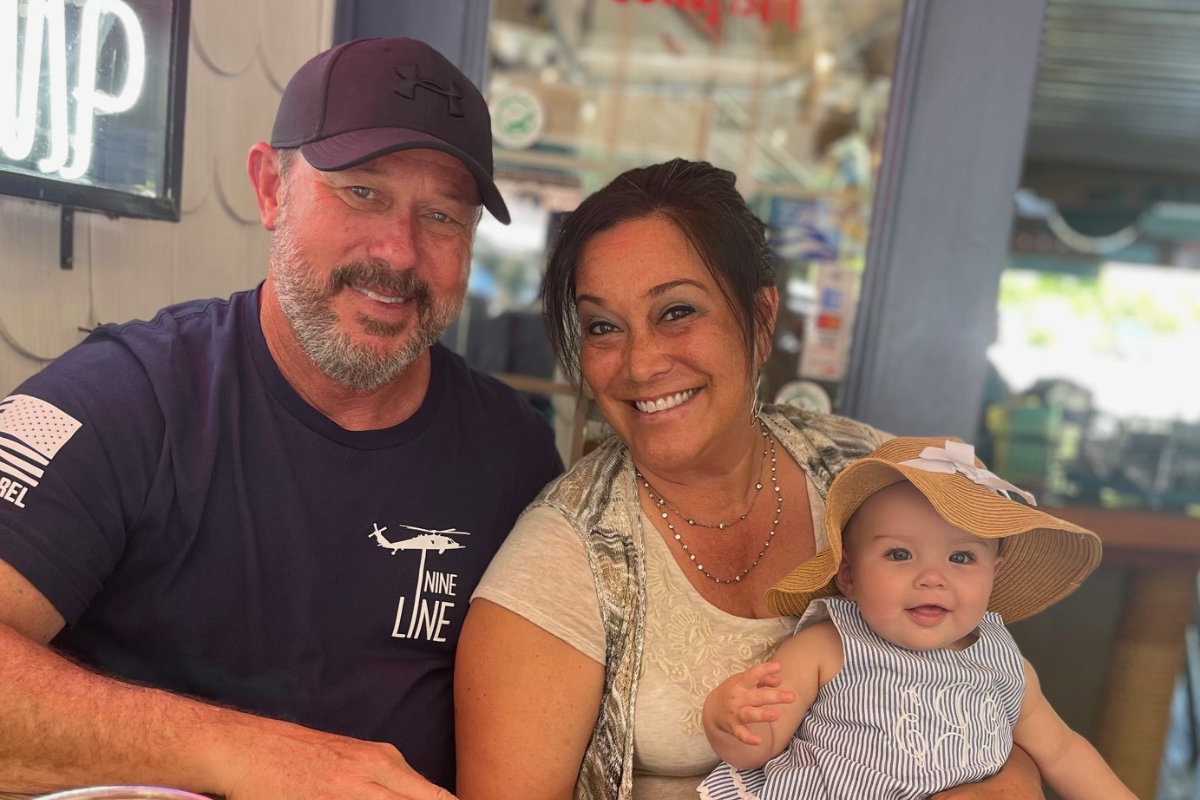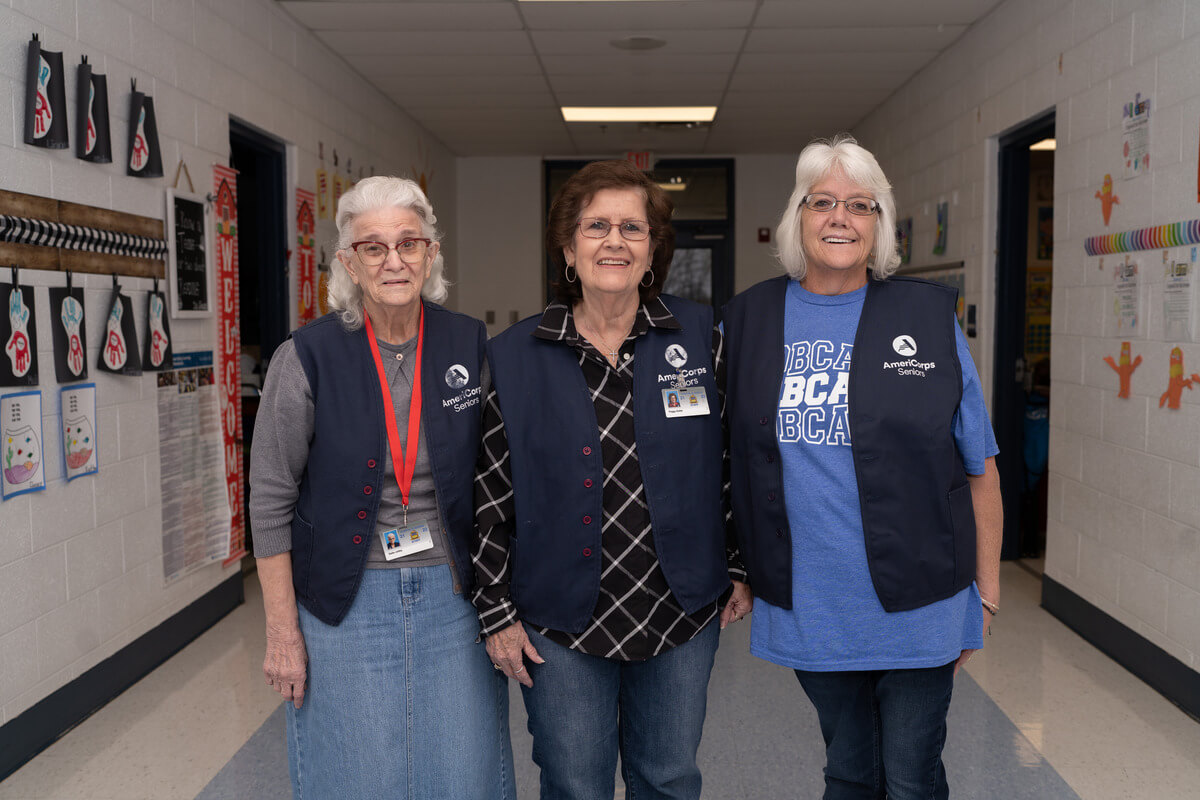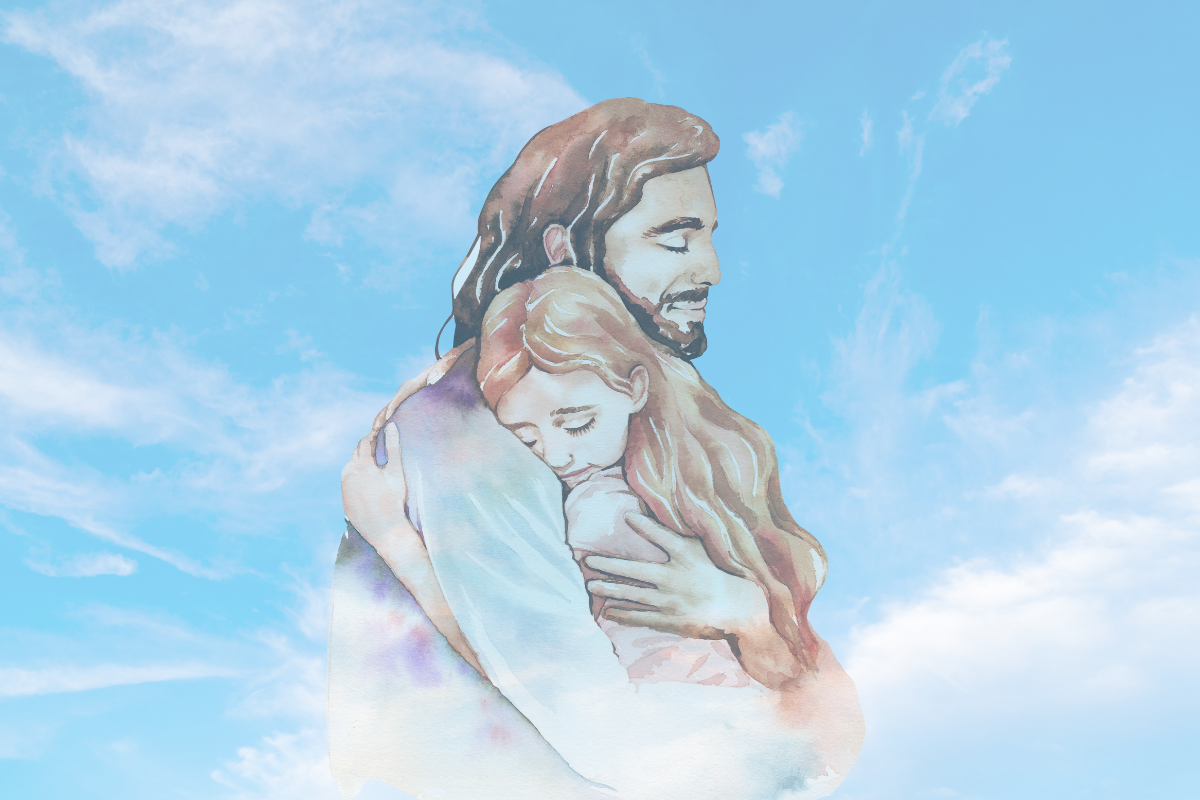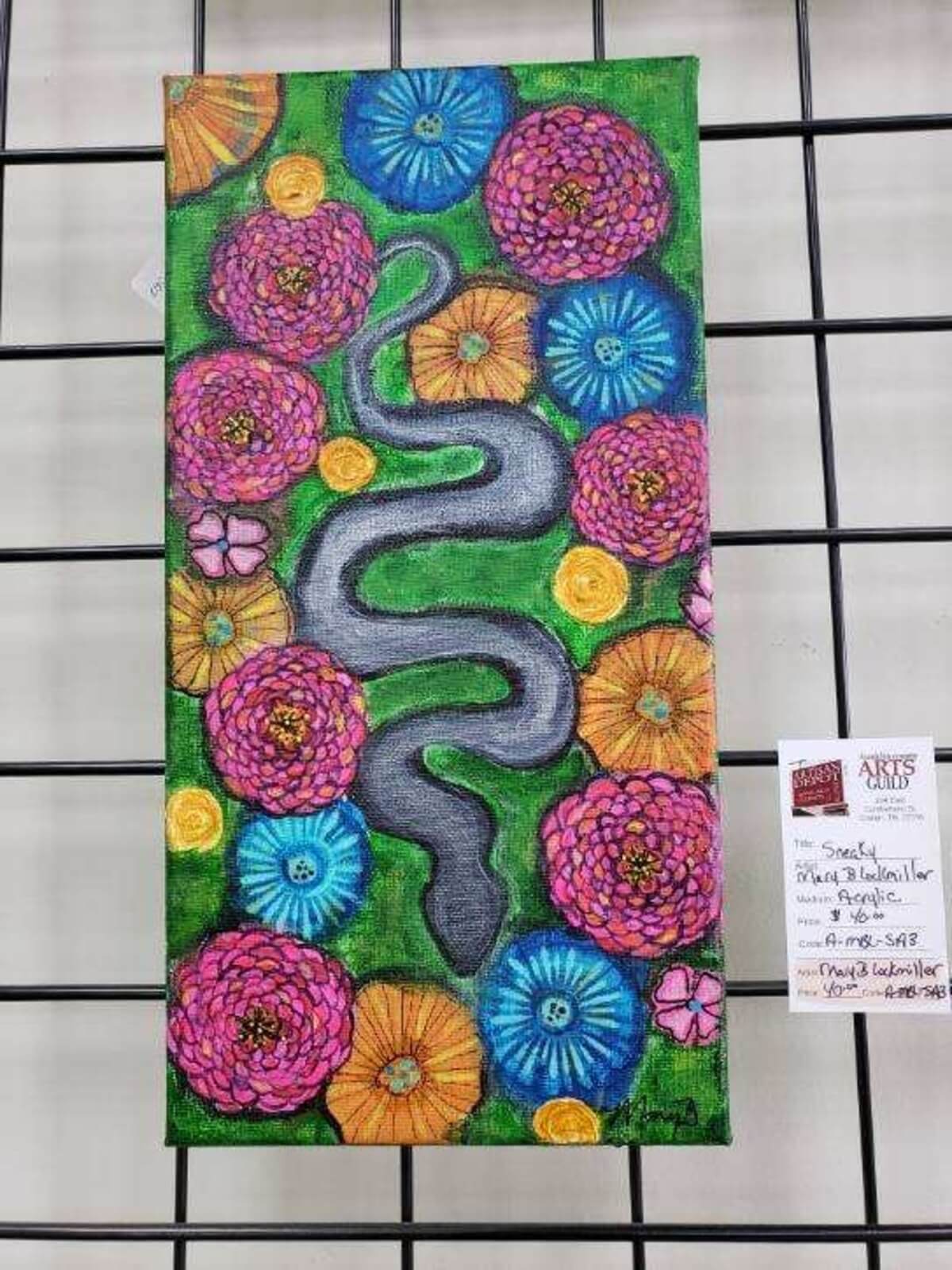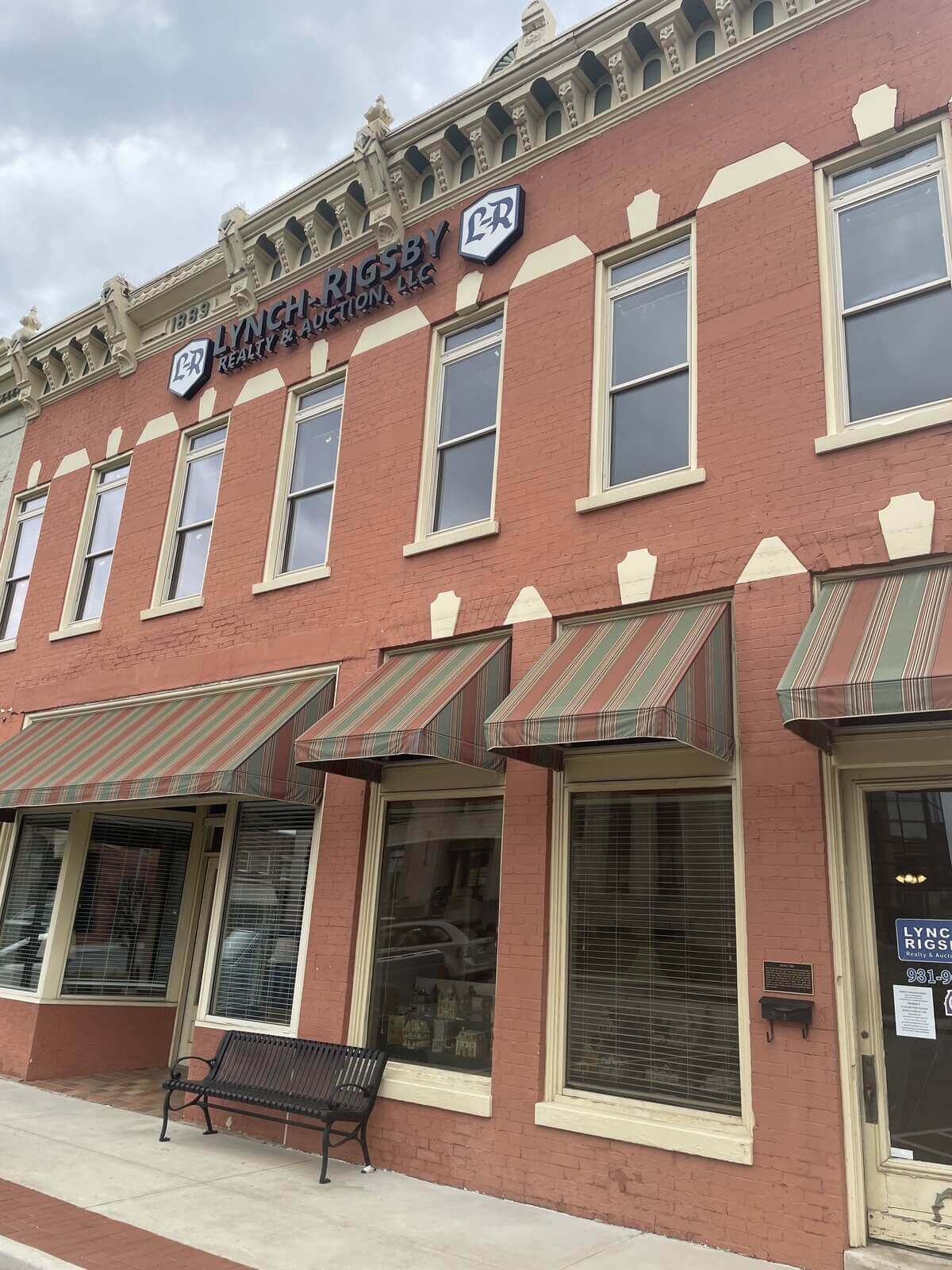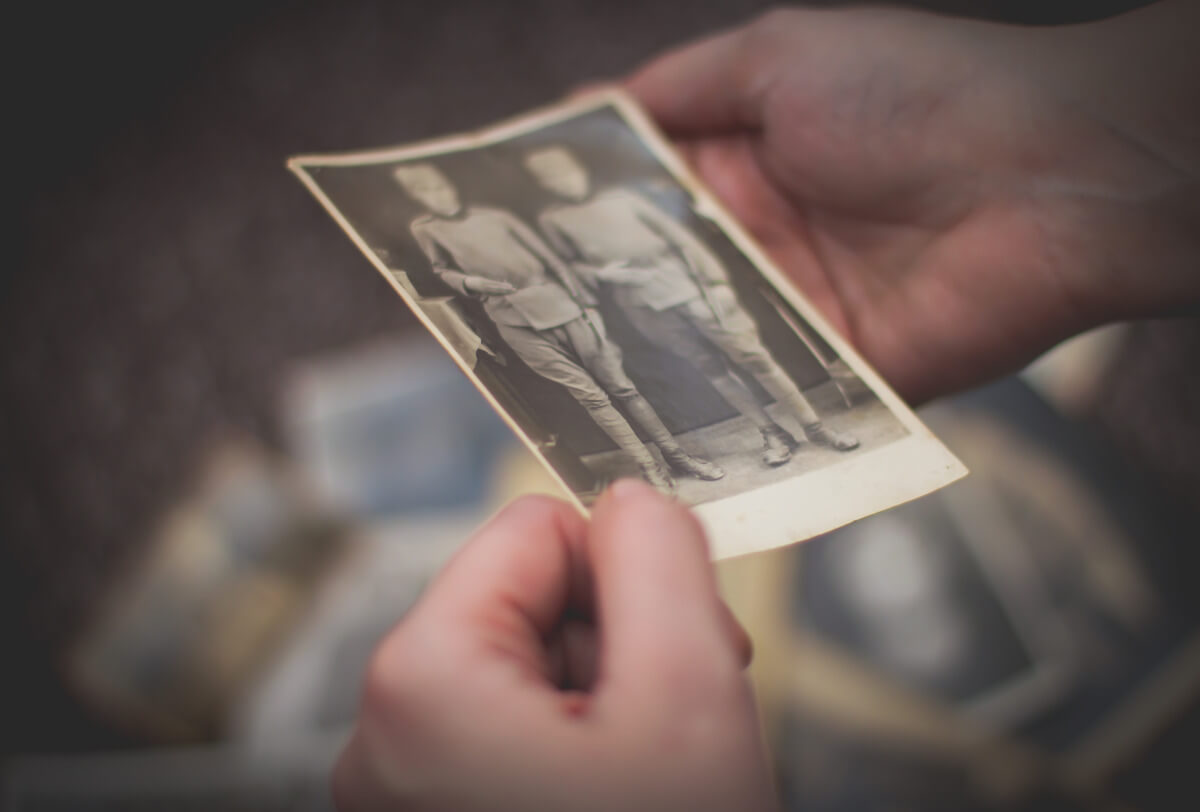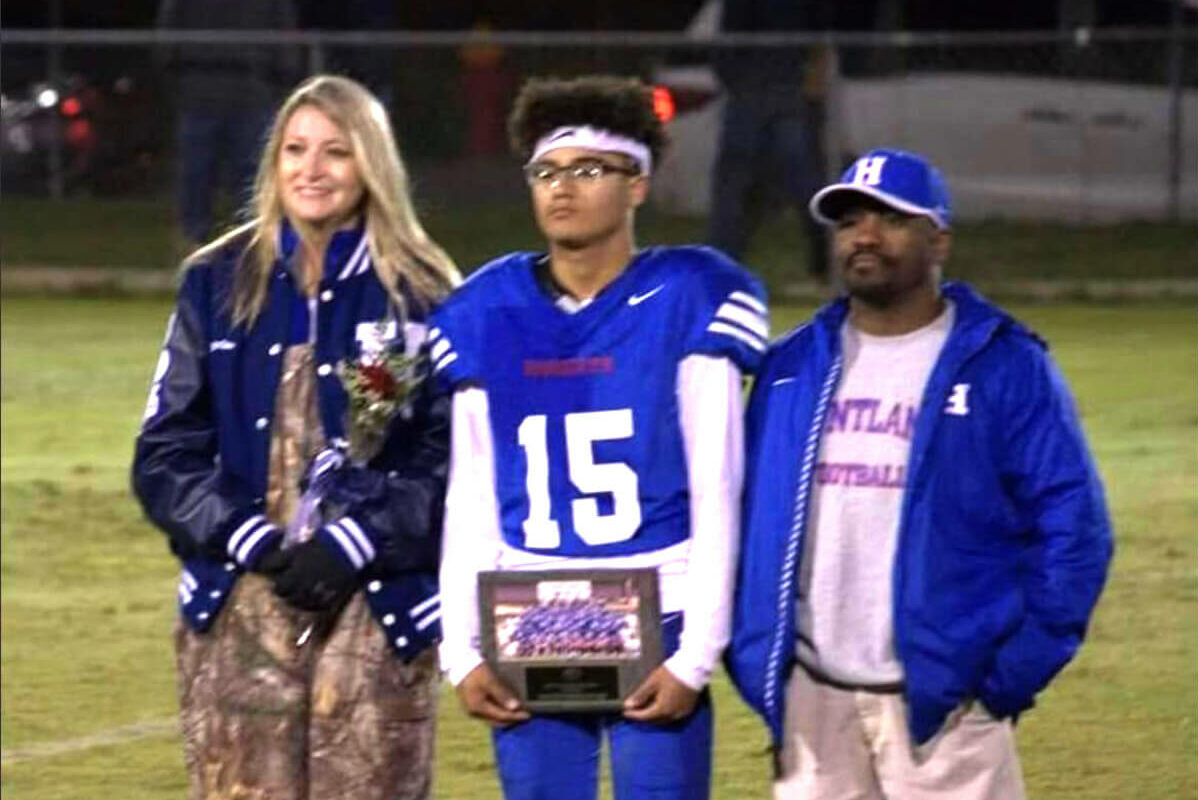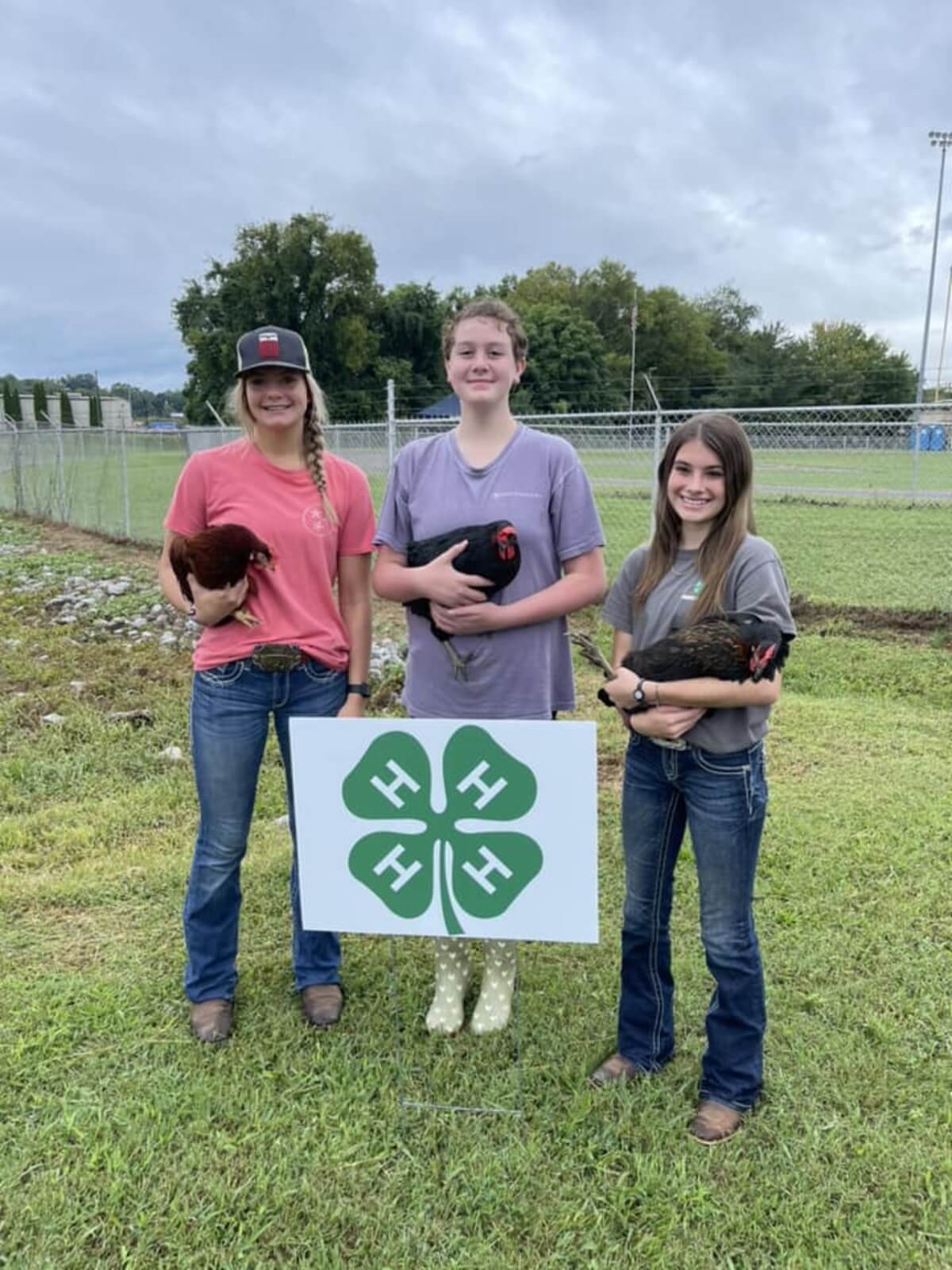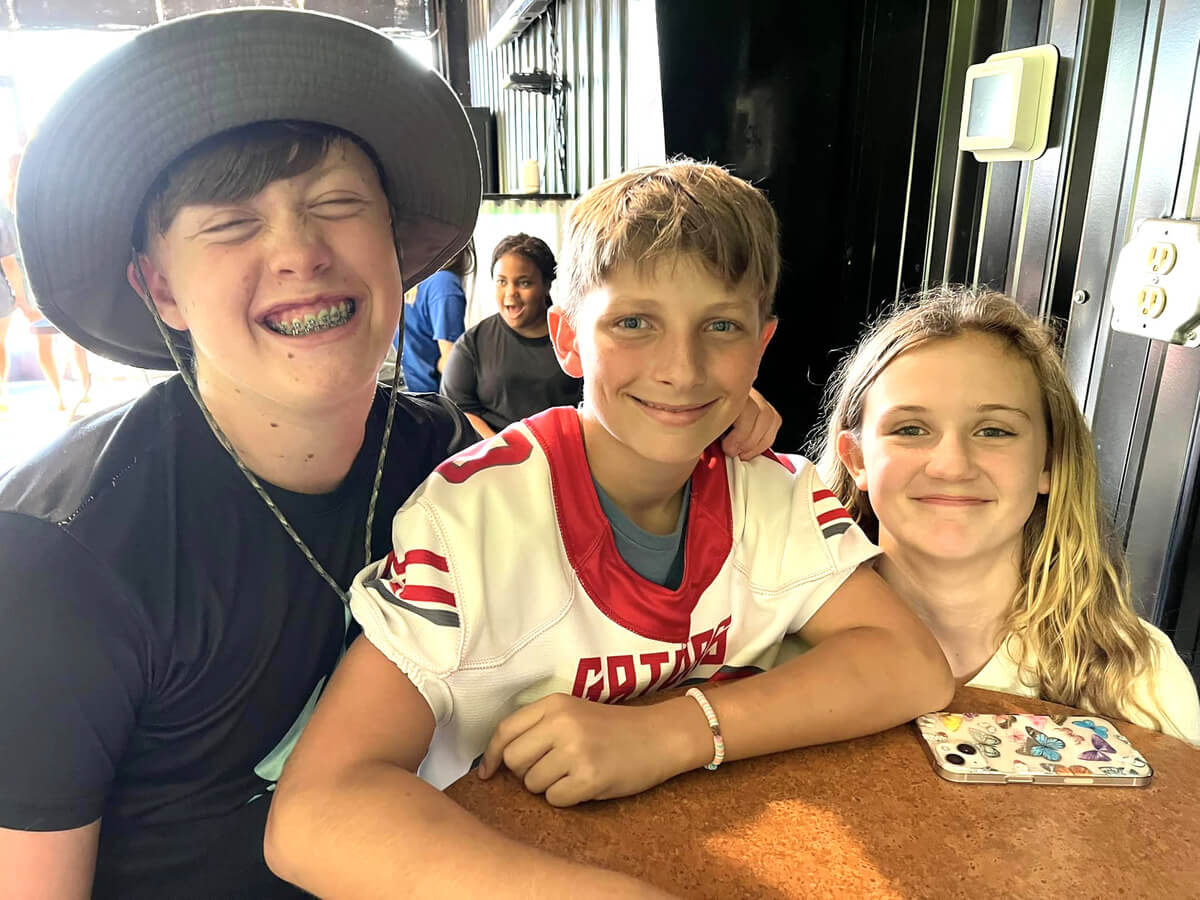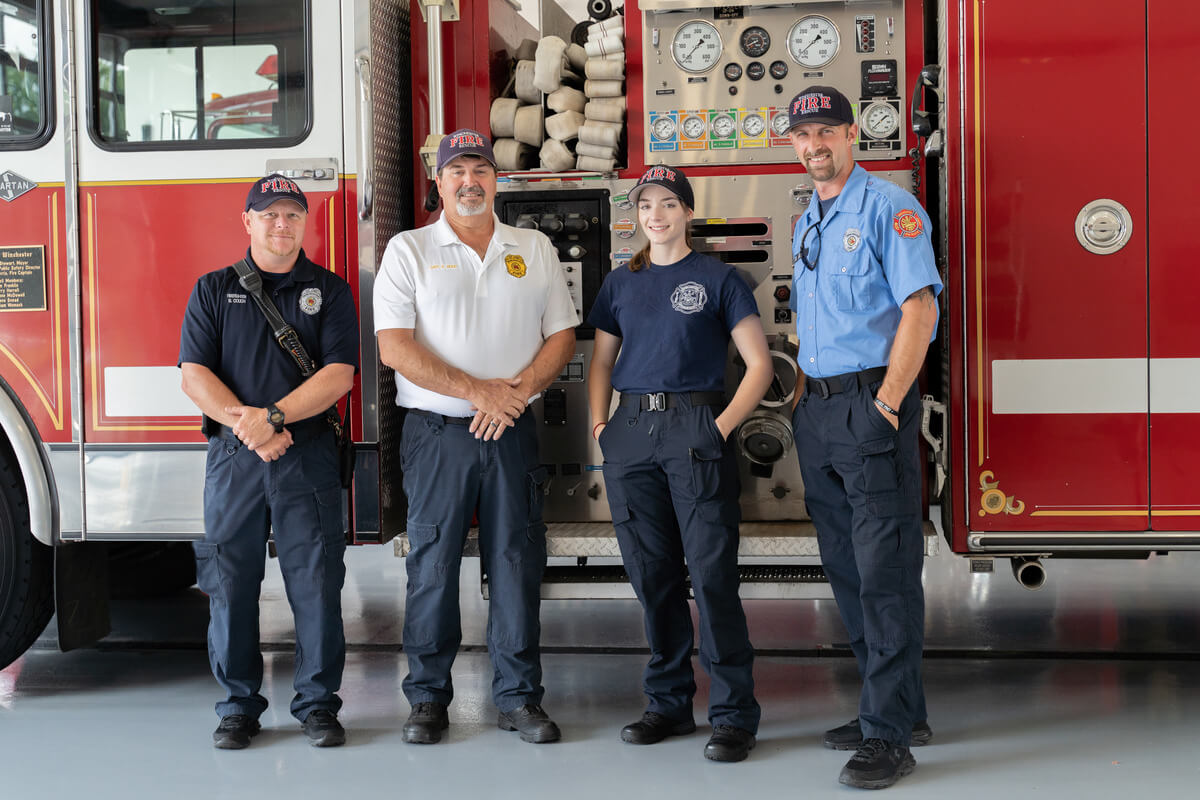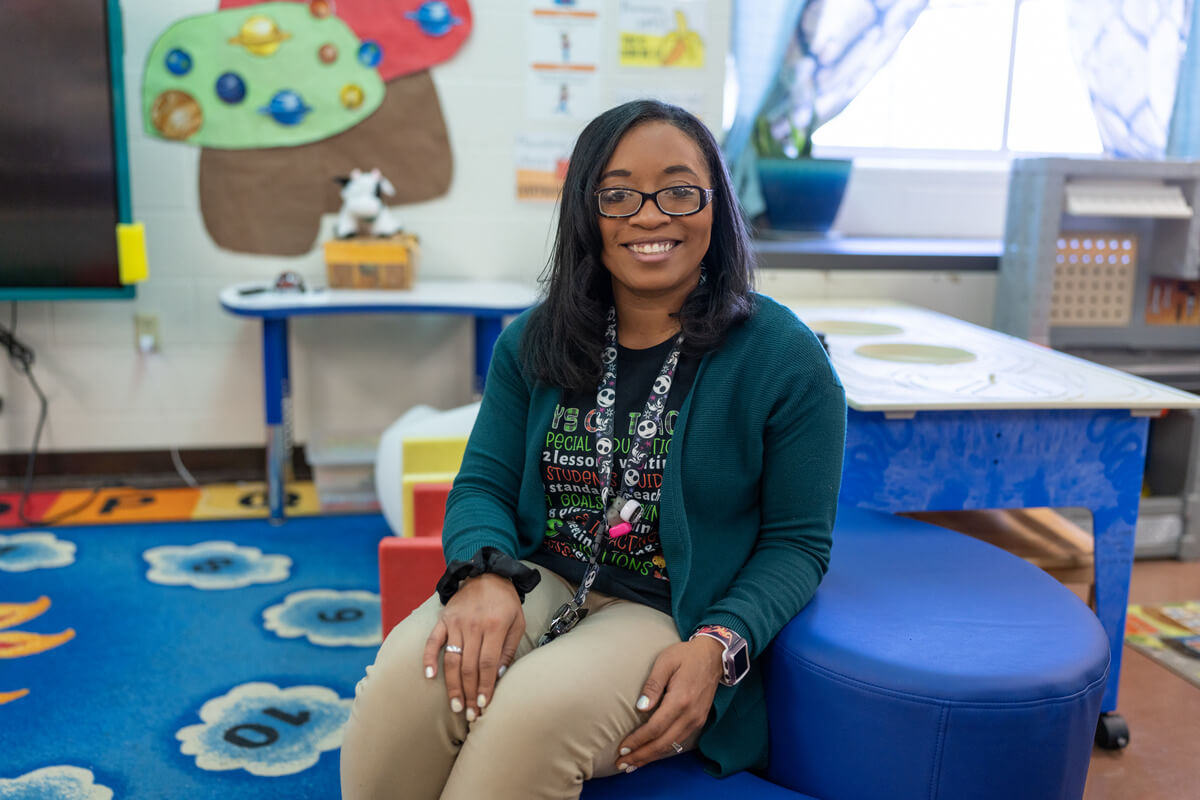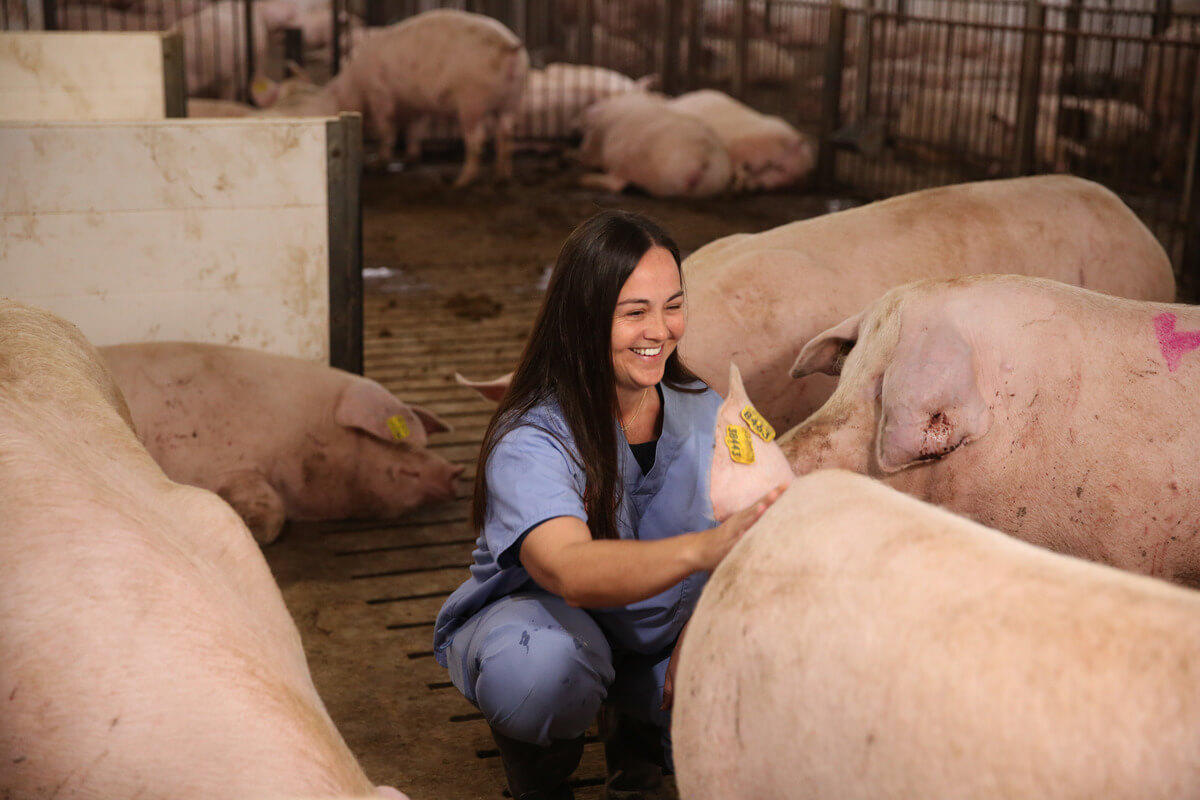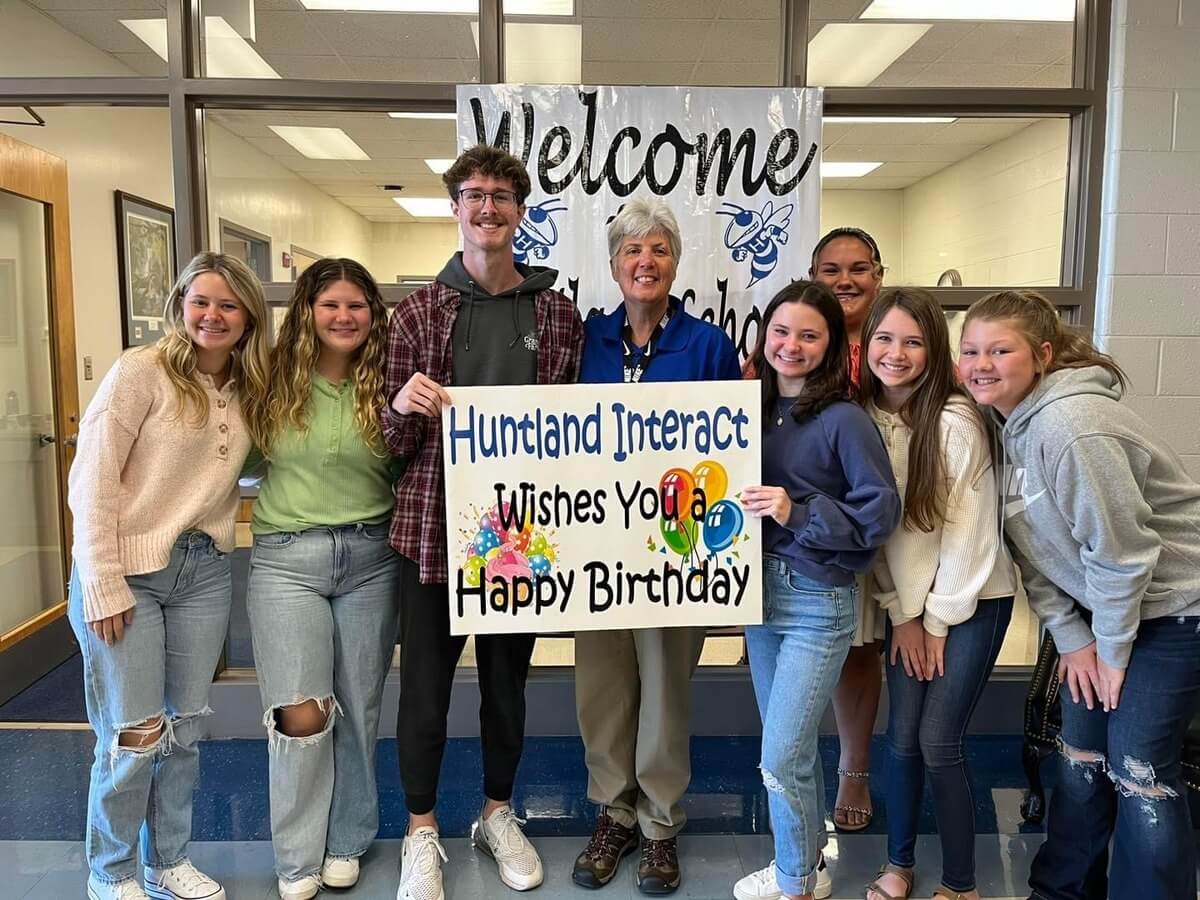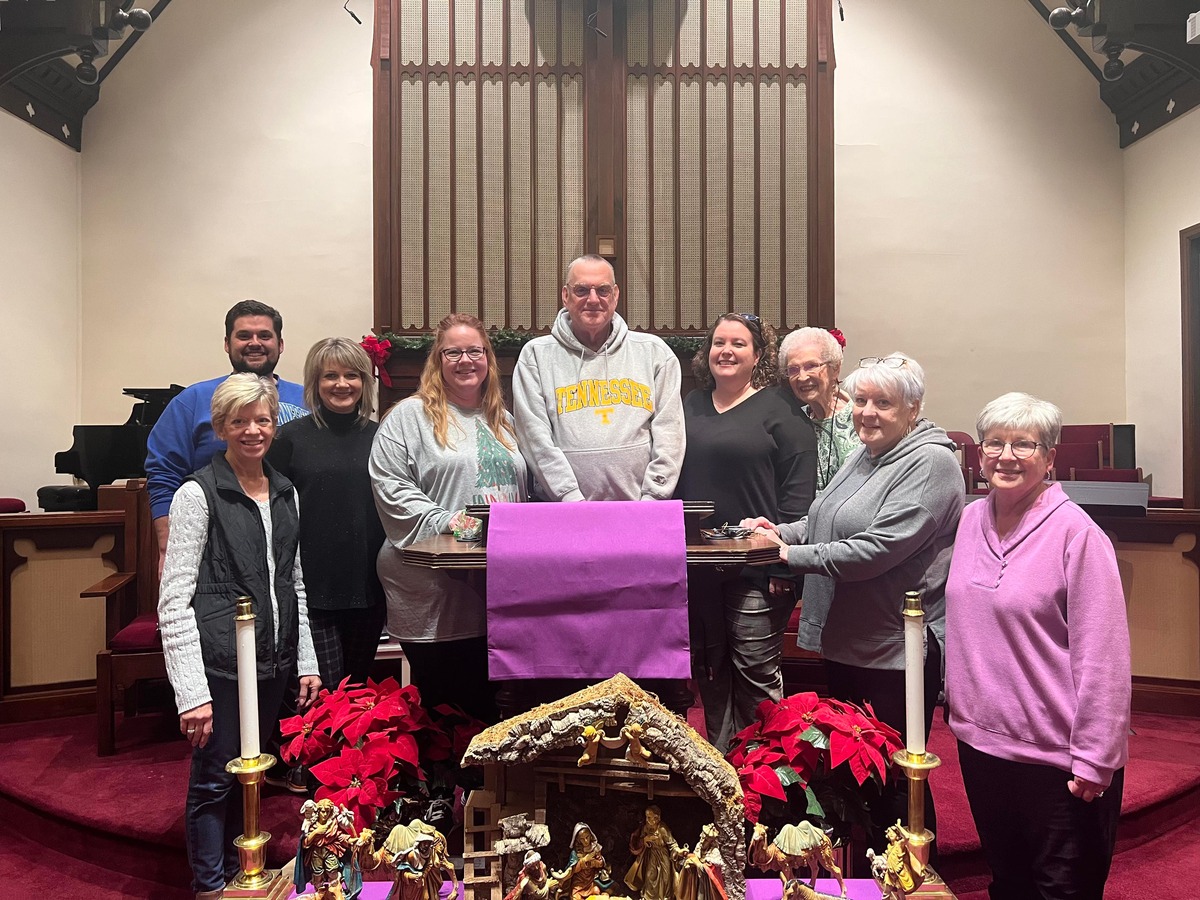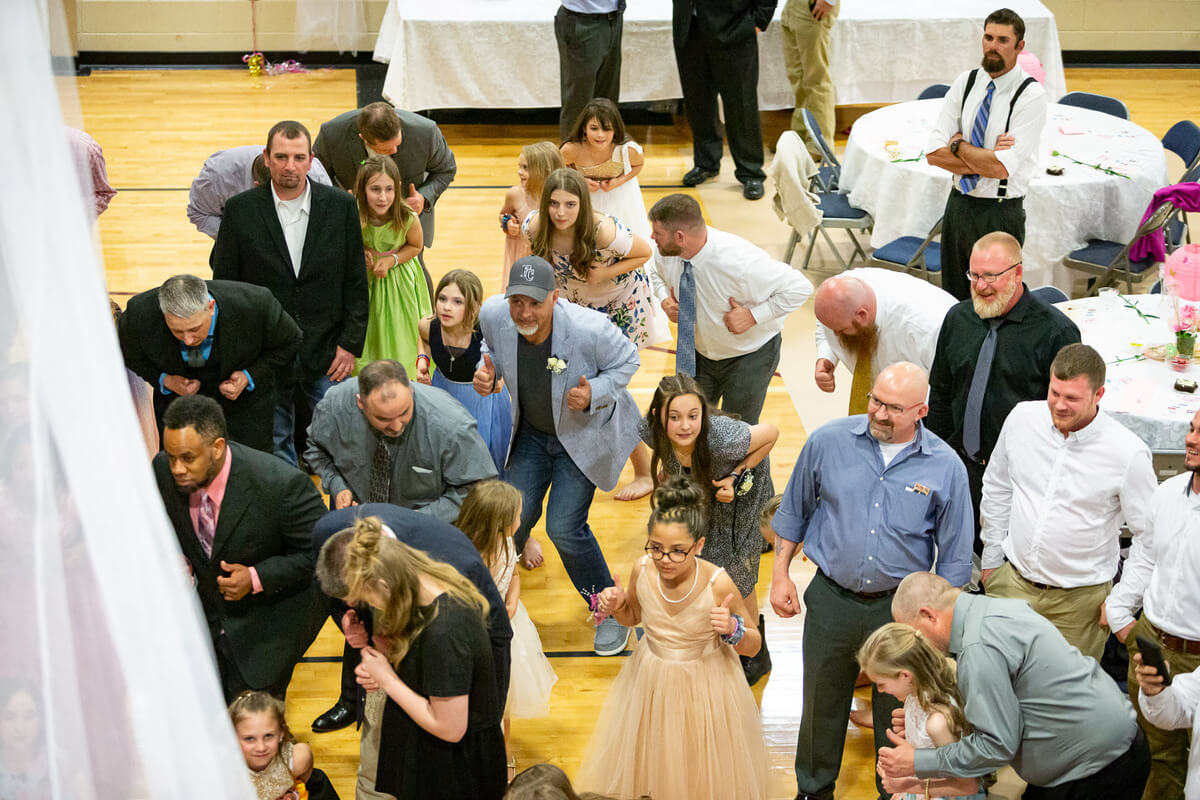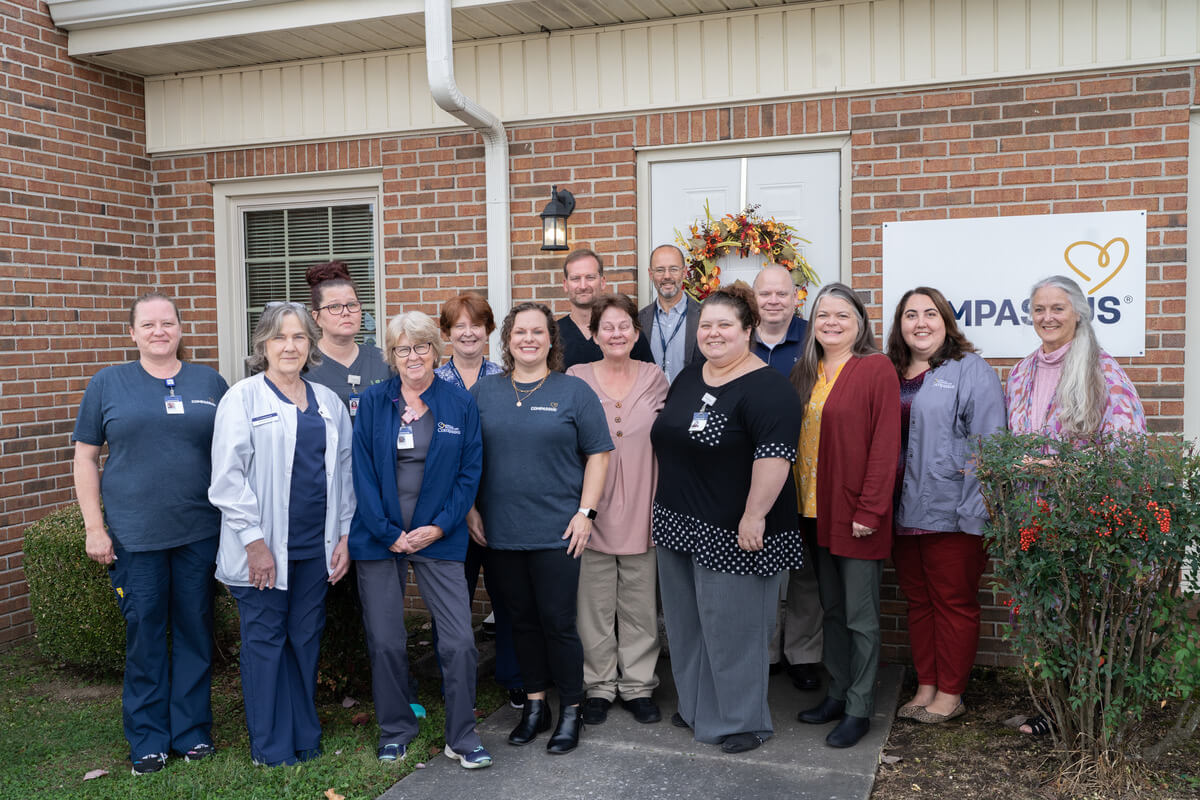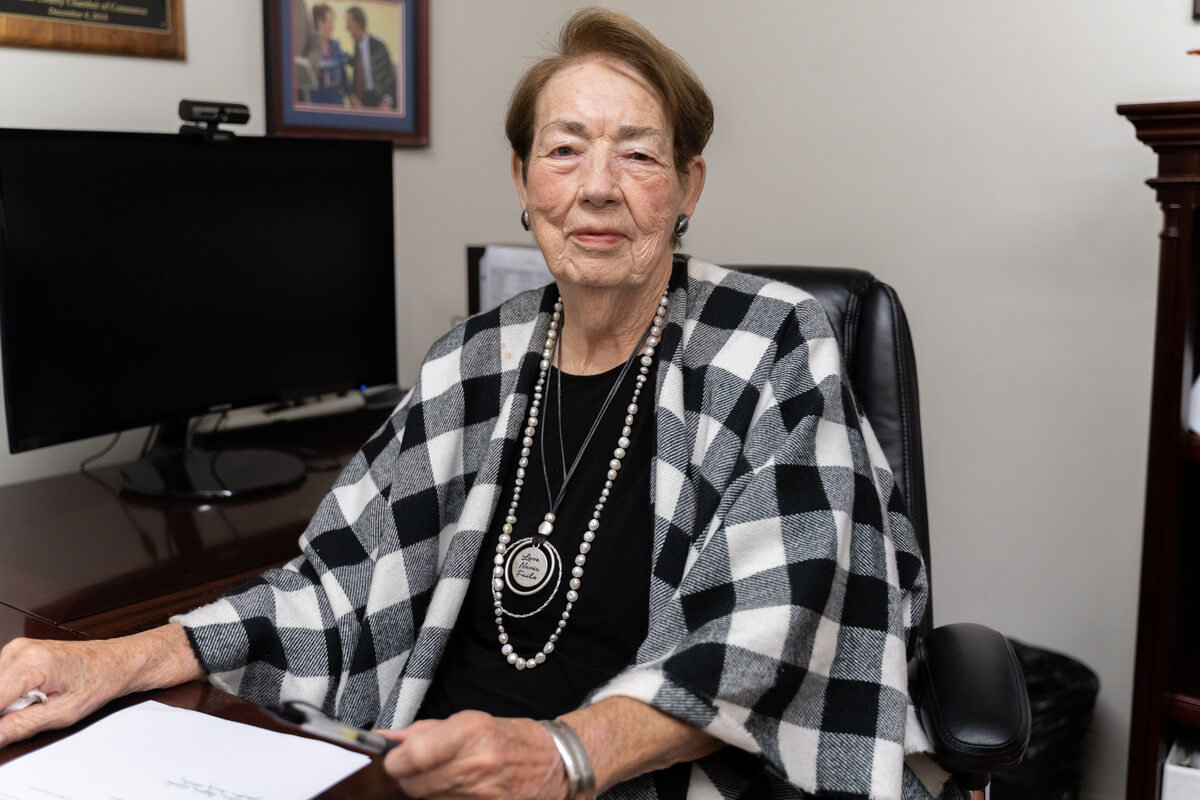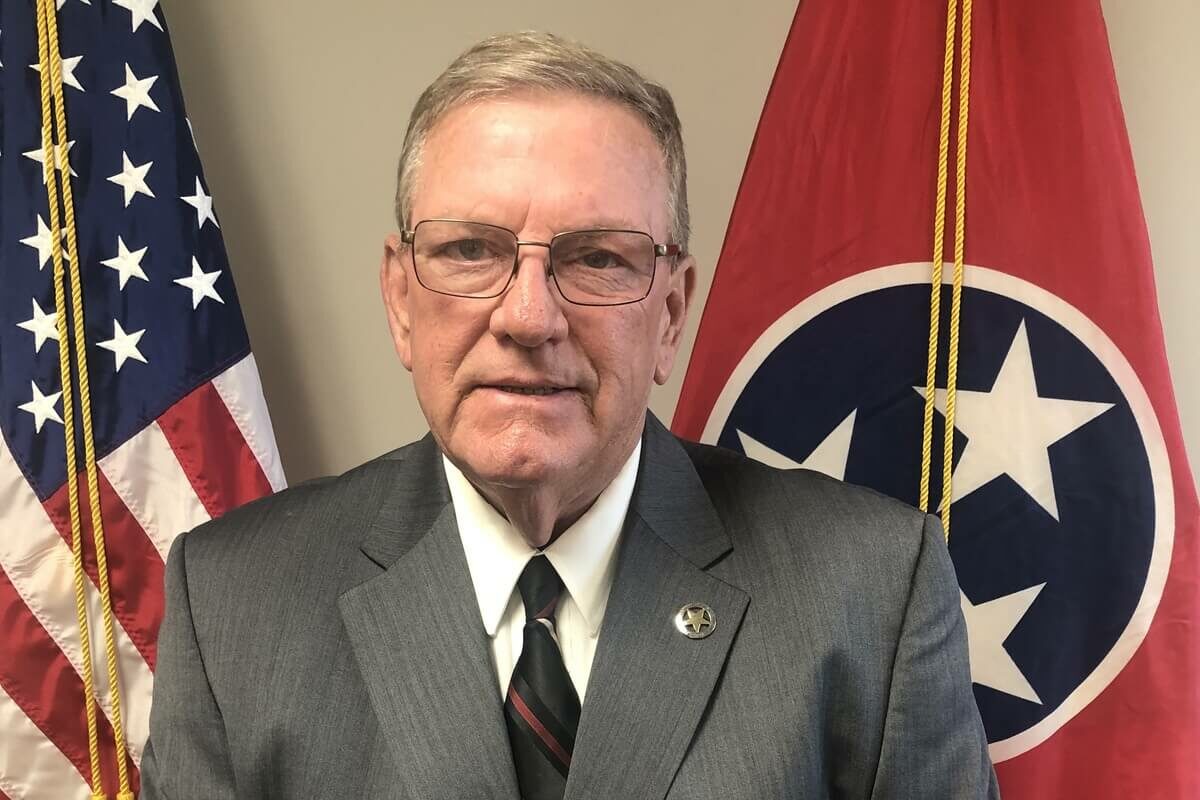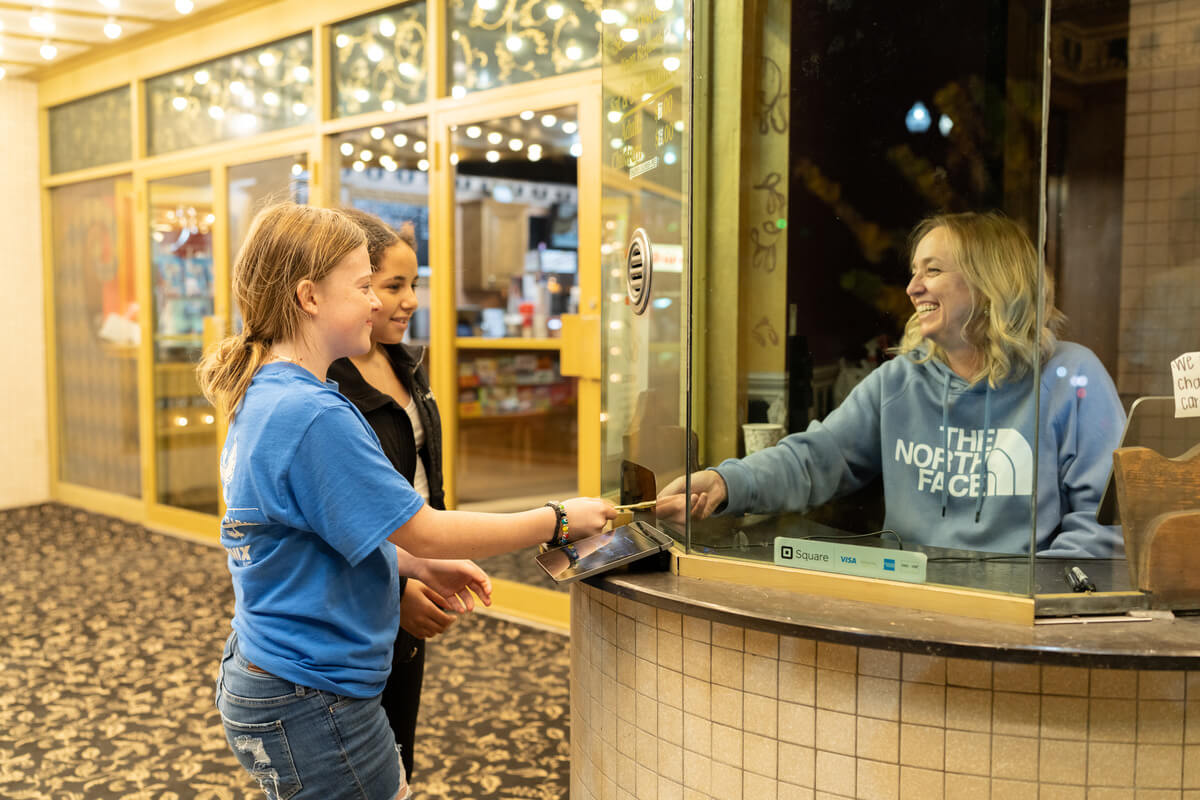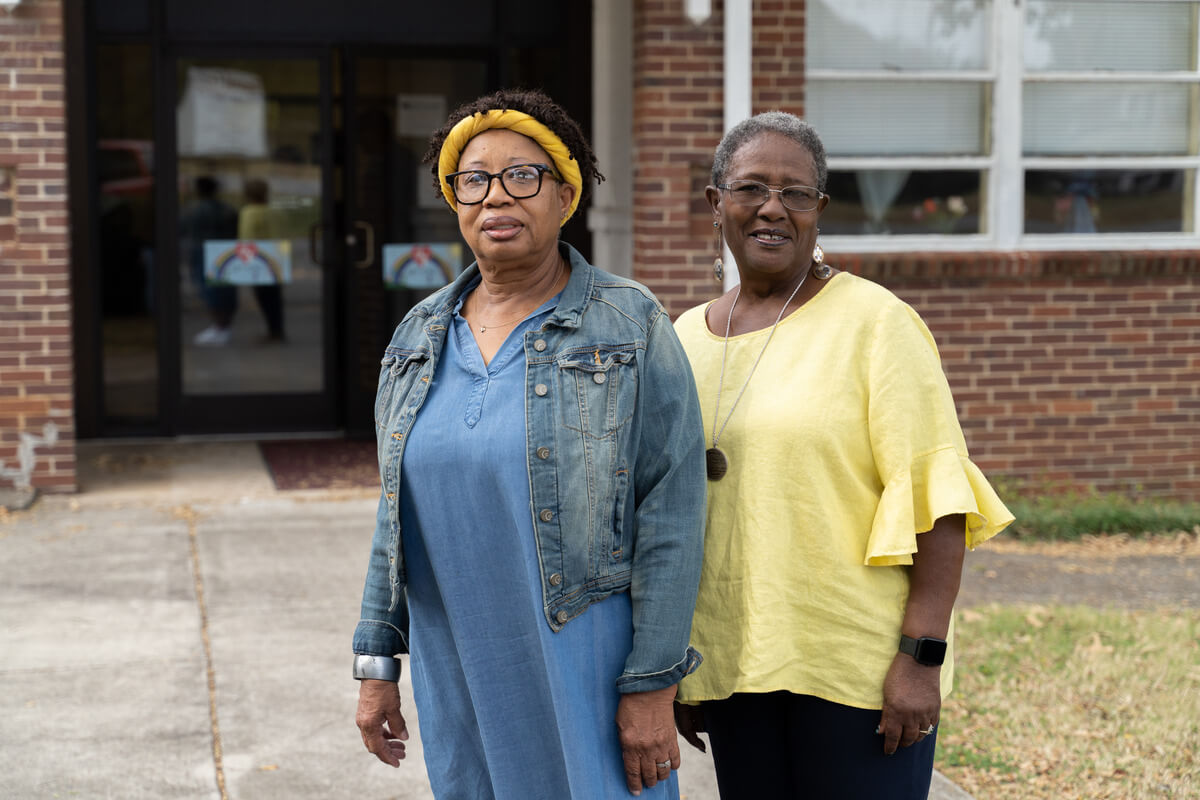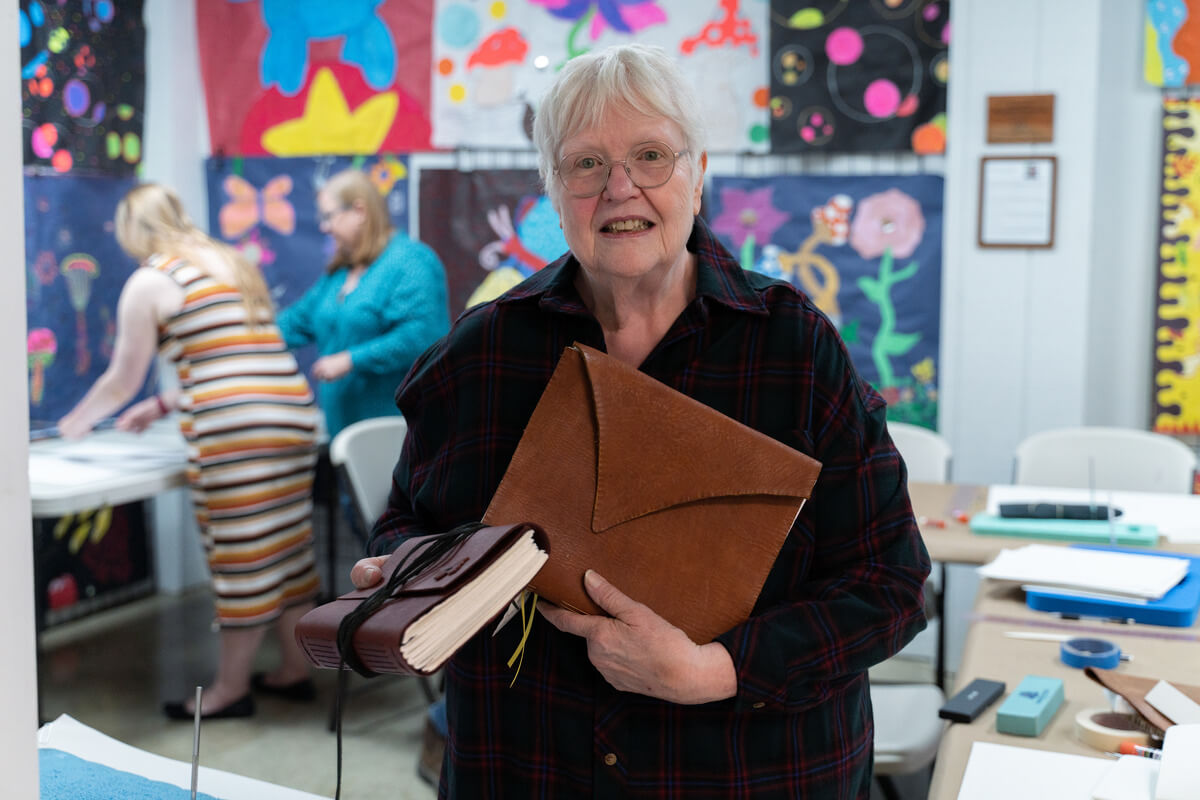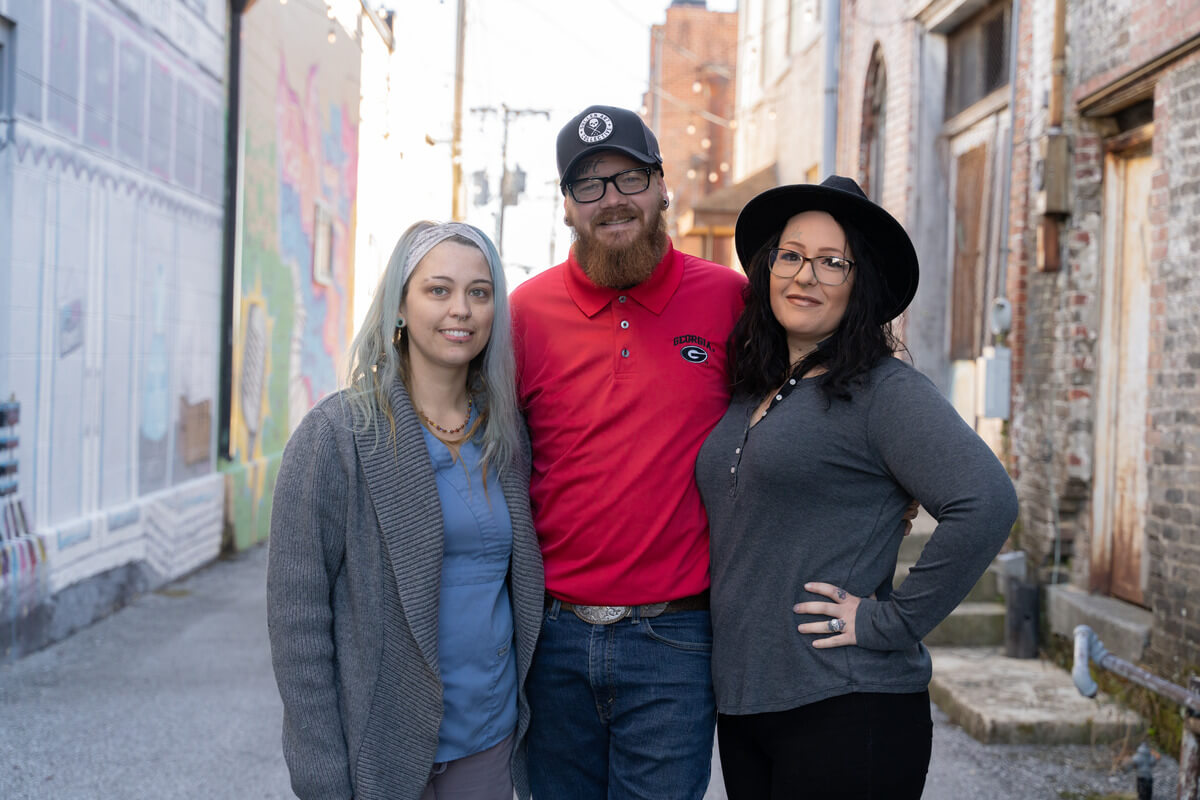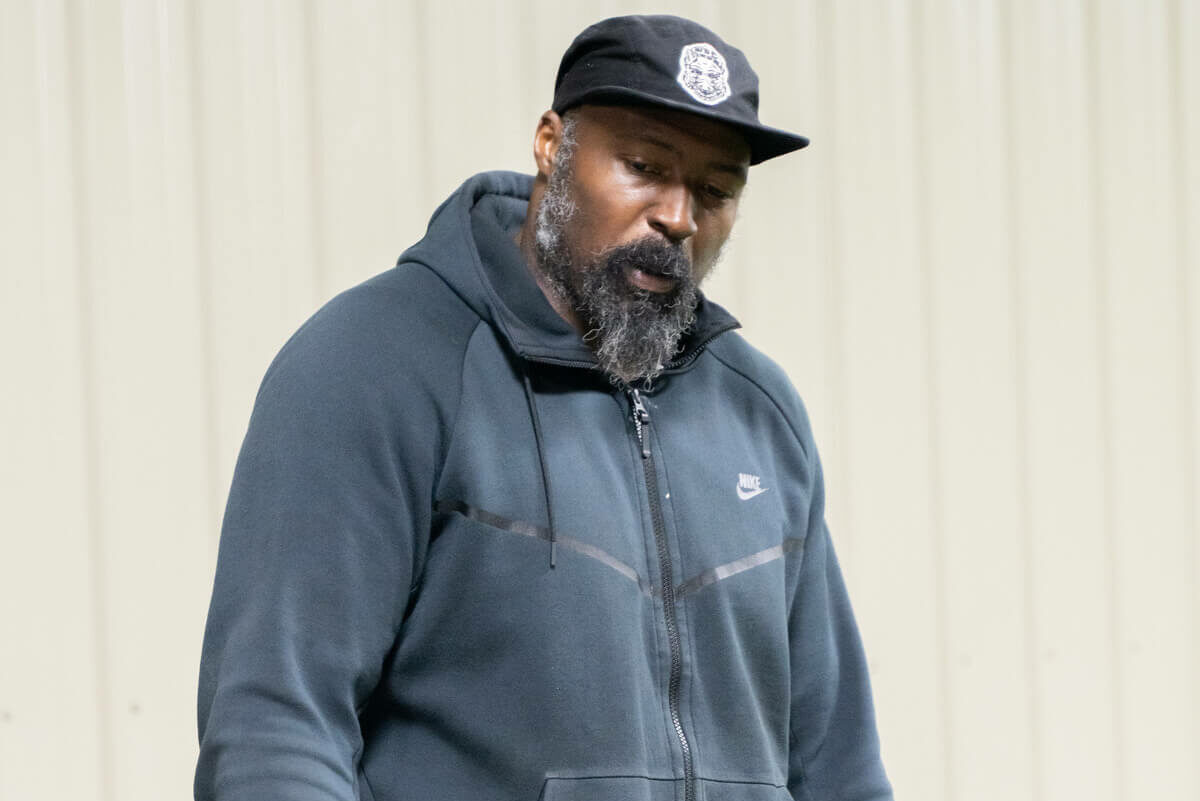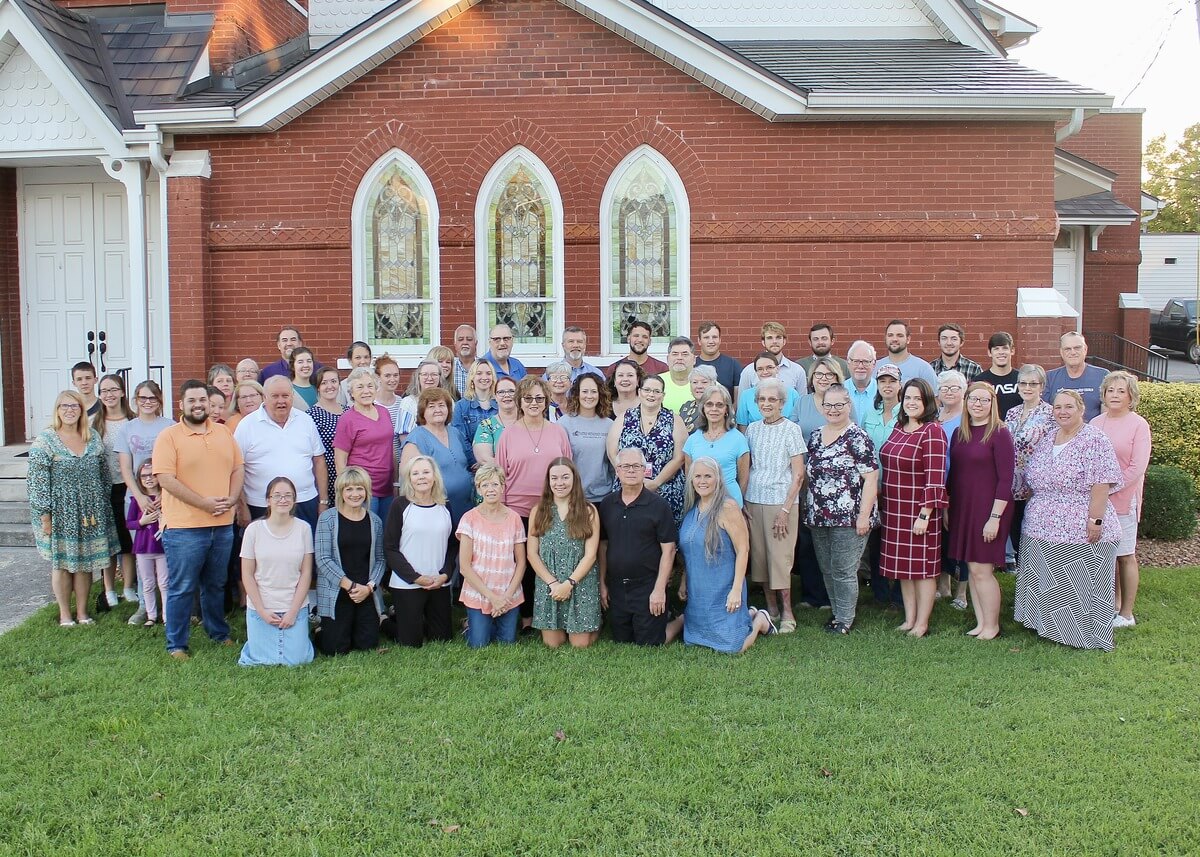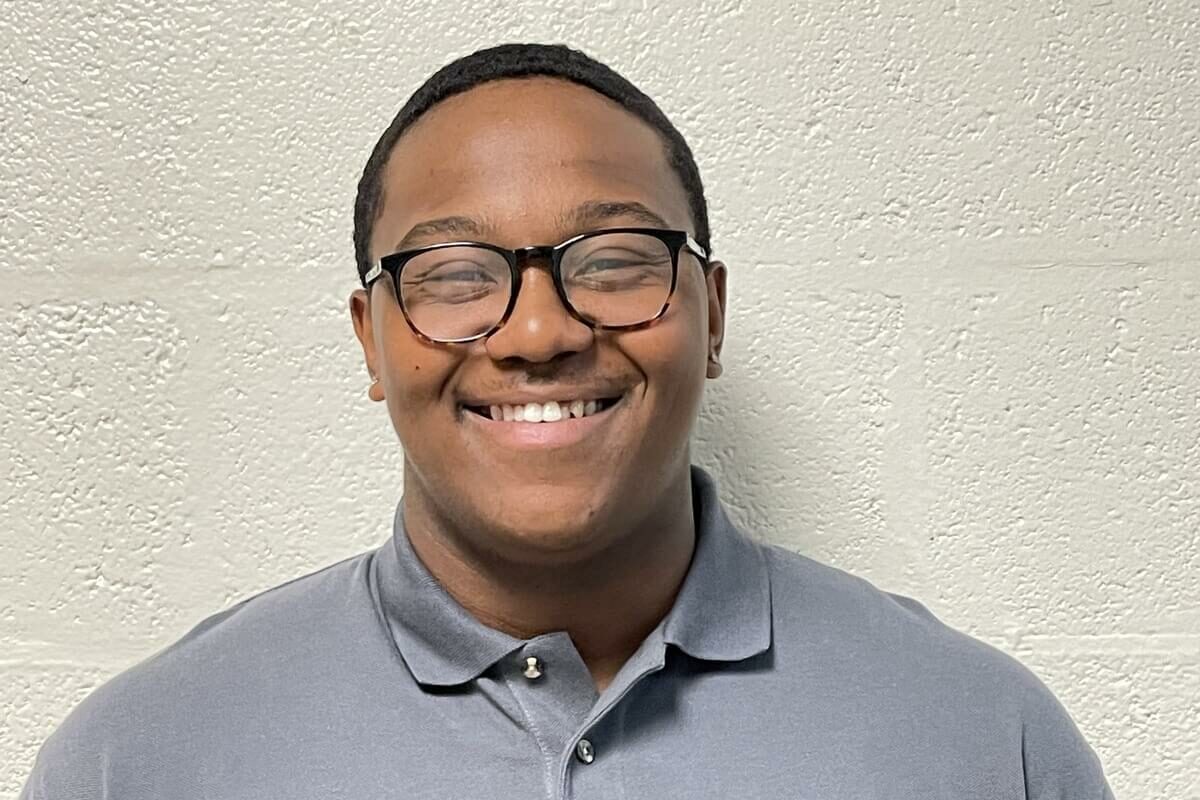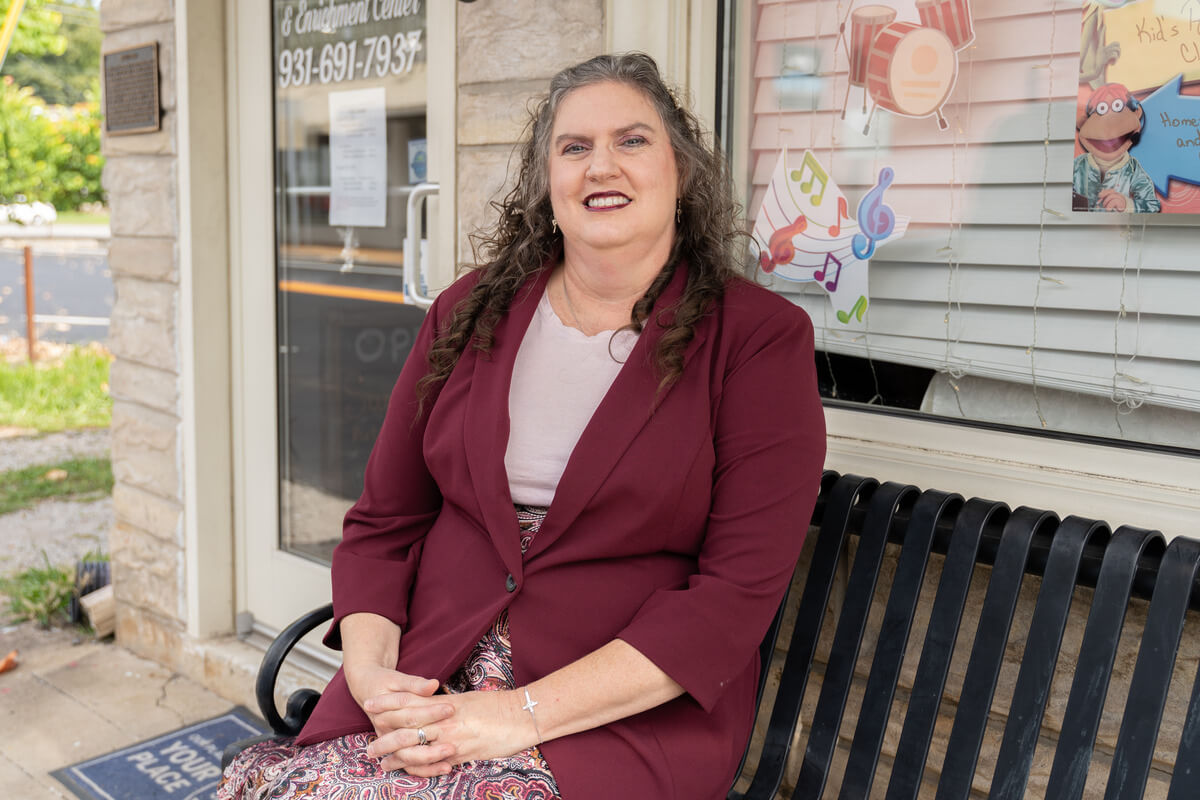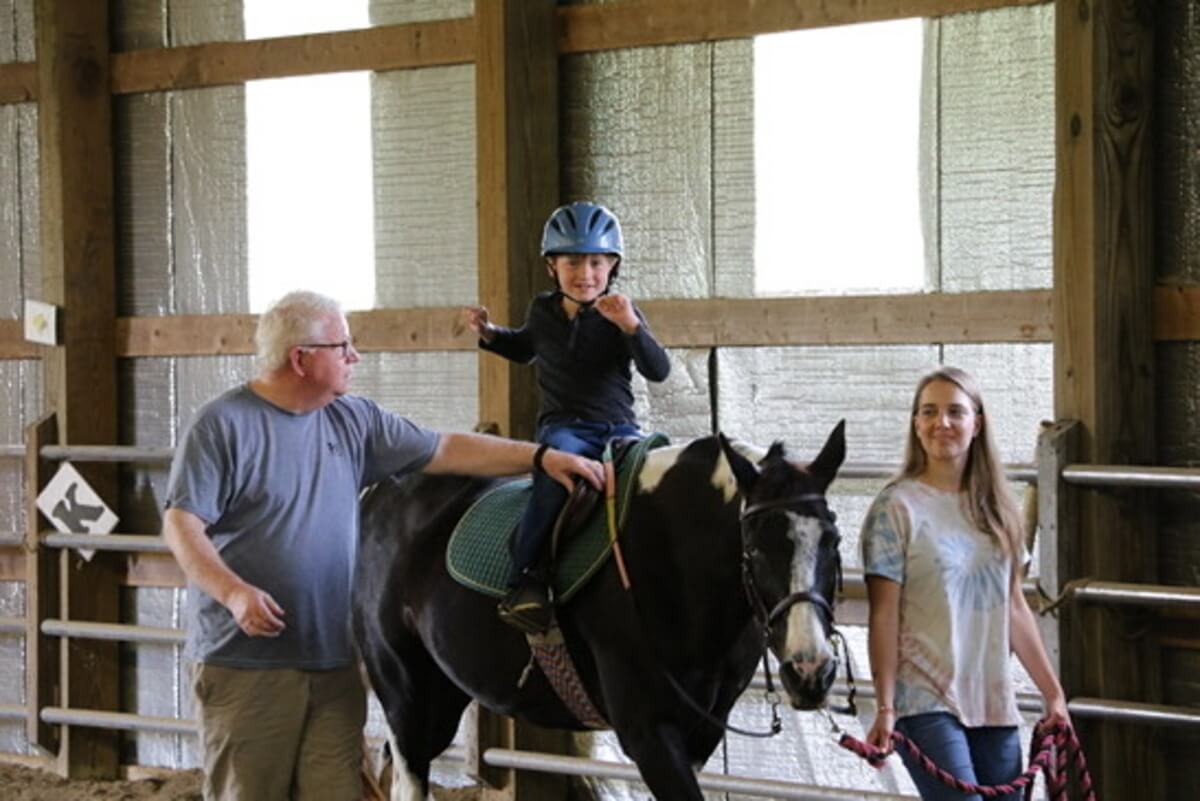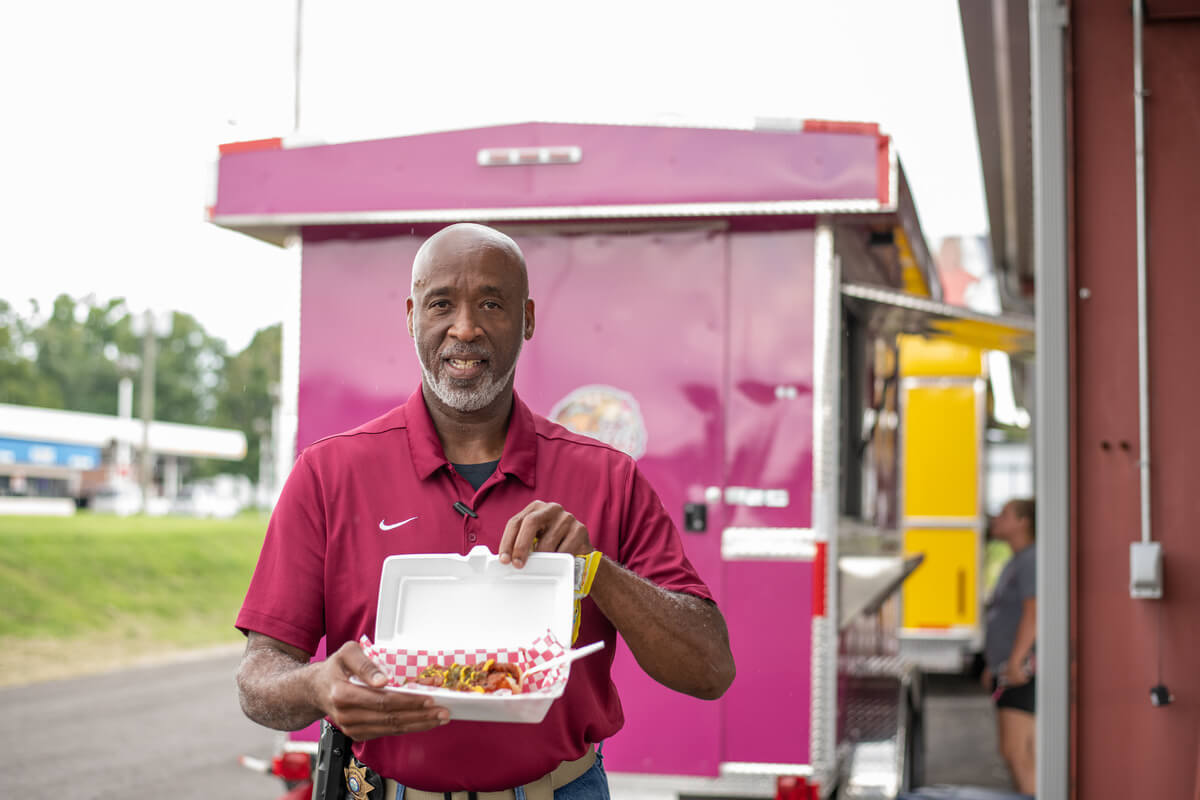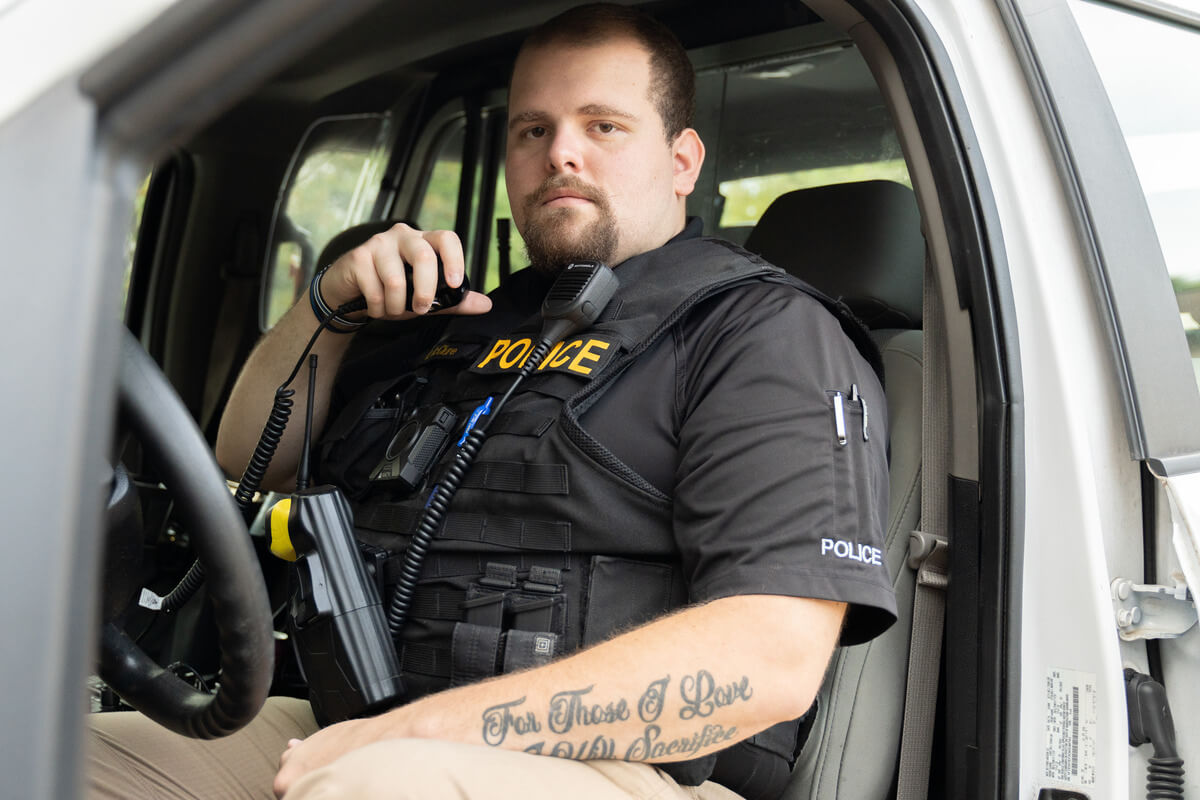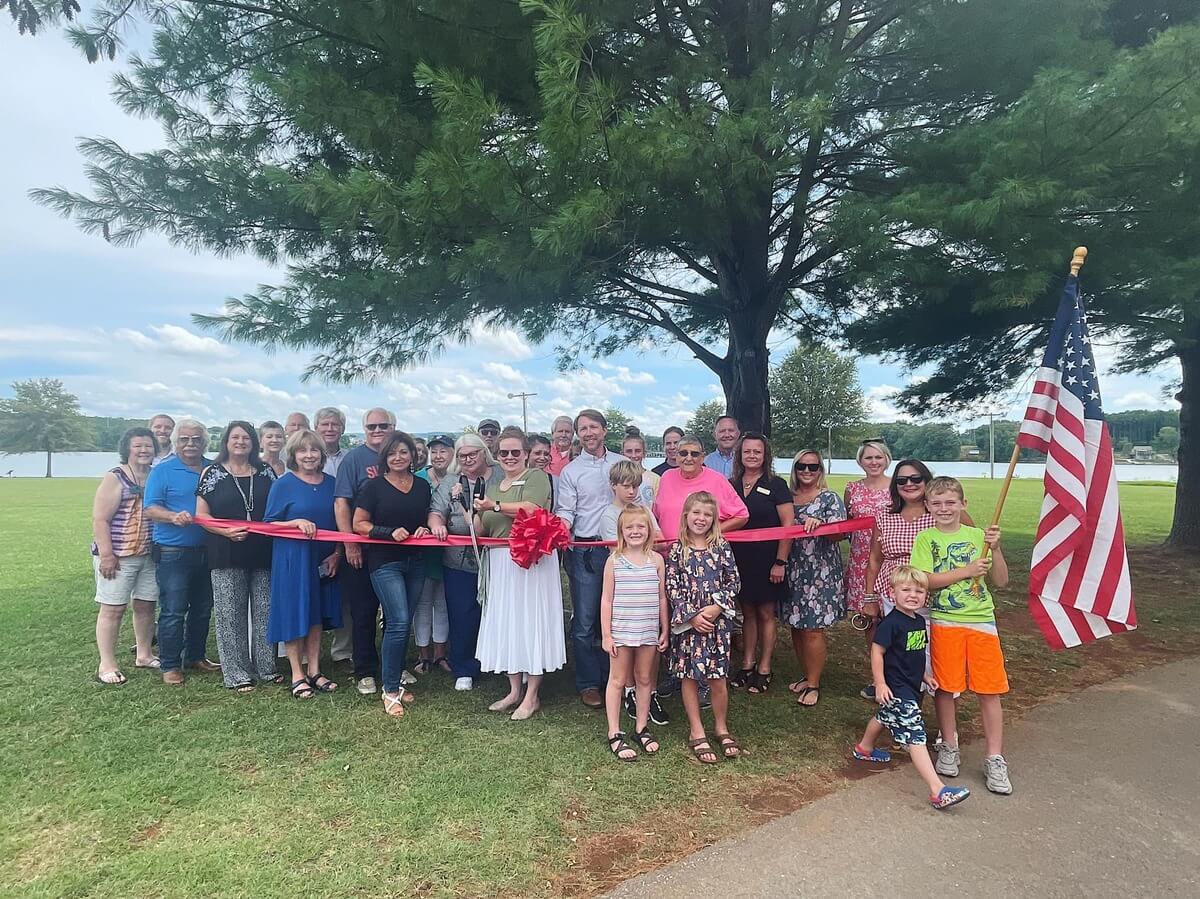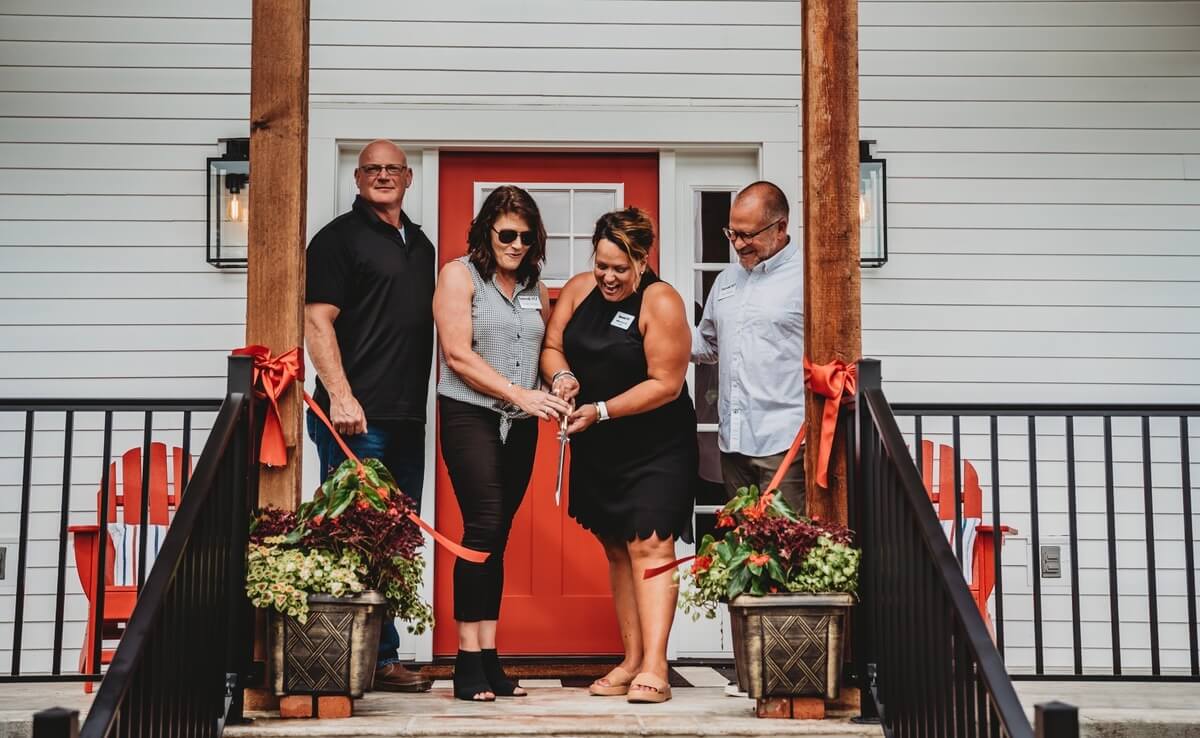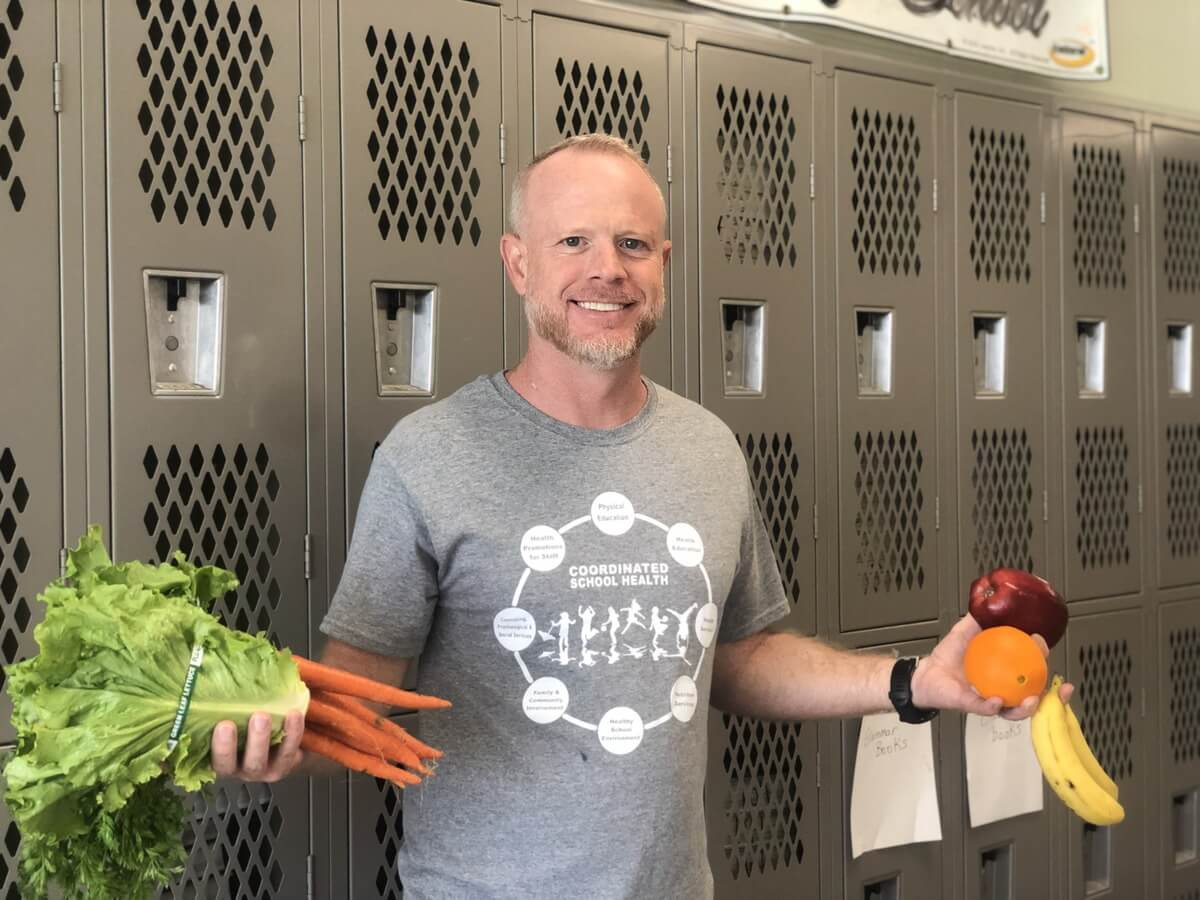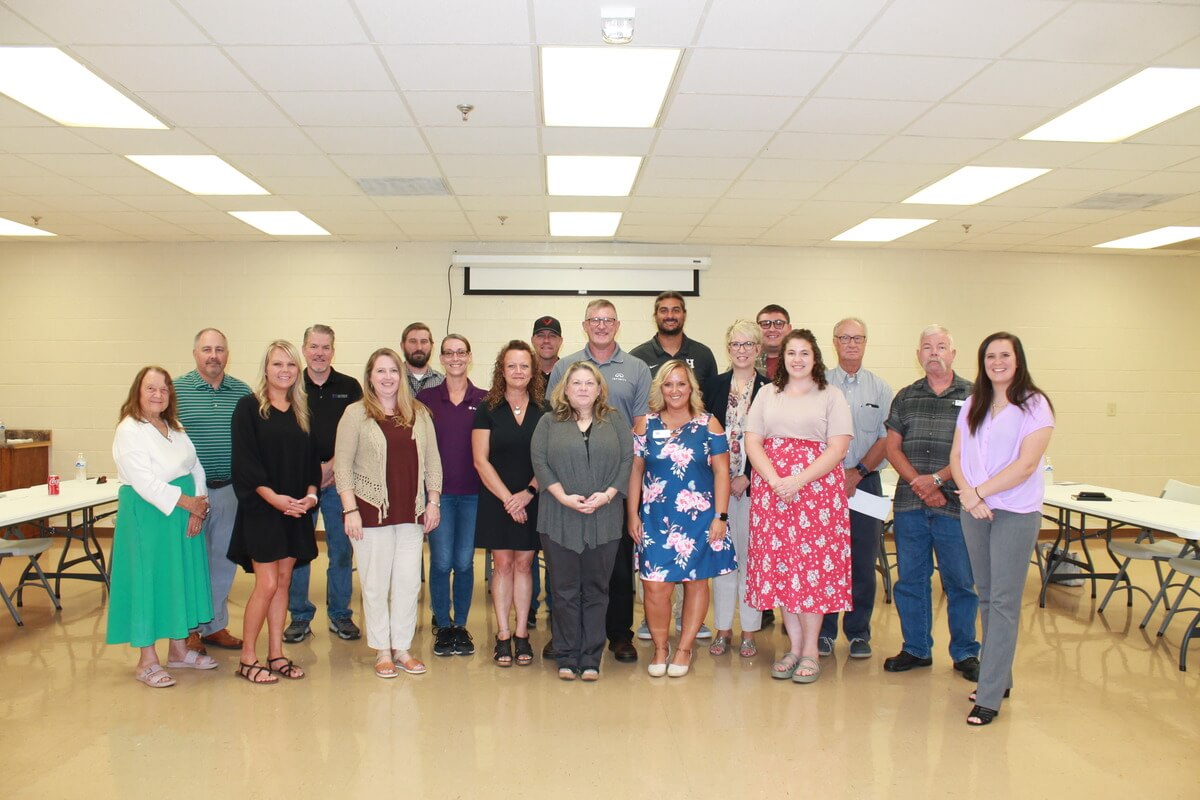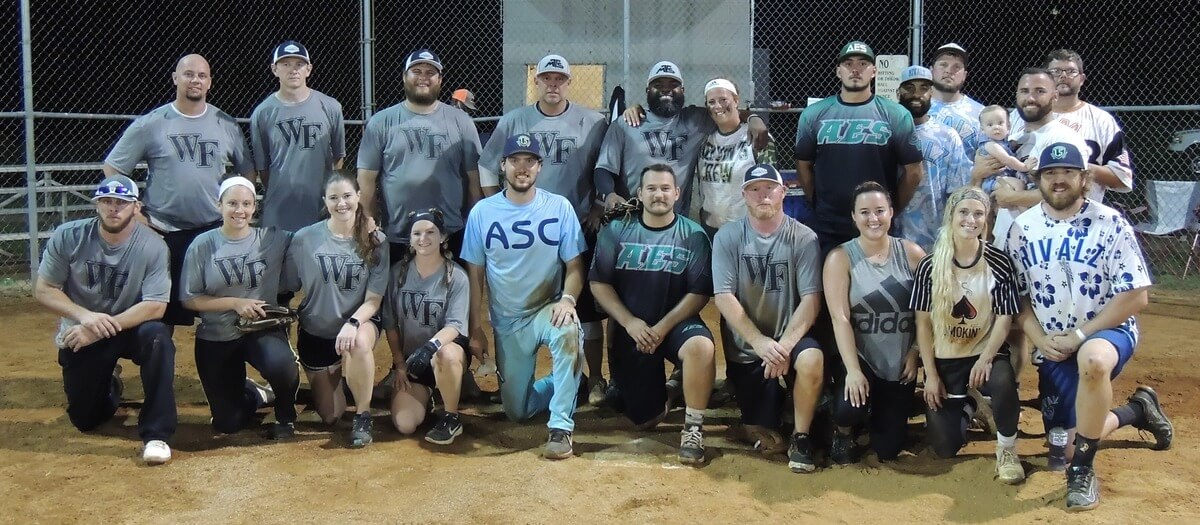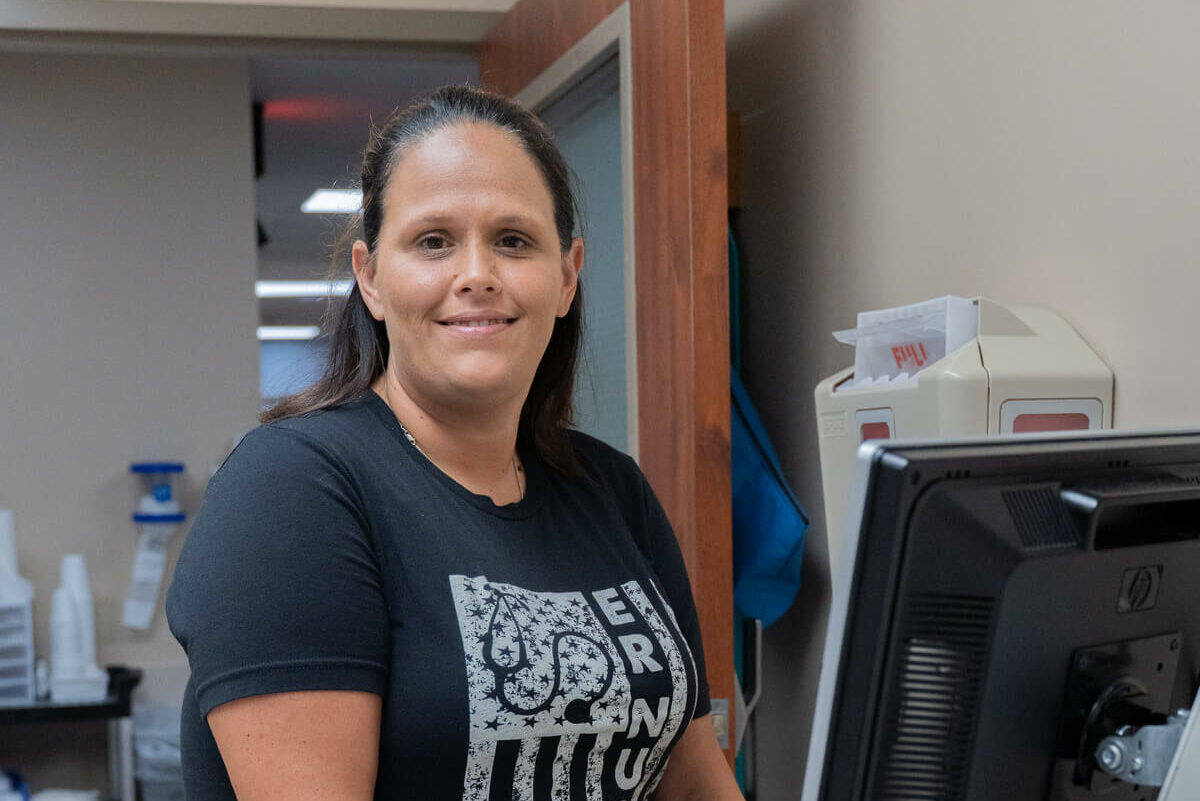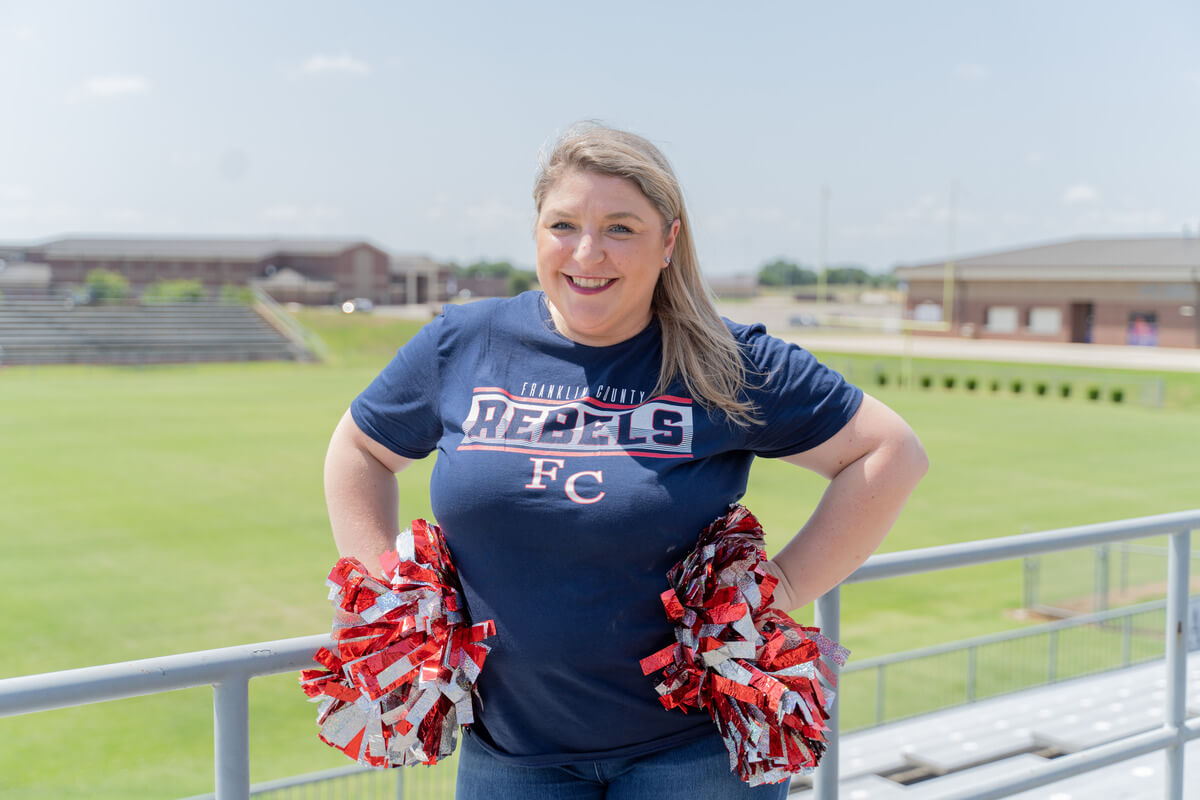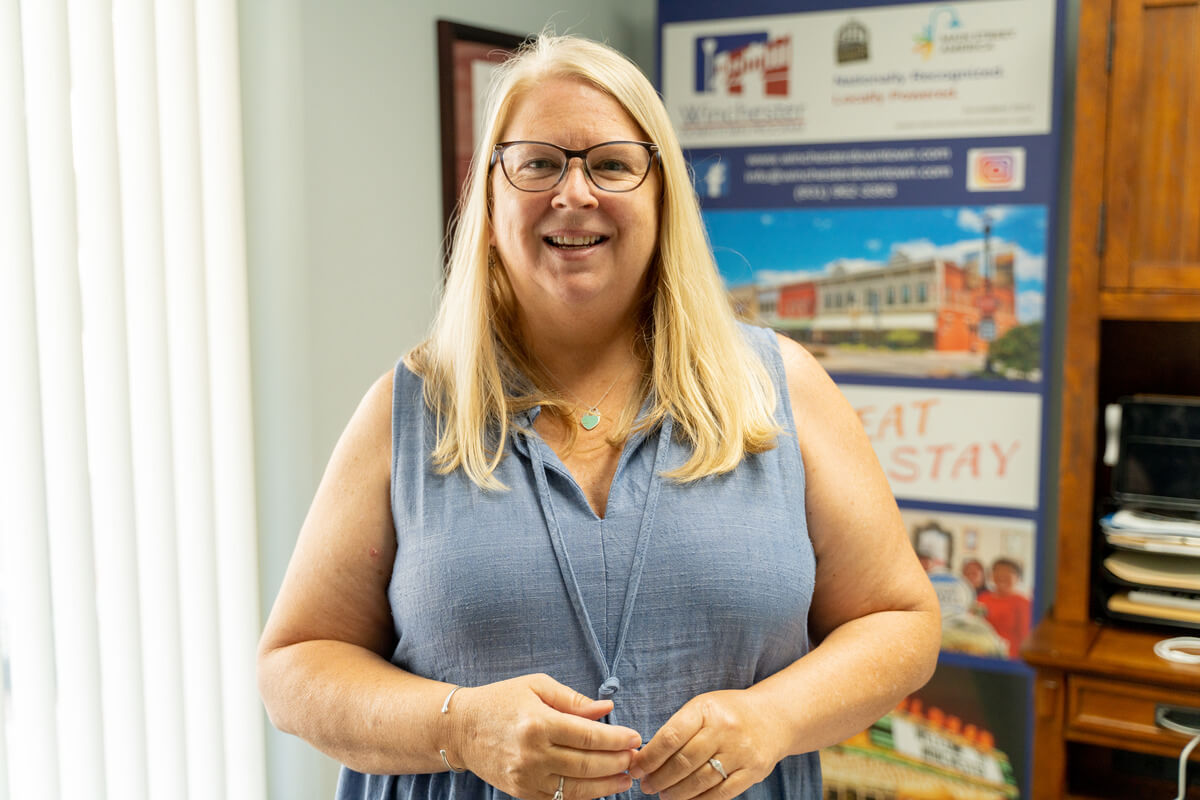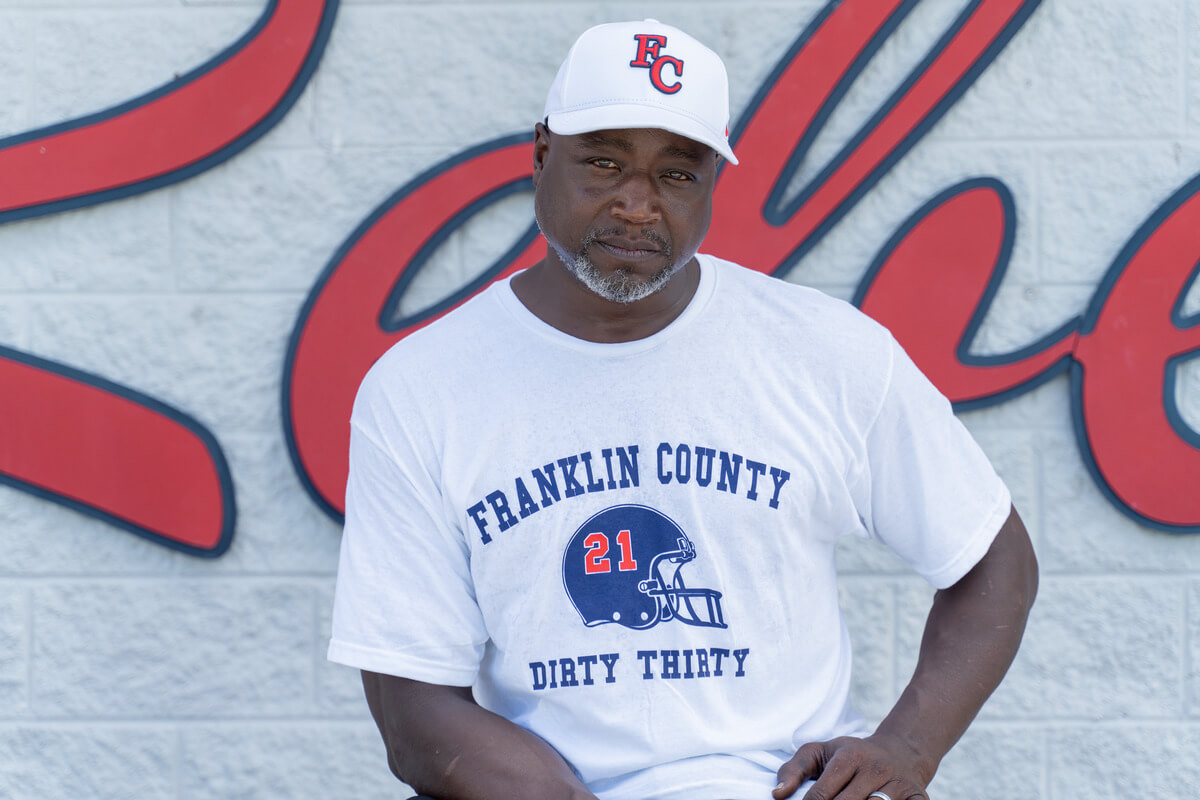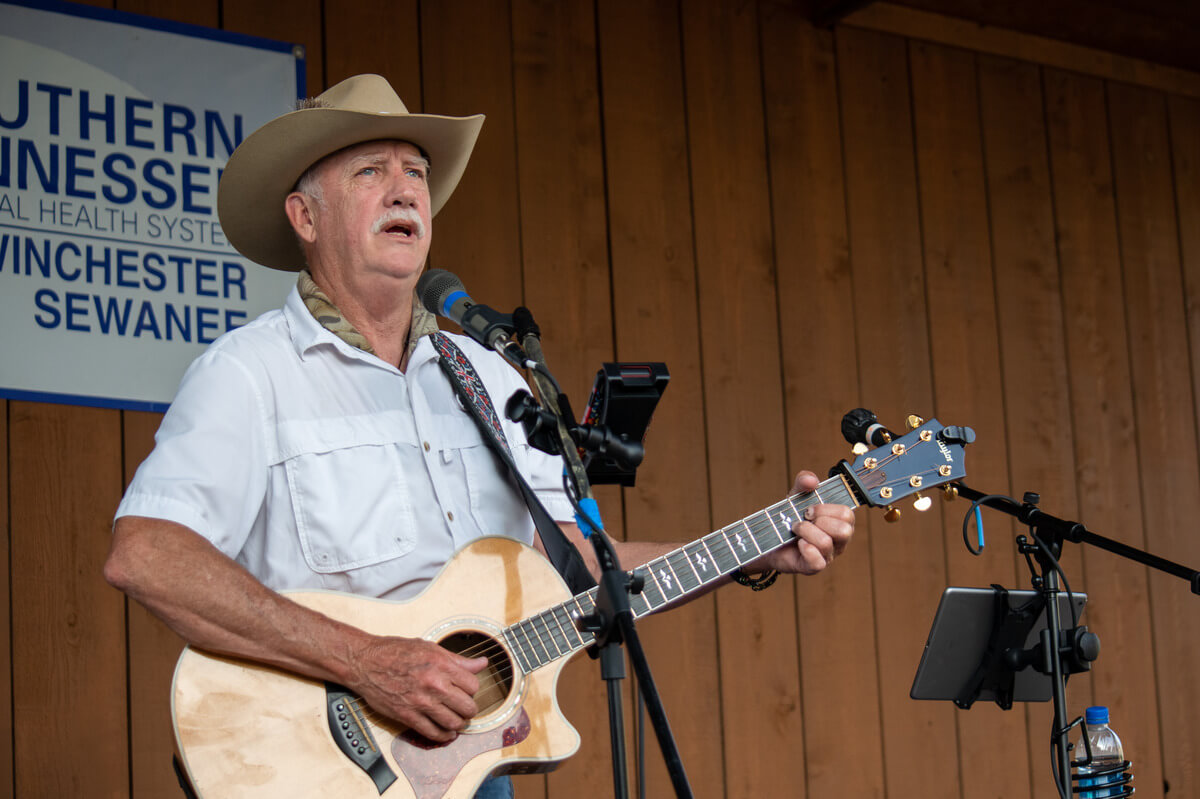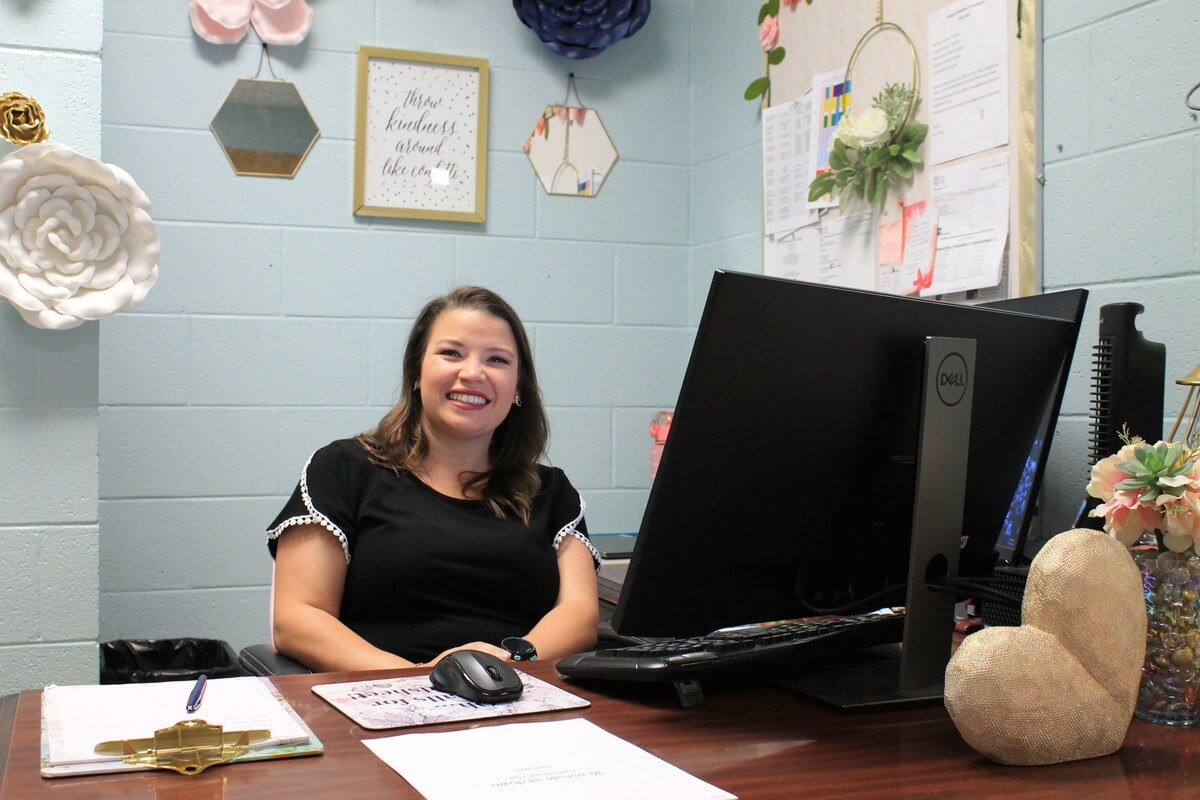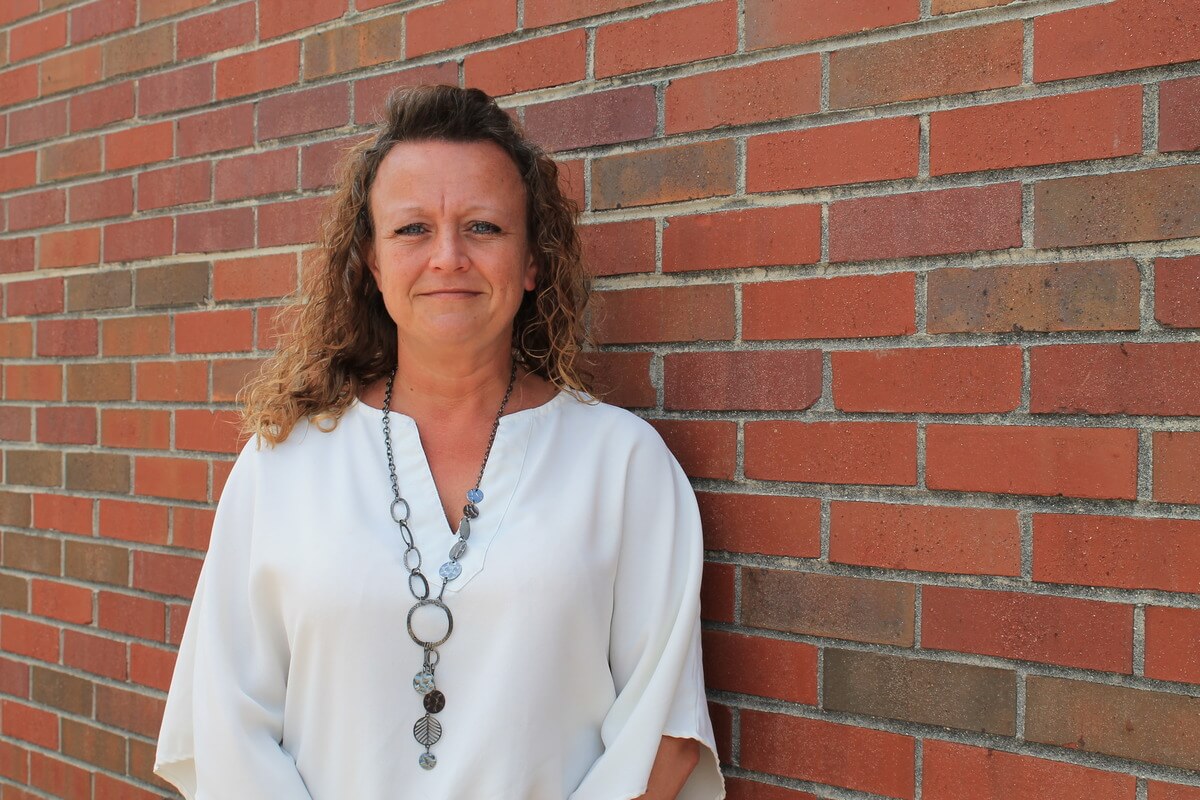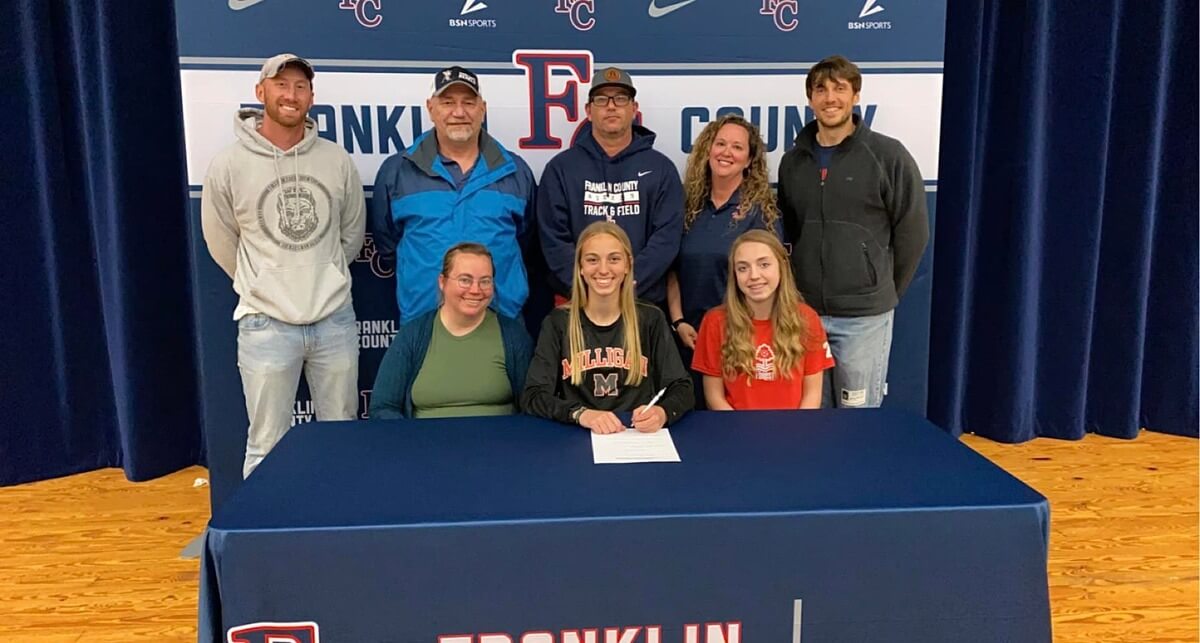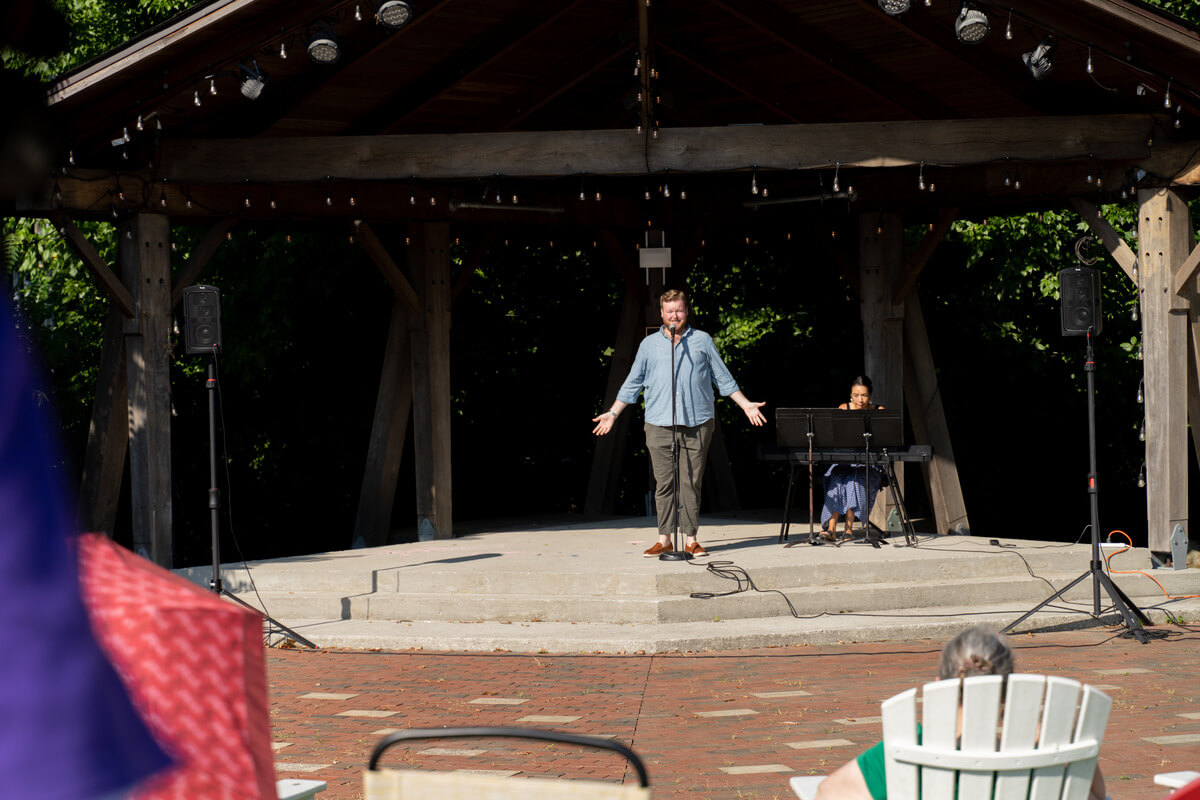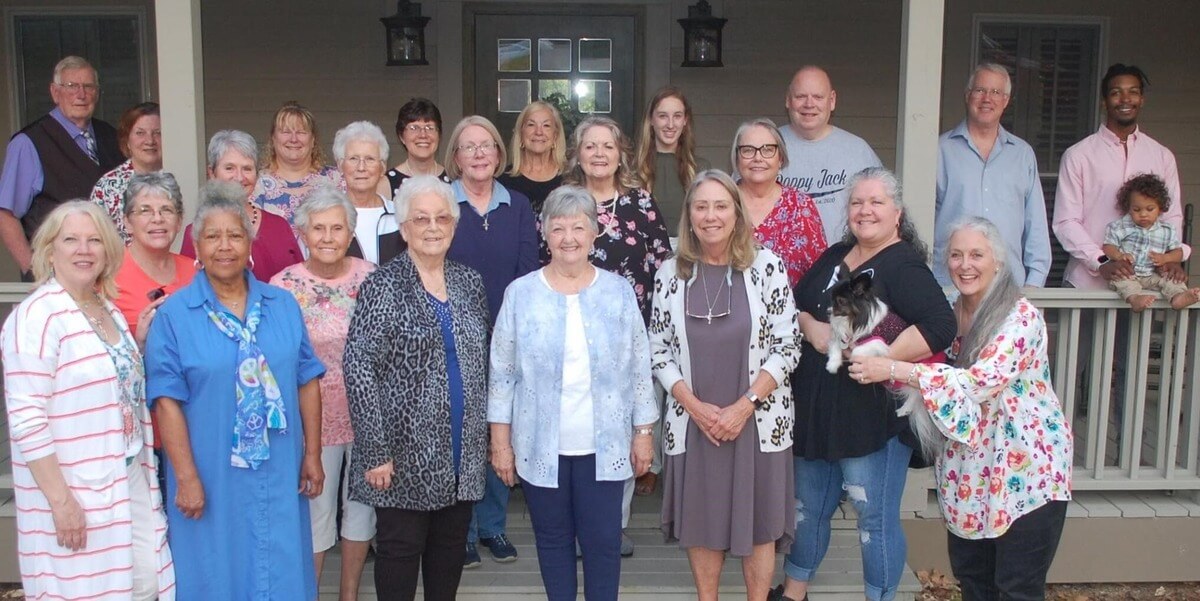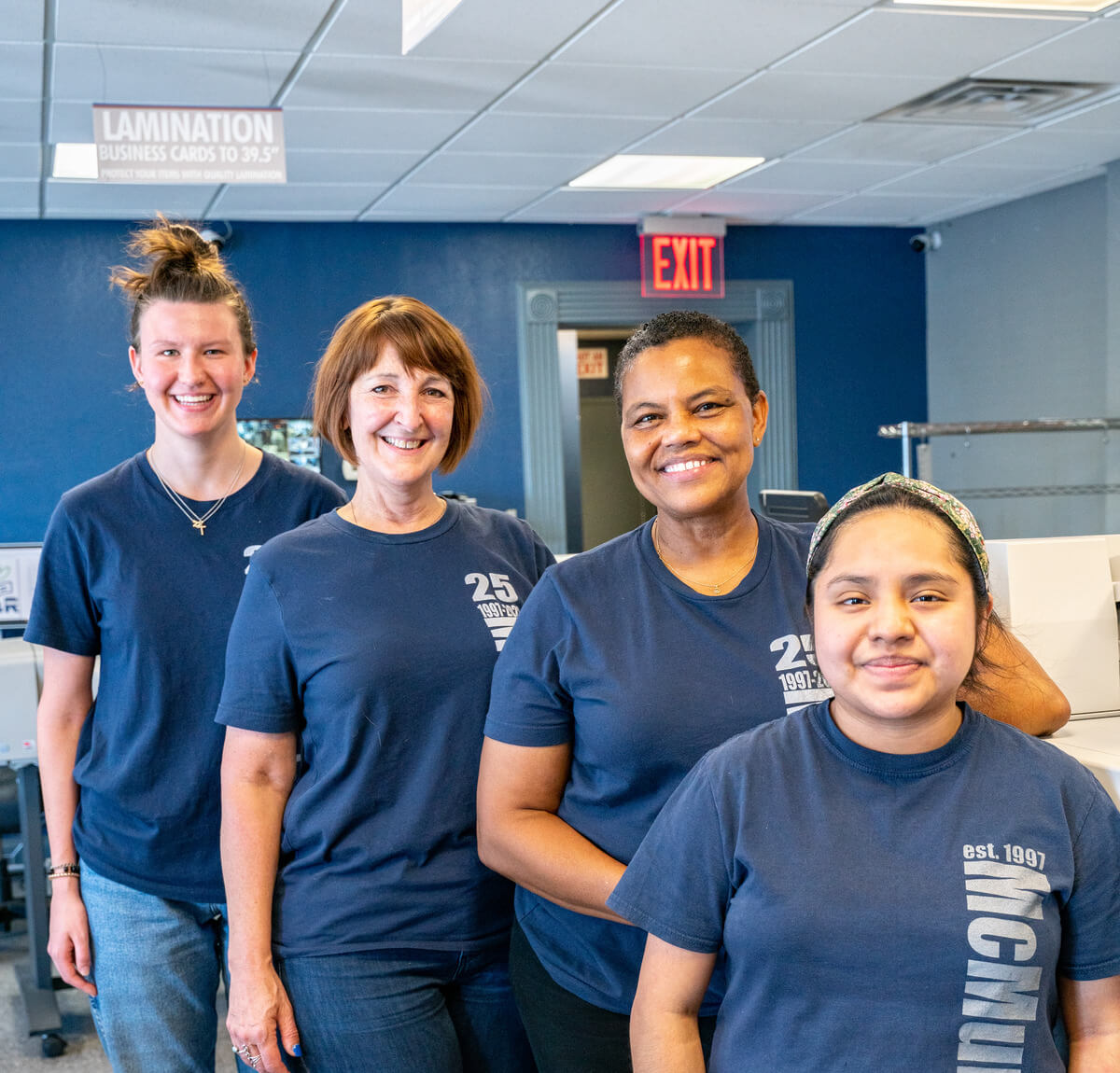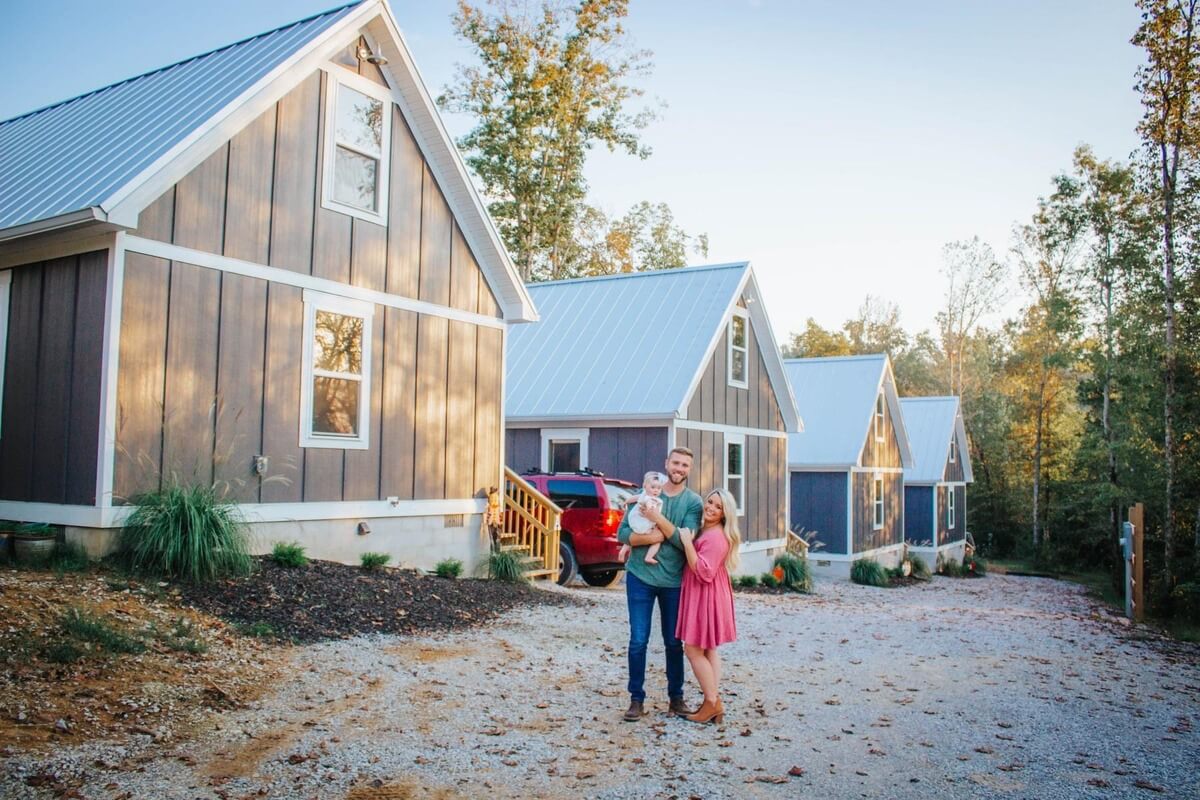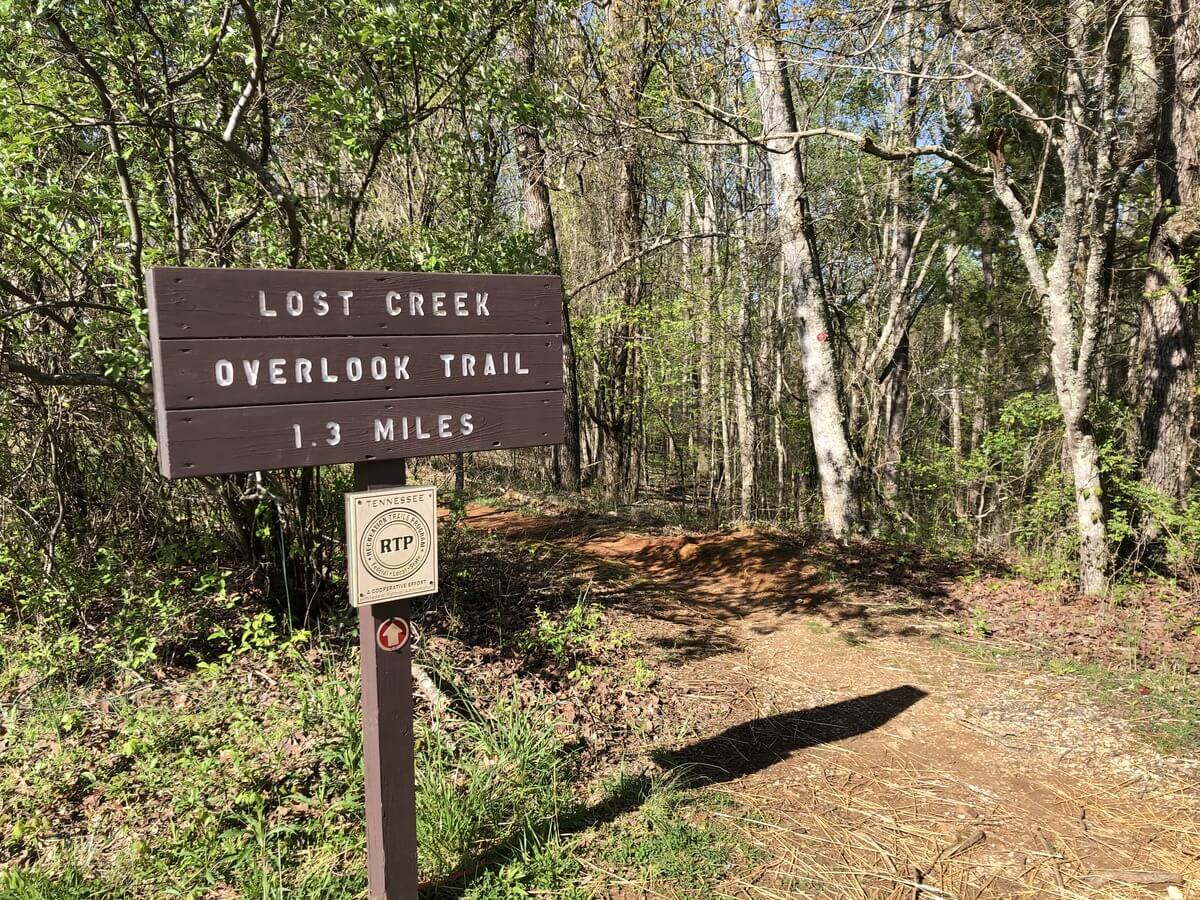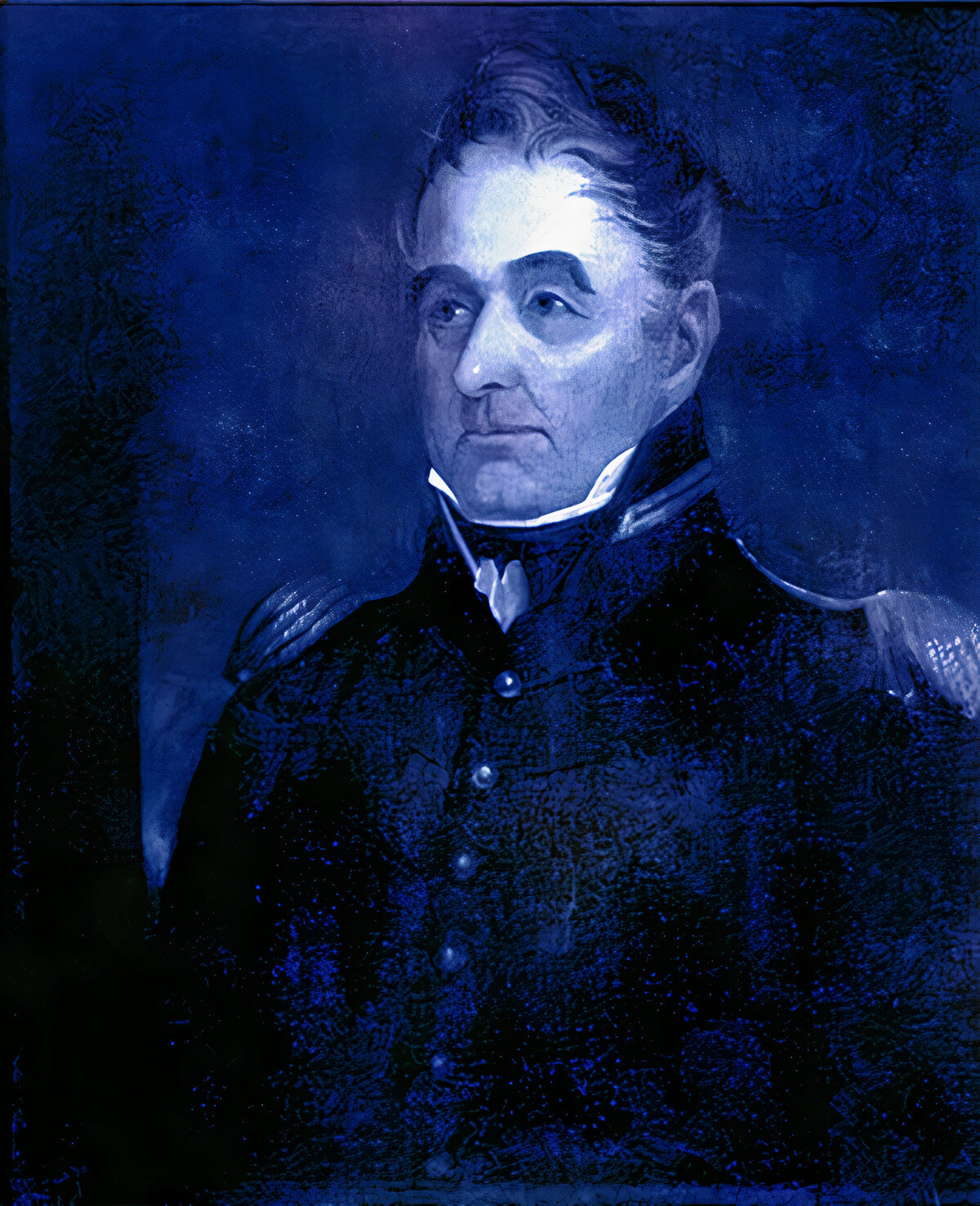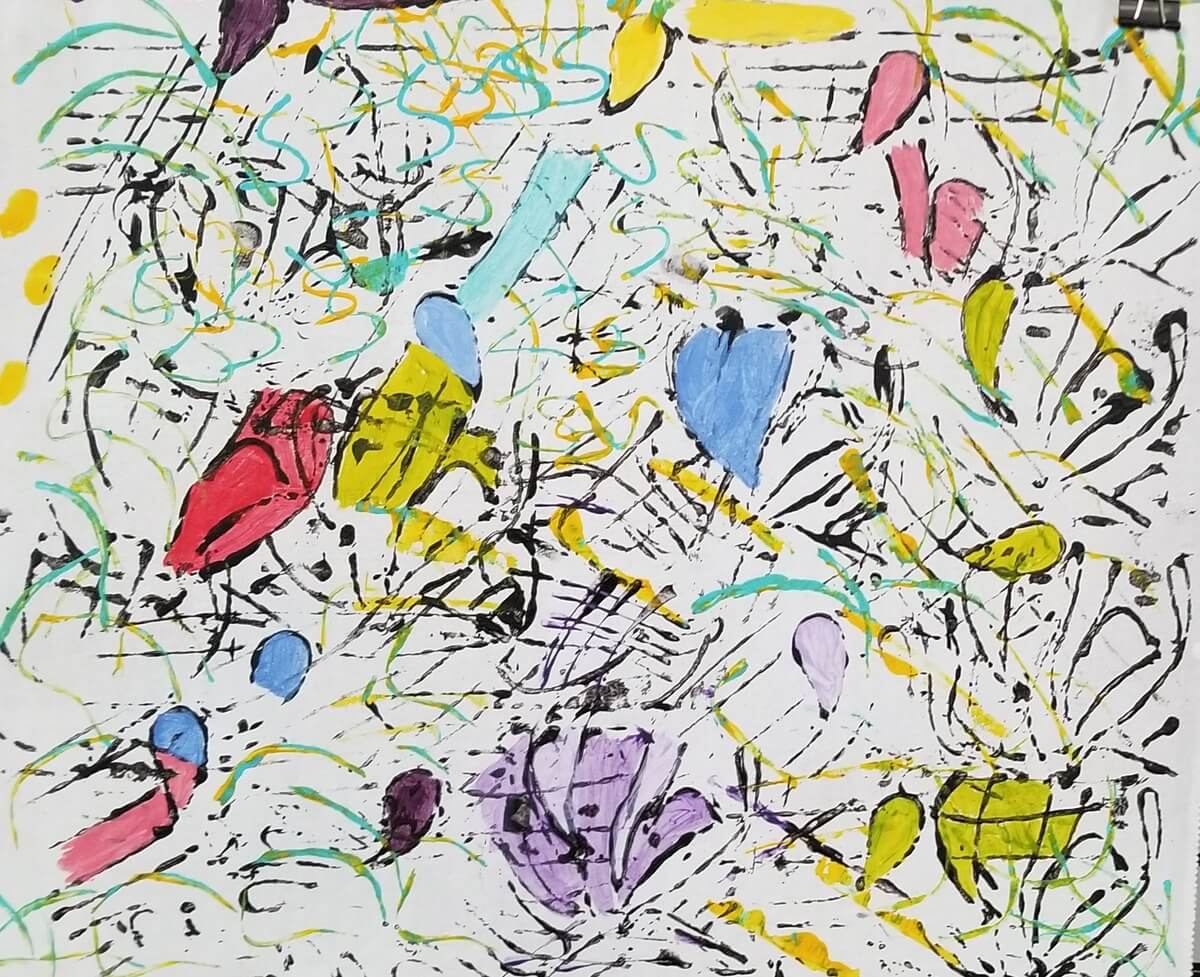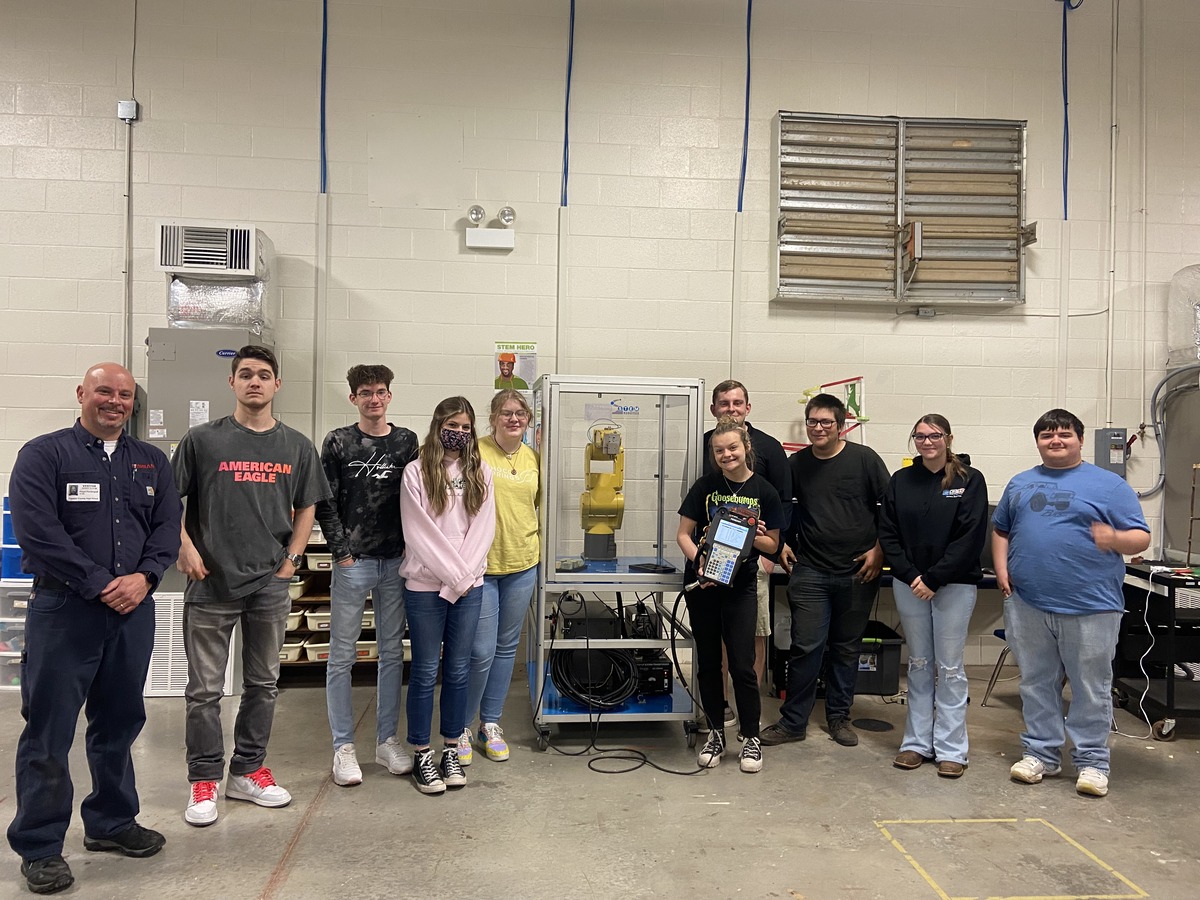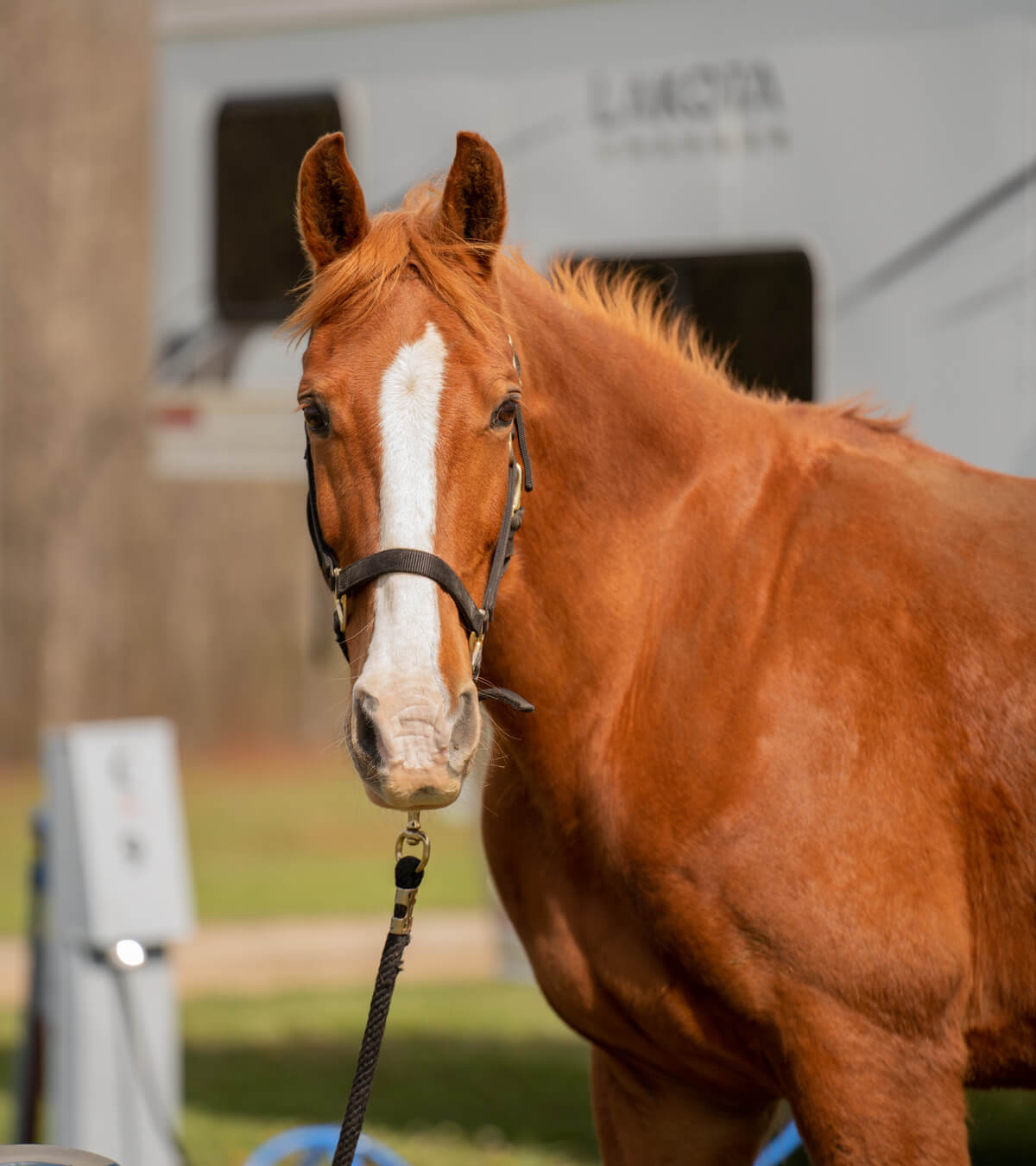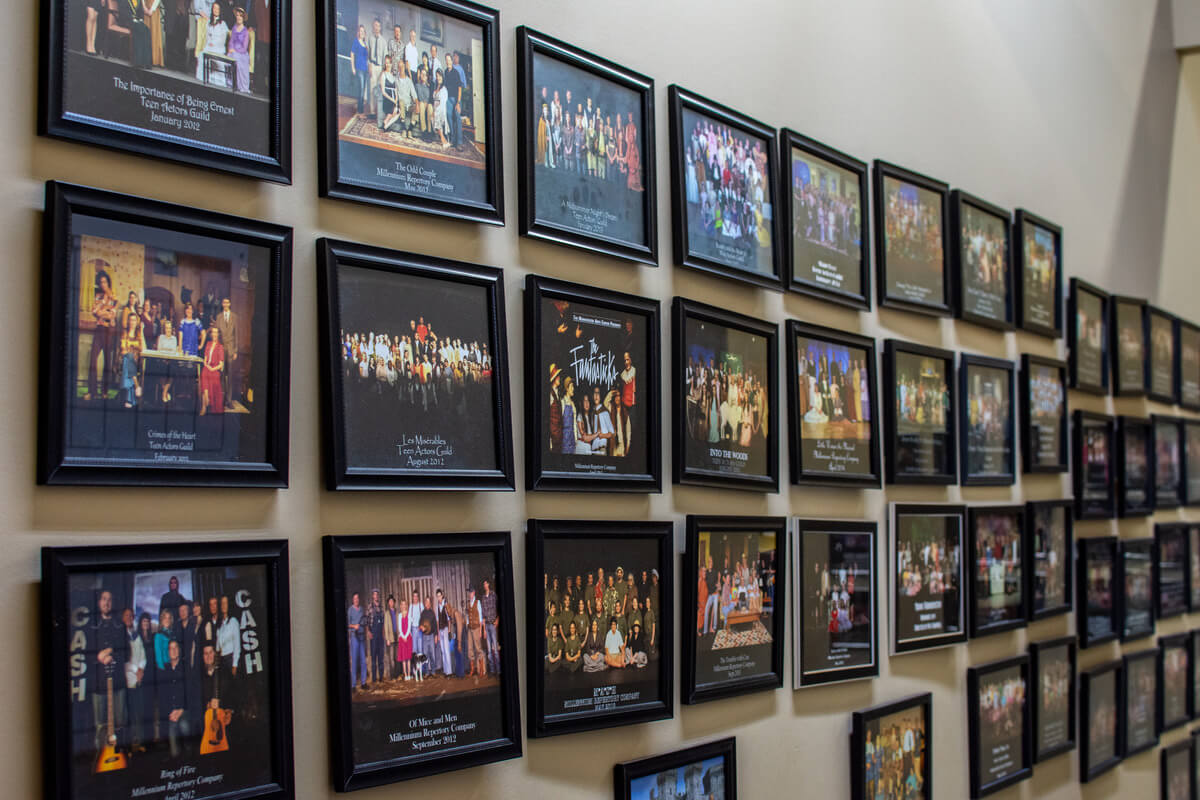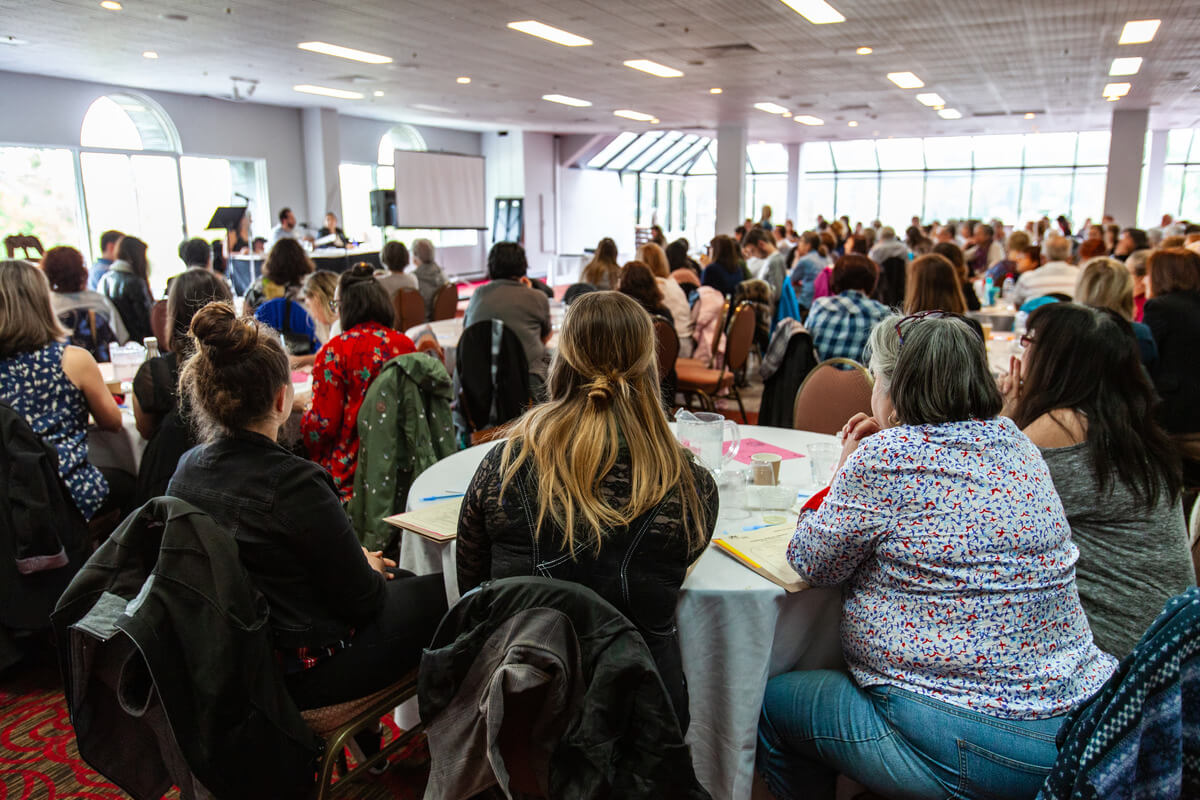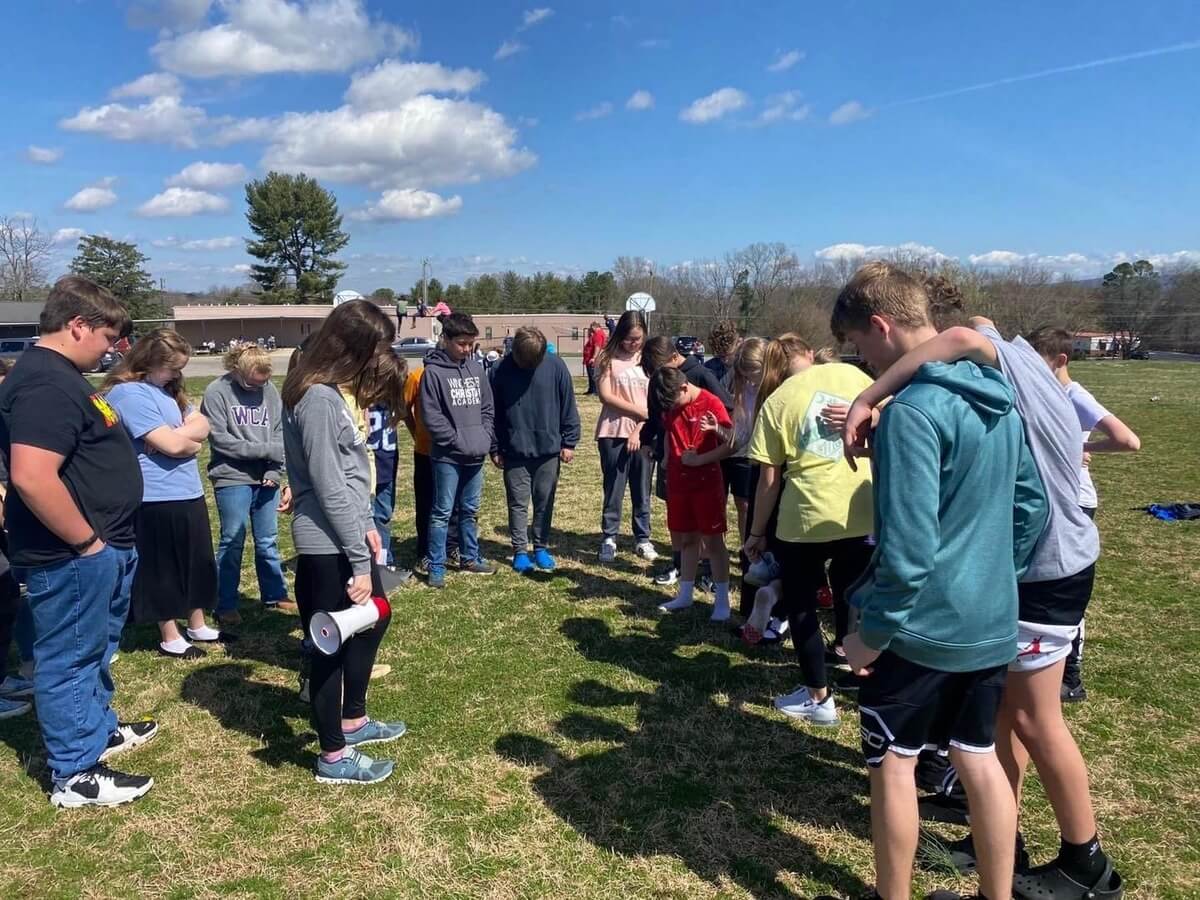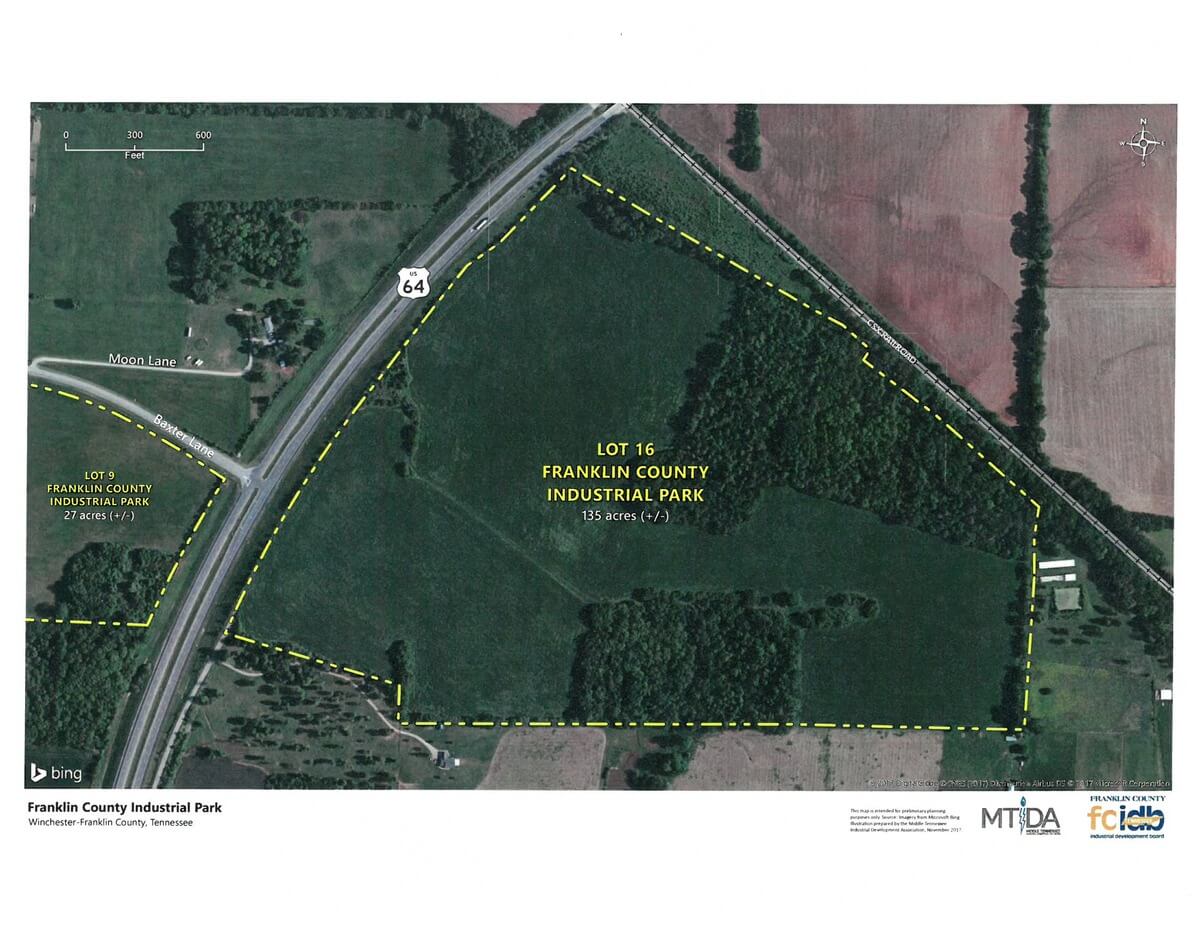“CHEESE!” The photographer’s voice resounded in the studio, but the young boy standing in front of the camera didn’t move. His eyes were wide and apprehensive. He darted around the room, avoiding the lens that seemed too intrusive for his comfort. His parents shared anxious glances, hoping for a breakthrough. The photographer noticed and gently lowered her camera.
She knelt down to meet the child’s eyes. She didn’t ask for a smile or another stiff pose. Instead, she pulled out a colorful toy and shared a few reassuring words. Slowly, curiosity replaced the fear in his eyes. Before long, the room was filled with his contagious giggles, and when she raised the camera once more, the boy beamed with absolute joy.
Moments like these remind Deanna Snell that photography is about connection, building trust, and creating spaces where people feel seen and celebrated. In her hands, the camera becomes a bridge between her and her subjects and helps her see the world through a different lens.
From a young age, her eyes glistened while capturing the beauty in the world around her, documenting memories for her family and friends. But it wasn’t until she became a professional photographer that she truly understood the power of this art form.
Snell’s heart melted when she was assigned to a special session with a nervous young boy with Down syndrome. Setting aside her usual quest for the perfect shot, she focused on building a connection with the boy. The priceless results of that moment continue to inspire her today.

“I find immense fulfillment in photographing children, particularly those with special needs,” Snell explained. “Countless clients have expressed their appreciation for the manner in which I engage with their children, telling me that I bring out the best in them and produce truly cherished portraits,” she explained.
For Snell, photography is what she was made to do. She uses her talents to document weddings, family milestones, and community events, always with the intention of telling a story through her images. But her most profound work is often found in the faces of those who have faced adversity.
Snell’s journey with adoption has impacted her photography even further. In 2000, while working as the foreign program director for an international adoption agency, Snell found herself unexpectedly drawn to two young girls whose photos appeared on her screen. Tears streamed down her face as she stared at their pictures — two beautiful sisters from Colombia who would soon become her daughters.
“There was nothing about the picture that would make you feel sorry for them. They were beautiful little girls and looked like they were well taken care of. Nonetheless, I started crying and ended up crying for two days,” she said.
“Finally, after two days, I began to pray. I told the Lord that I didn’t know what he wanted me to do about these two little girls. I didn’t know if I was supposed to pray for them or if he wanted me to adopt them. I remember praying on a Wednesday morning around 10:00, and that evening, a friend I hadn’t heard from in months called me. To my surprise, she told me that she had stock options in her company, and the options had jumped in value, resulting in a substantial amount of money for her. She told the Lord the money was His and asked what she should do with it, and He told her to call me. She responded by sending a check for $16,000 a week later.”

In just four months, Snell went from seeing their photo to bringing her daughters home. It was an extensive journey that tested her faith and filled her cup with moments of awe and confirmation that this was the path she was meant to take.
That first adoption experience shaped Snell’s understanding of what it means to be a mother and how the bonds of family transcended biology.
“I was concerned that they wouldn’t be okay with a single mom. The girls were 8 and 11 at the time, and I was really uneasy about how they would accept me. When I finally got to meet them on Feb. 12, the girls came running to me, crying and throwing themselves around me, calling out ‘Mommy, mommy, mommy.’ My whole life changed at that moment.”
Over the years, Snell’s family grew again. In 2013, after fostering for several years, she adopted two more children, Isaac and Kaydence, who, Snell believes, were also part of a vision God had shown her years before. Snell said she received a vivid, prophetic vision of a little boy — her future son — and the connection was instant when Isaac was placed into her arms.
“When Isaac and the caseworker were walking up to my front porch, Isaac jumped out of their arms and into mine, smiling. The social workers told me that was the first time they had seen him smile all day, and there was an instant connection between Isaac and me,” she said. “I knew immediately that he was the little boy I had seen in my vision.”

Through the lens of adoption, Snell saw both the depth of her children’s pain and the immense healing the adoption brought them. Her two oldest daughters experienced a great deal of hardship and loss, but they began to thrive under Snell and her family’s love and security. Watching this transformation further reaffirmed Snell’s desire to help others heal from their pasts.
“Being an adoptive mother has changed the way I think about a lot of things,” Snell reflected. “My two oldest daughters’ abuse story is one of the most horrific that I have ever heard, and I have heard a lot working with the adoption agency. Having gone through everything that they went through, I honestly do not know how they could overcome that. I have learned that people, more specifically children, are incredibly resilient. Knowing what people go through and how they are not only able to survive but also thrive and maintain the capacity to give and receive love is truly inspiring.”
Inspired by her children’s story and her faith, Snell plans to spearhead Goldfinch Ministries, an initiative that serves women and children in need. Through this ministry, she hopes to provide a safe space for them to heal, combining counseling, practical life skills training, and discipleship to help women transition to independent living.
The name “Goldfinch” came from a vision Snell had of birds seeking refuge in the middle of a storm. In this vision, the goldfinches found peace and safety in a tree, representing the kind of sanctuary Snell wants to offer women and children who have been through trauma.
Snell’s life is all about faith, family, and the art of seeing beyond what’s on the surface. Through photography and adoption, she has captured moments of beauty, joy, and transformation and witnessed immense healing in the process. Through her ministry, she offers that same healing to others who need it most.
As she continues her work behind the camera, Snell remains committed to helping people see the world — and themselves — through the lens of hope, healing, and boundless love. GN





